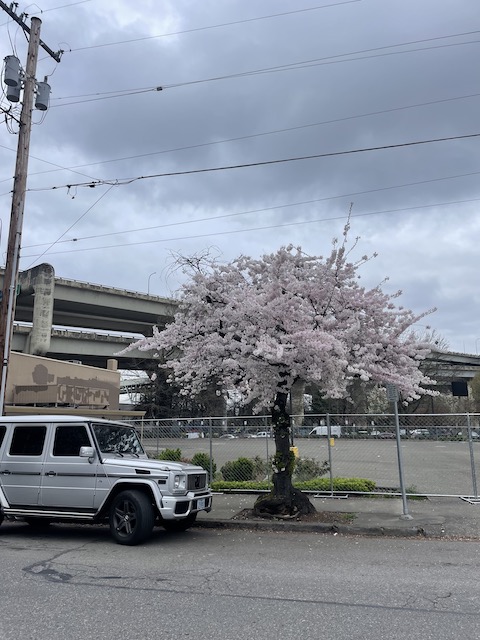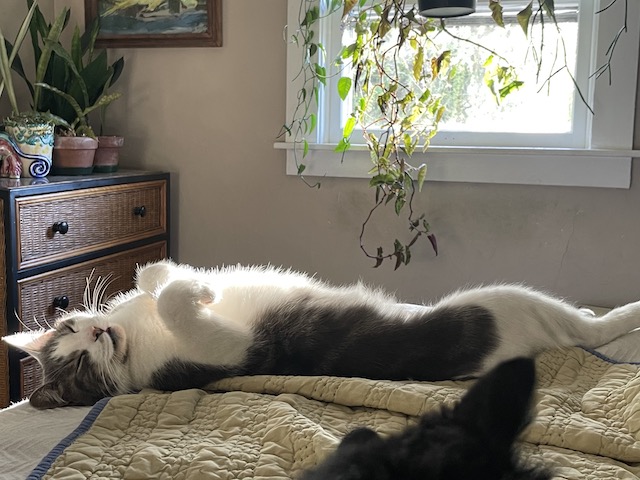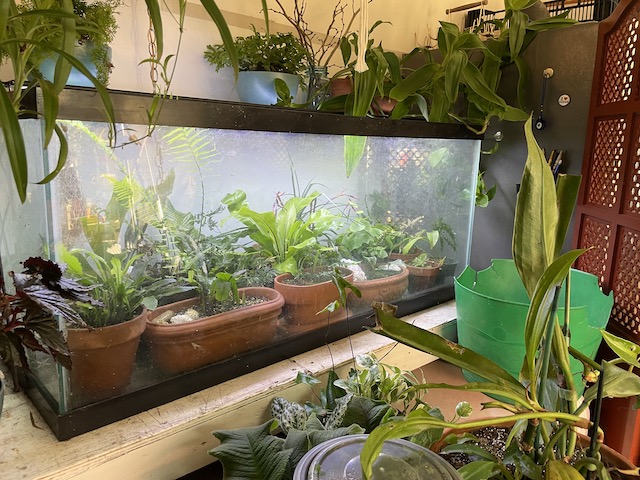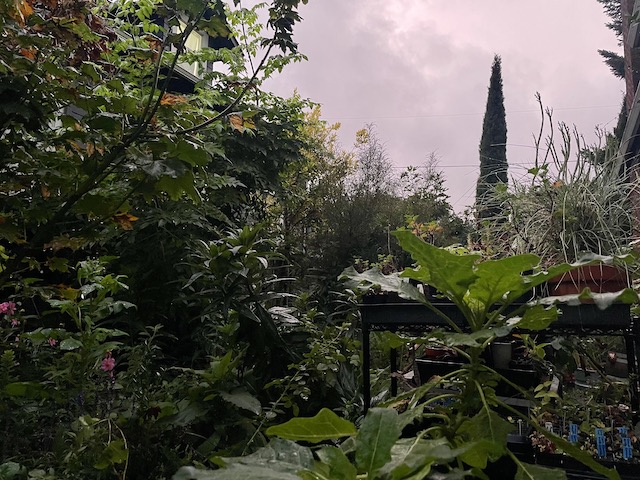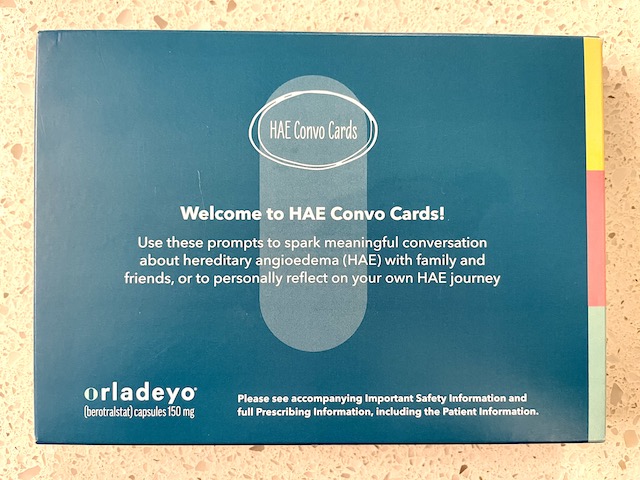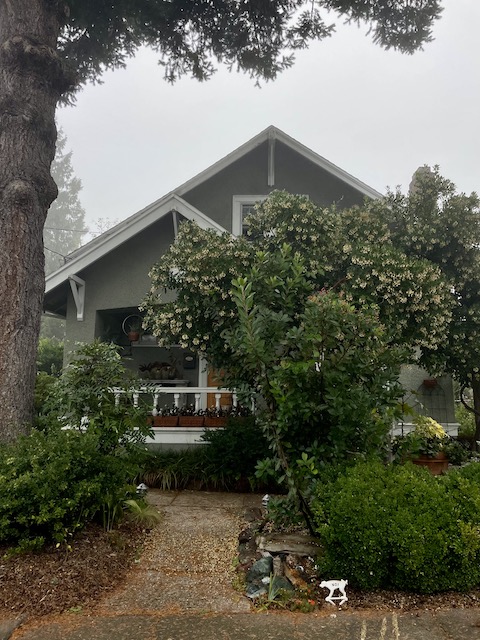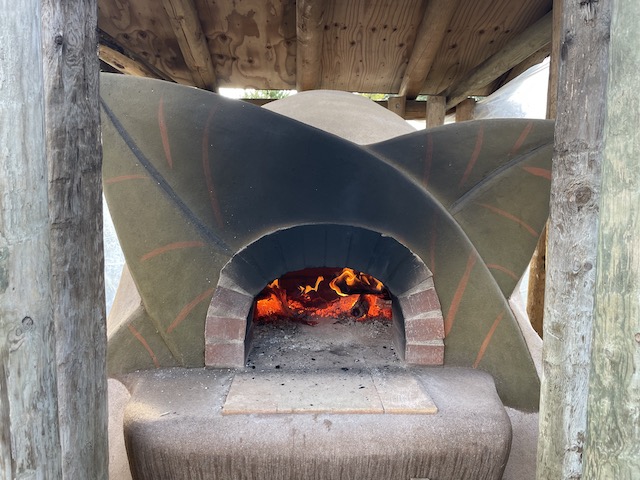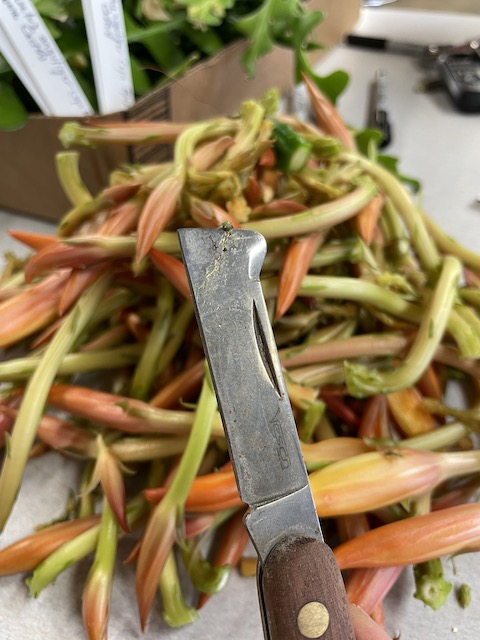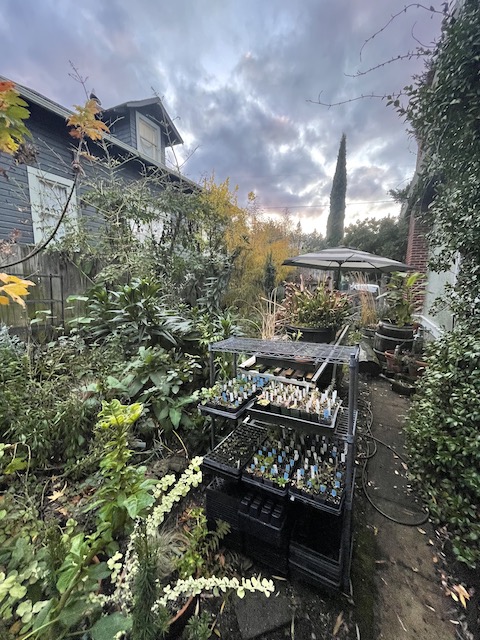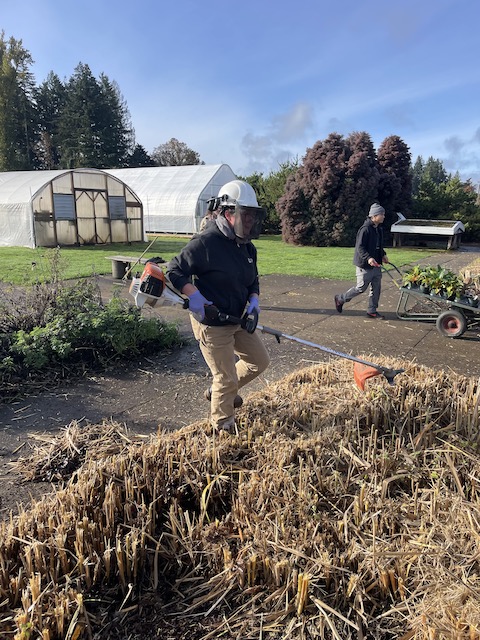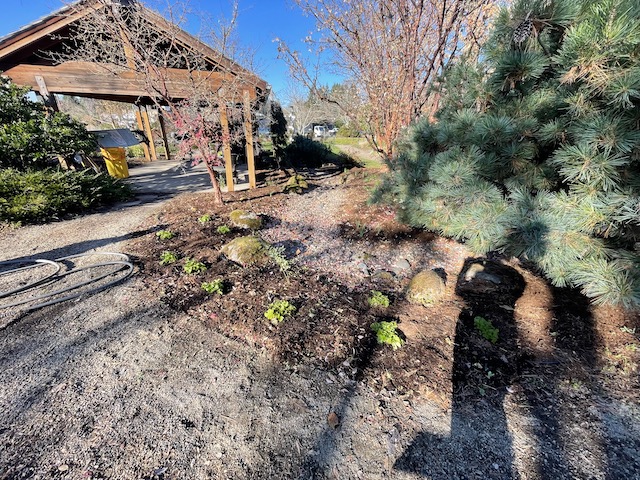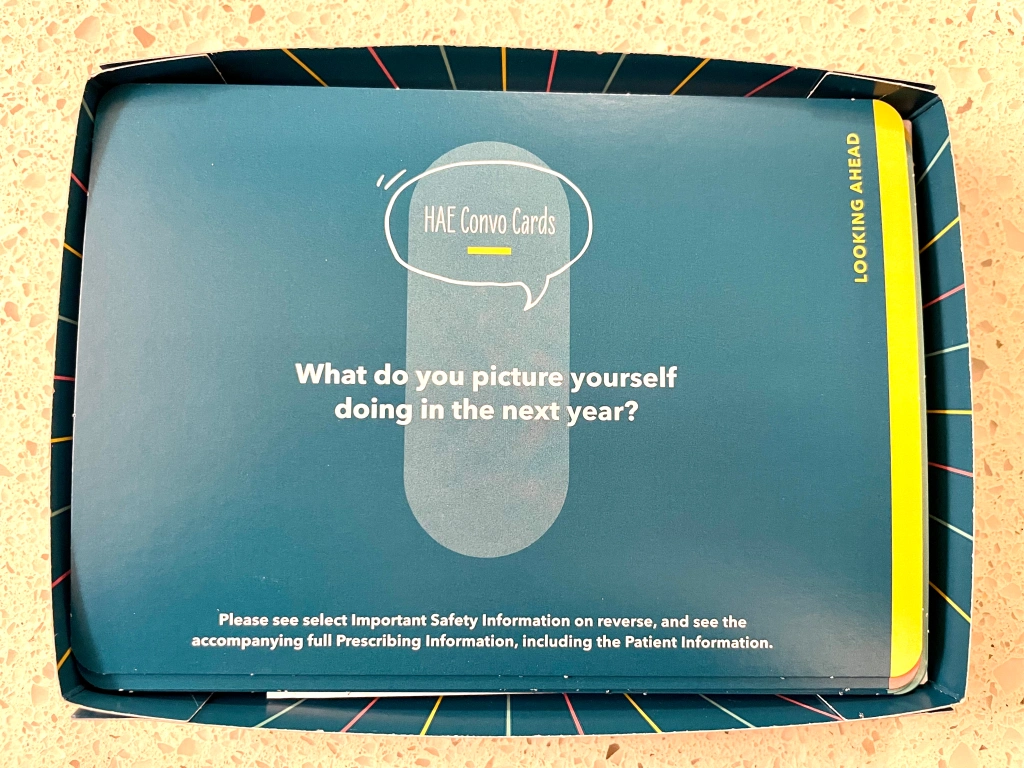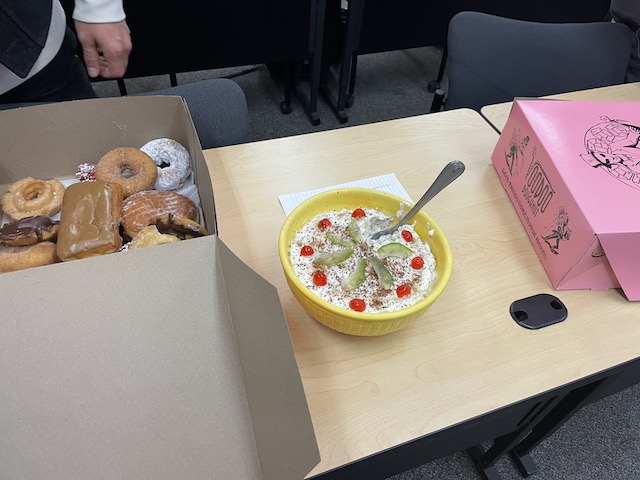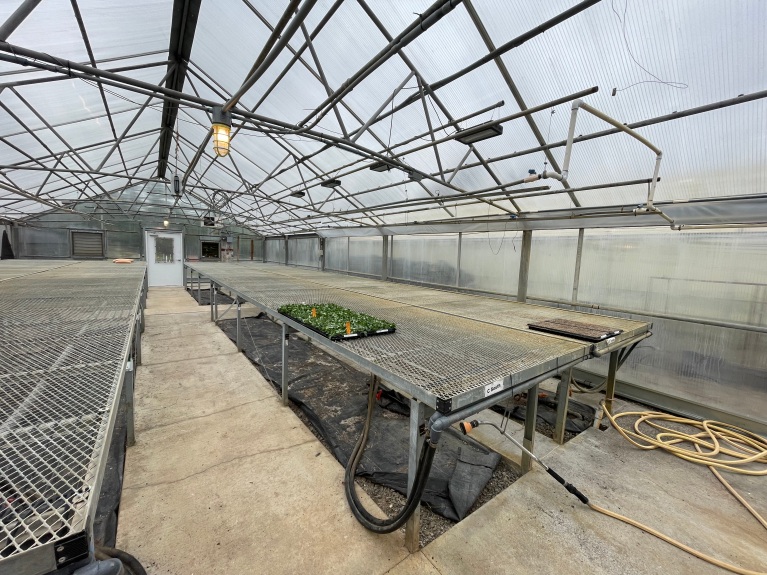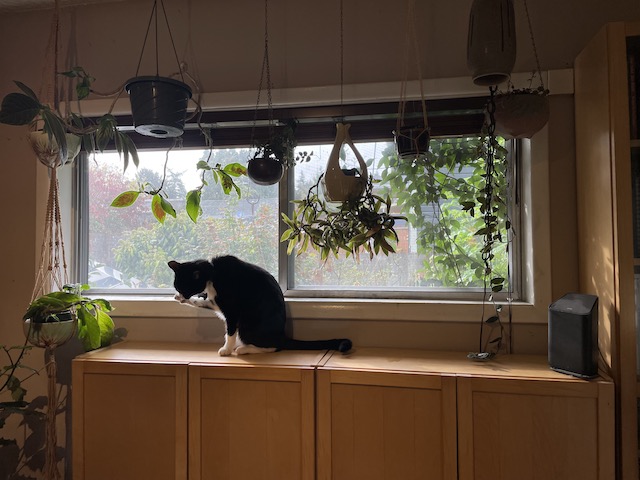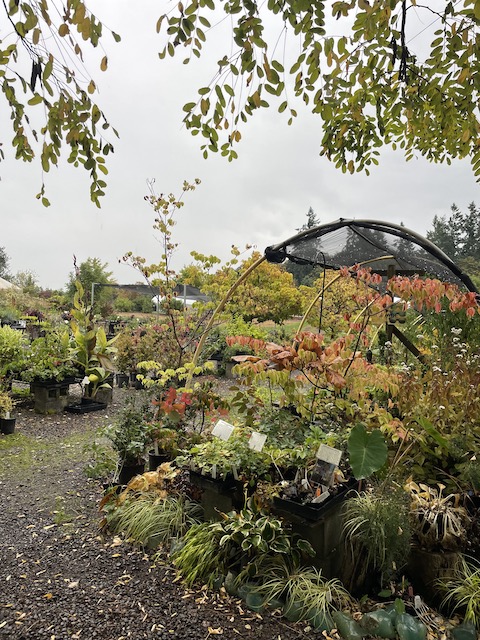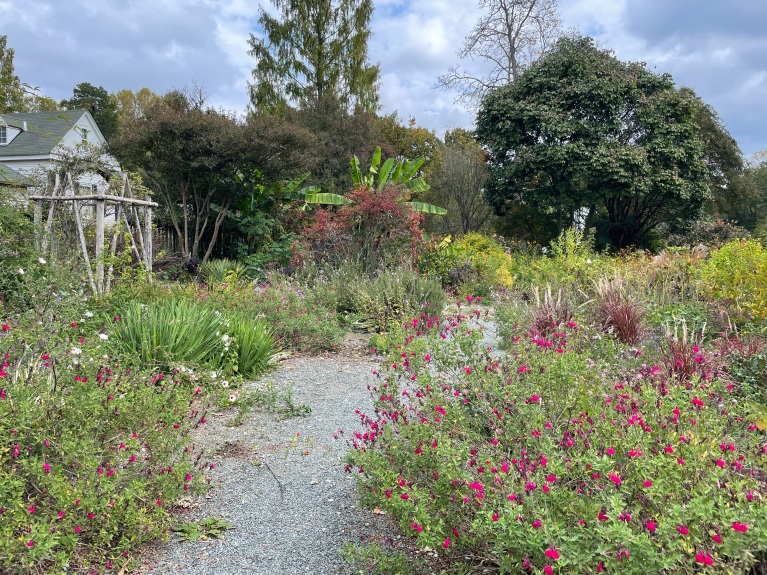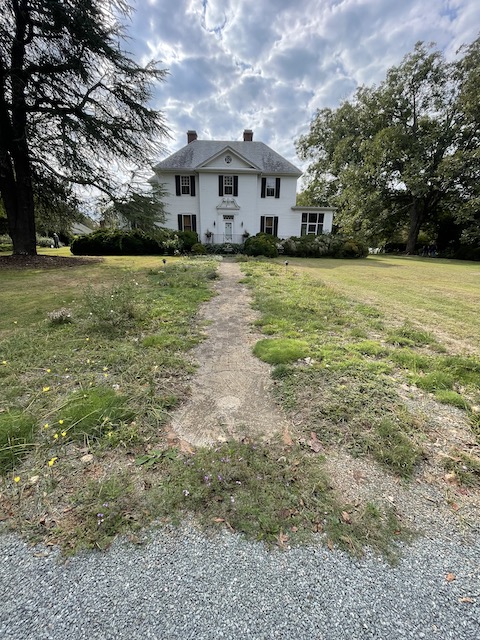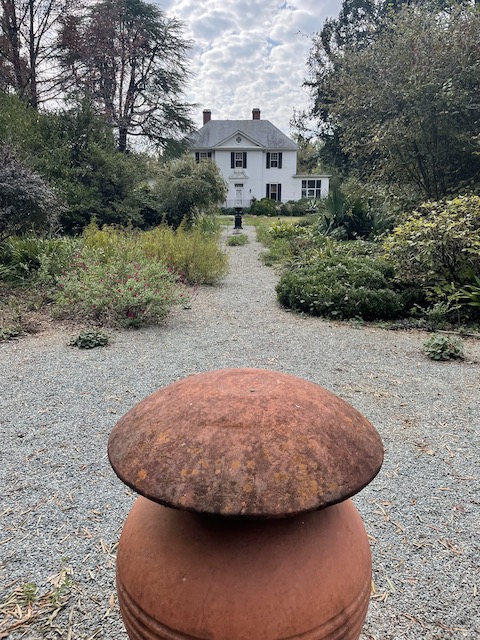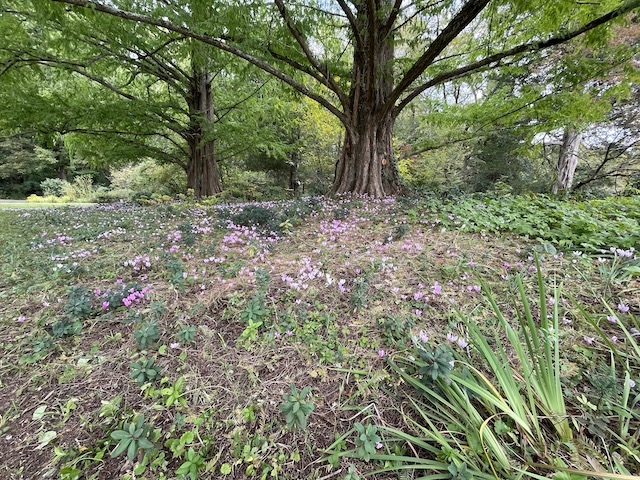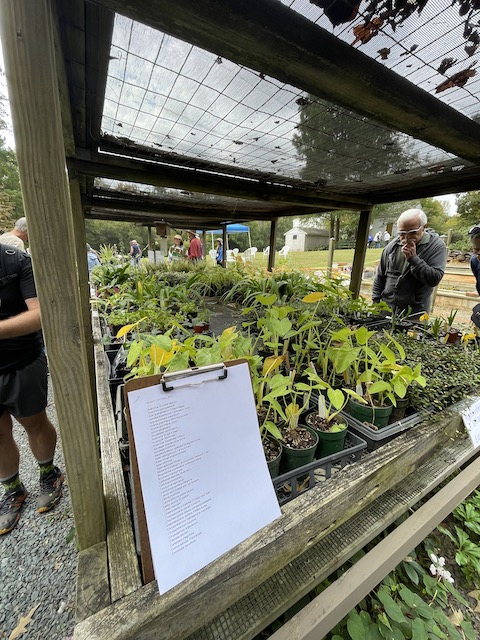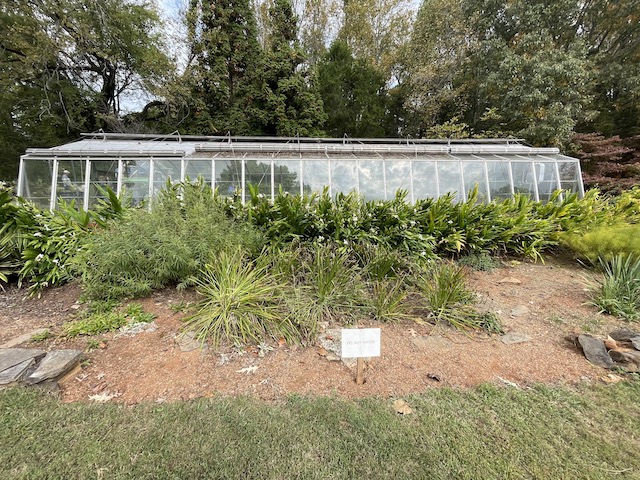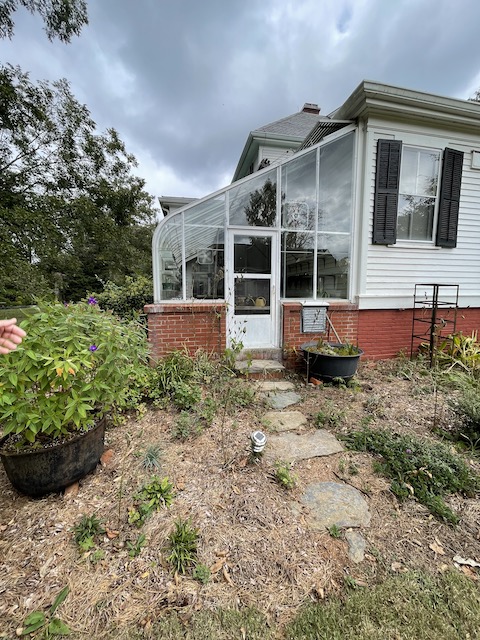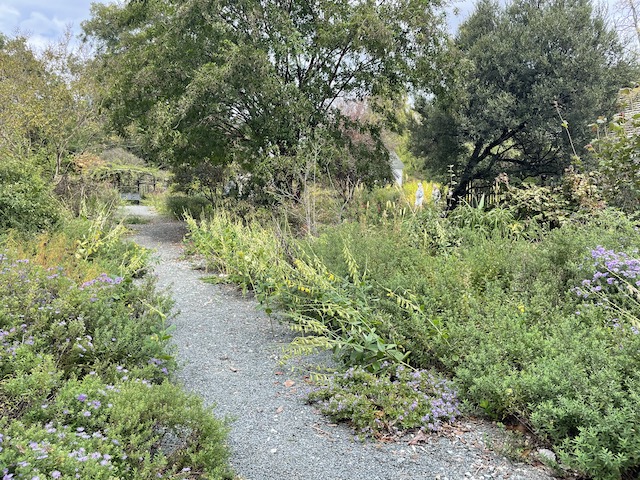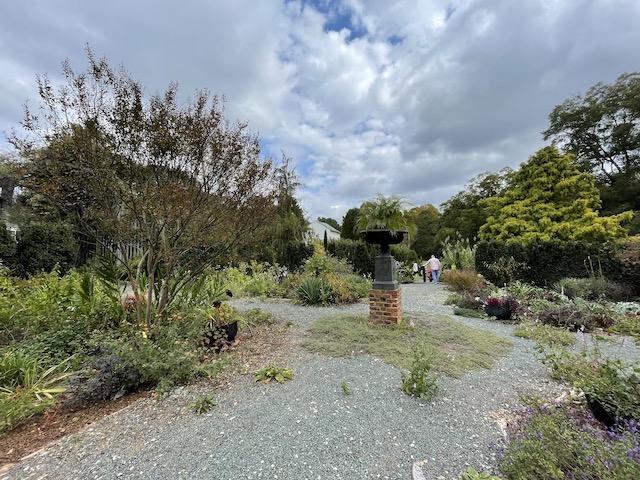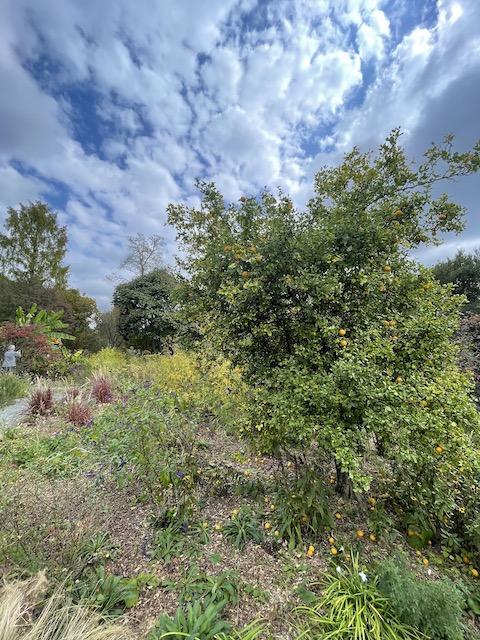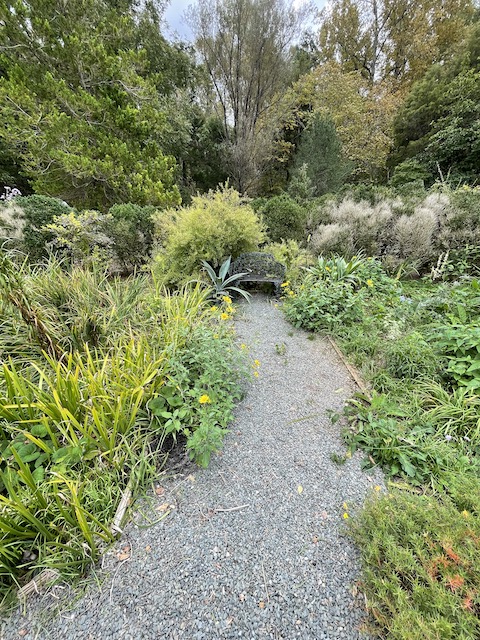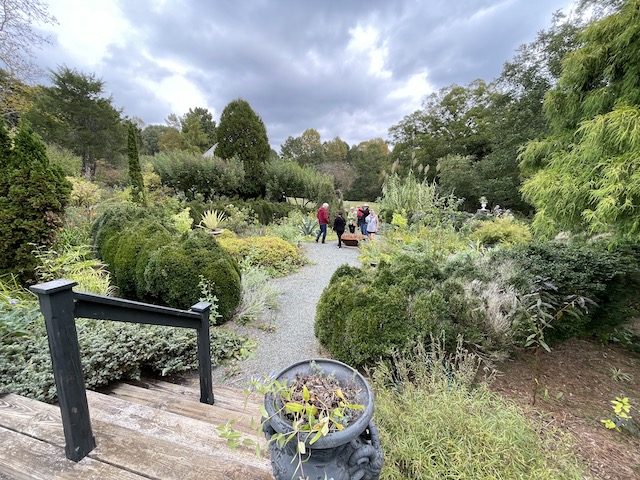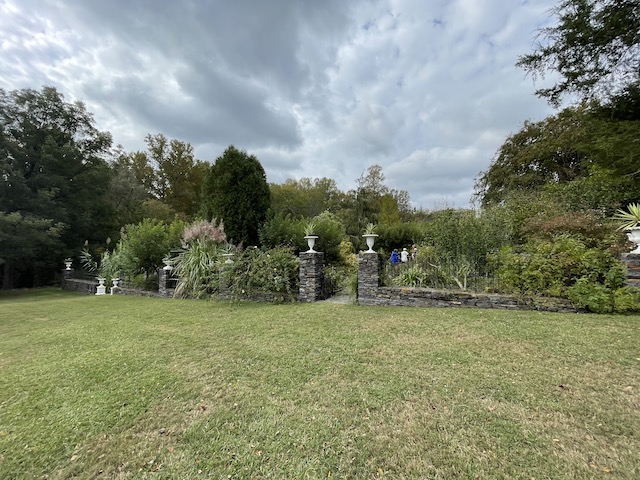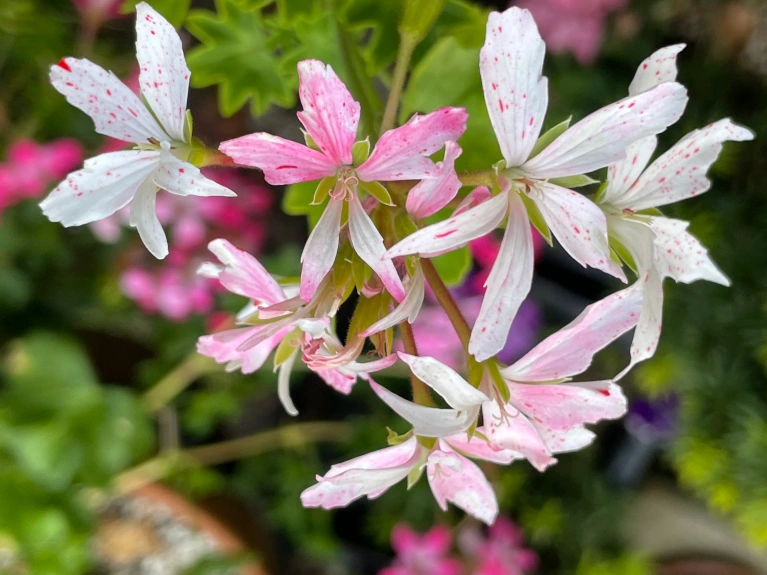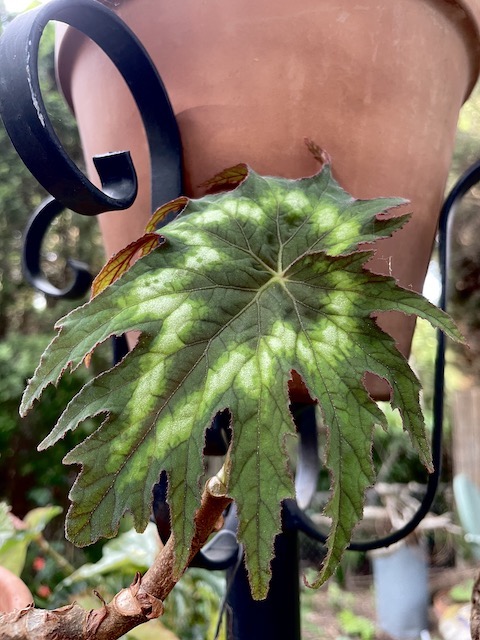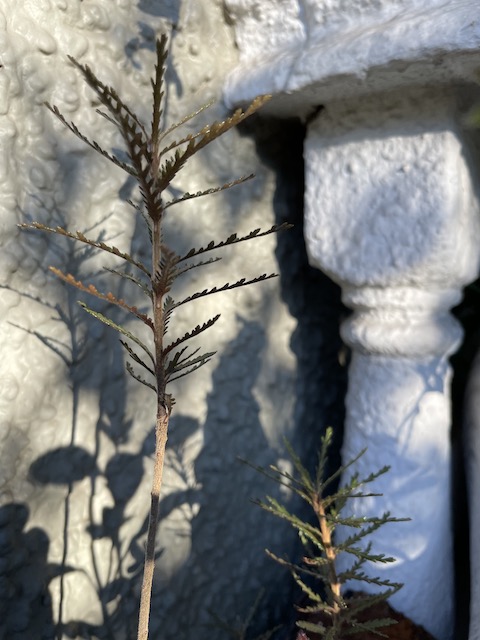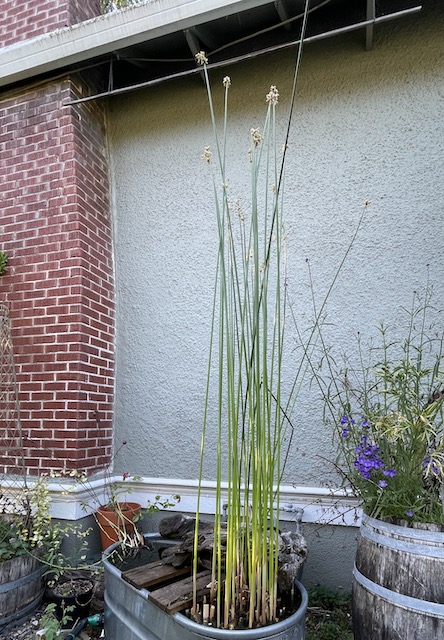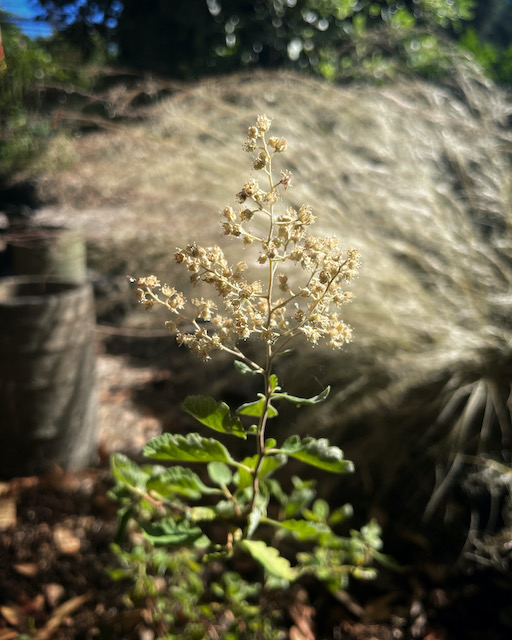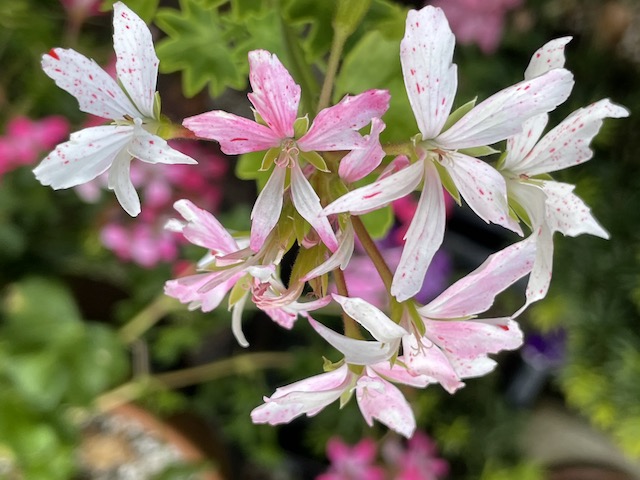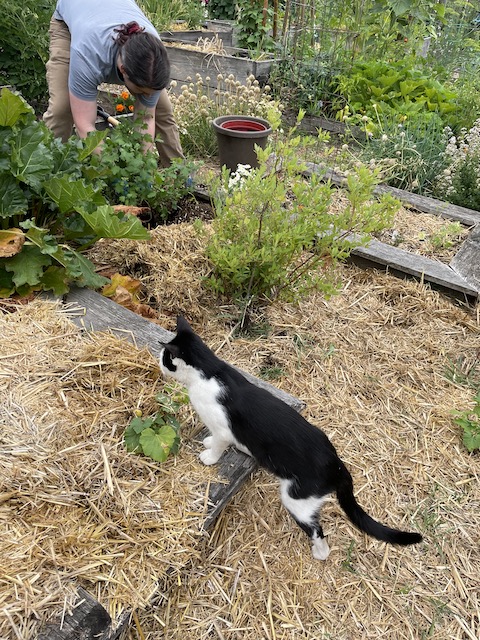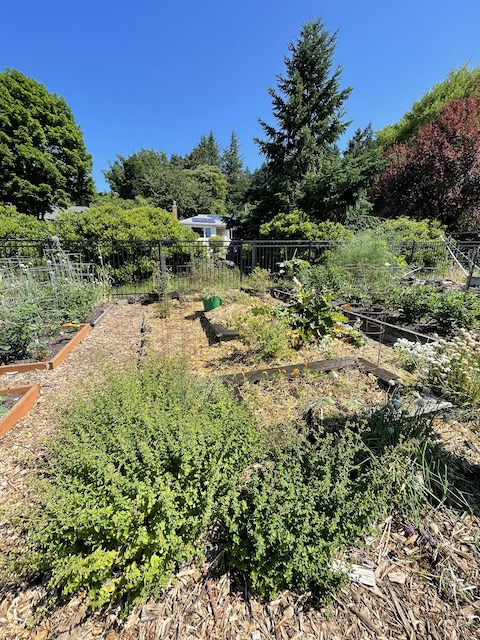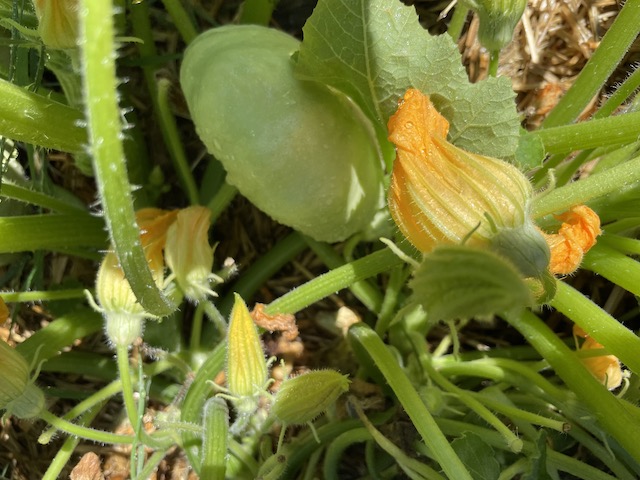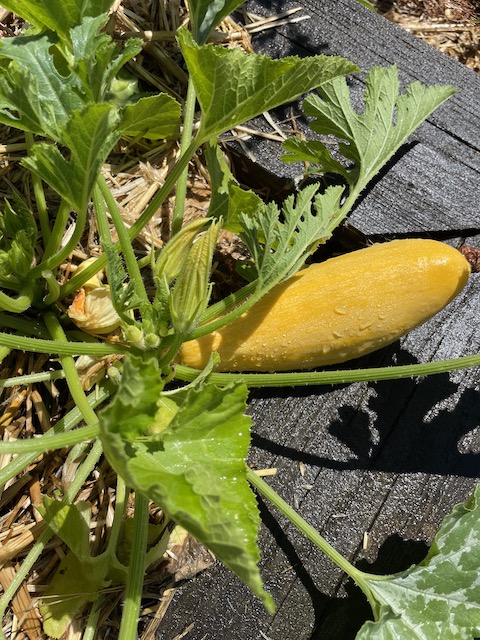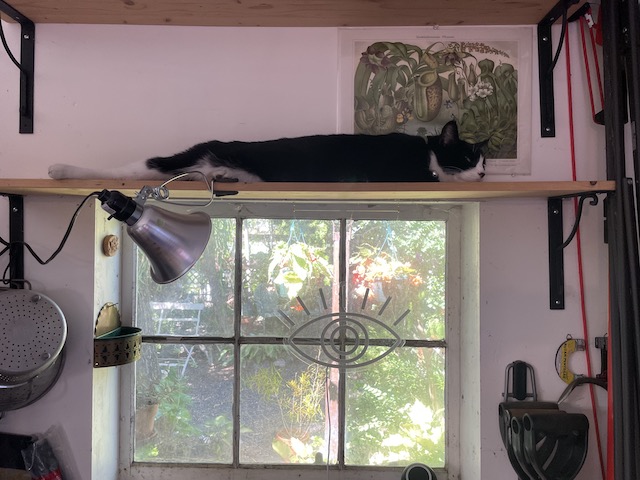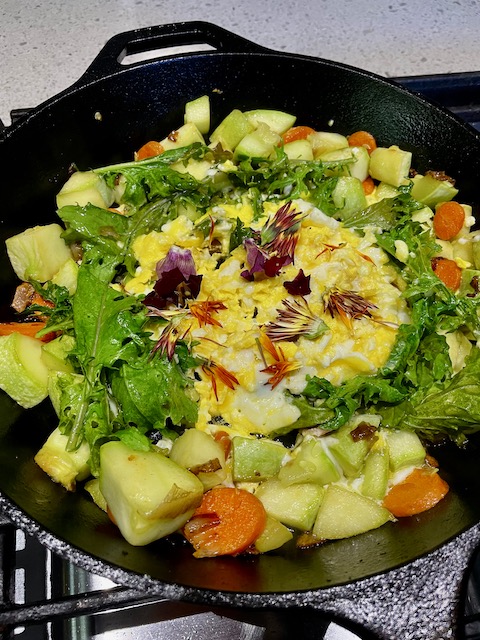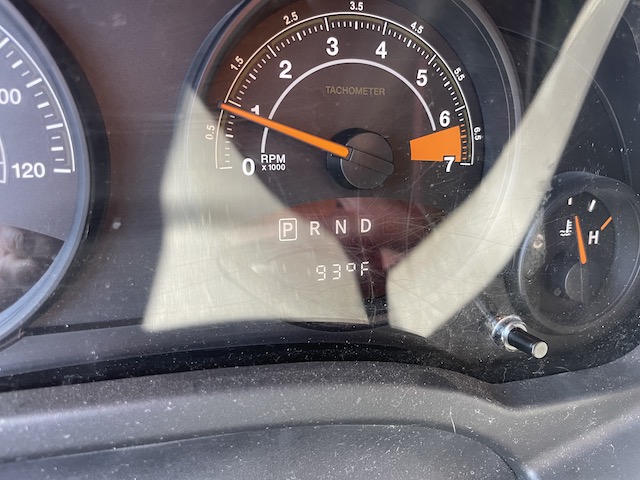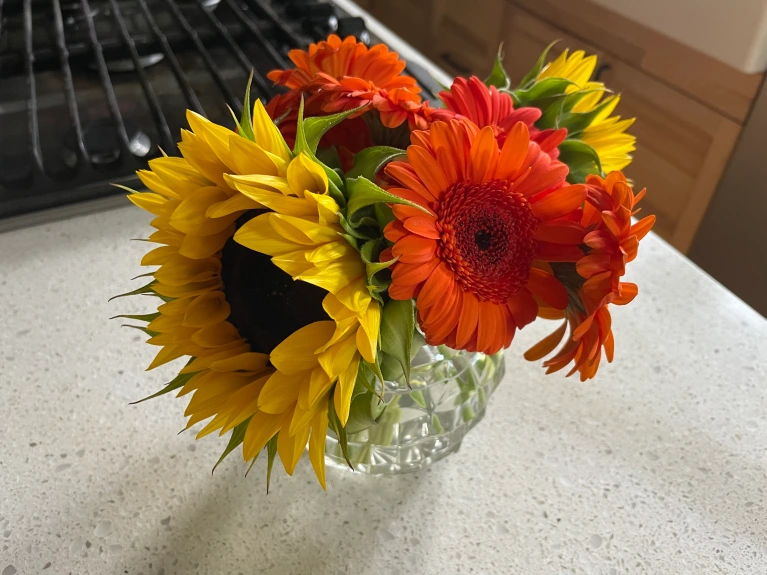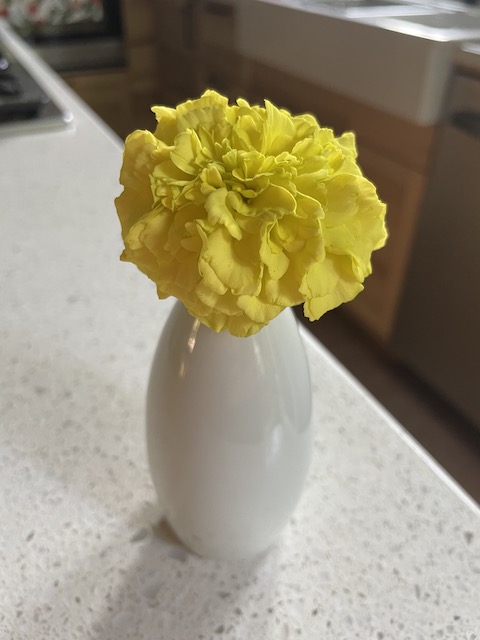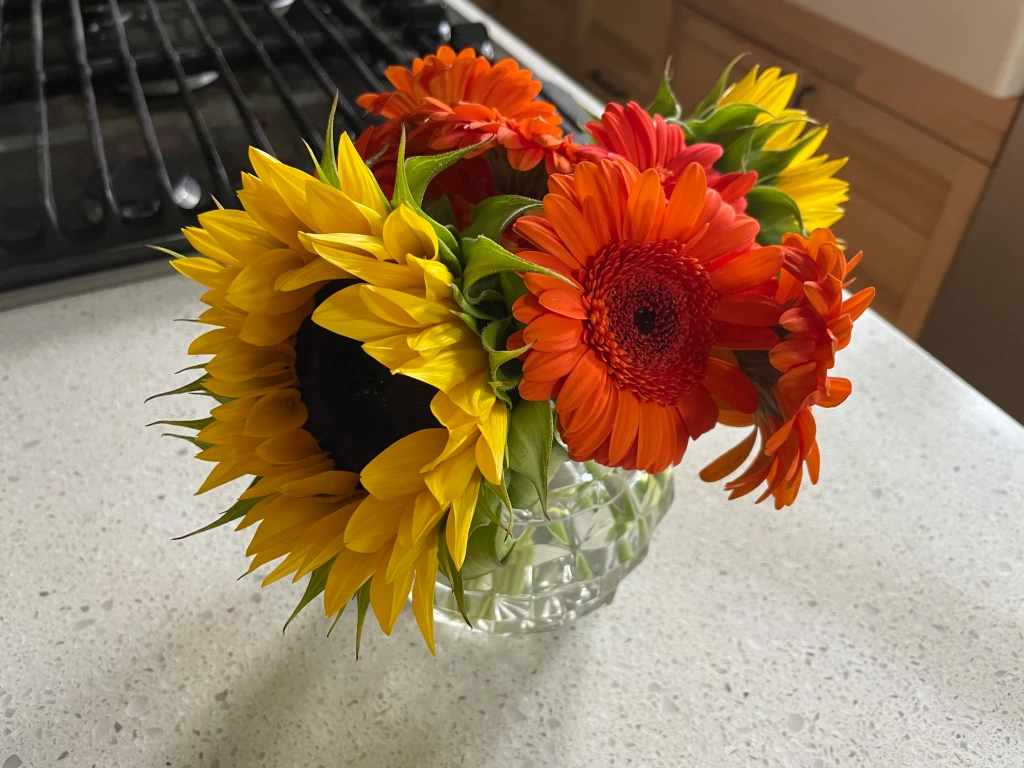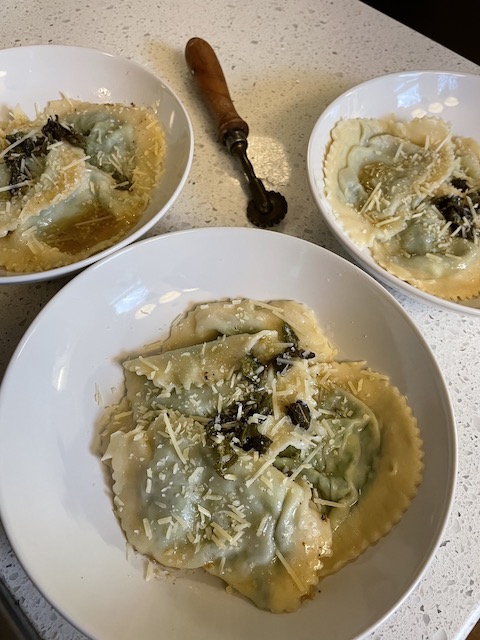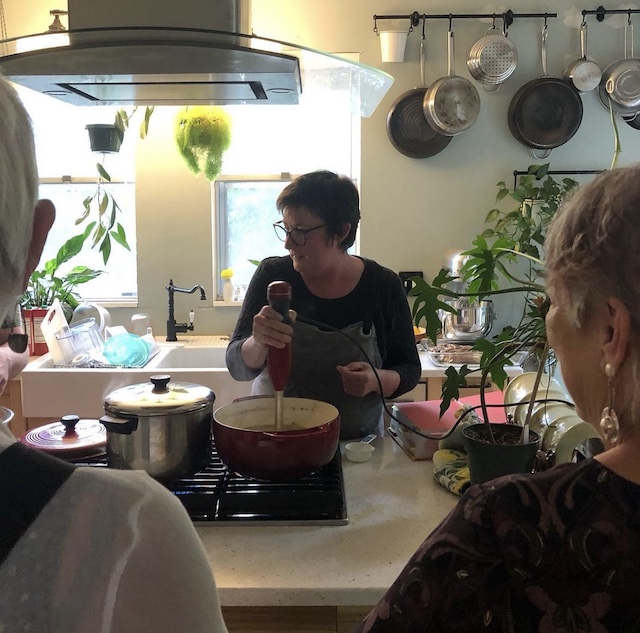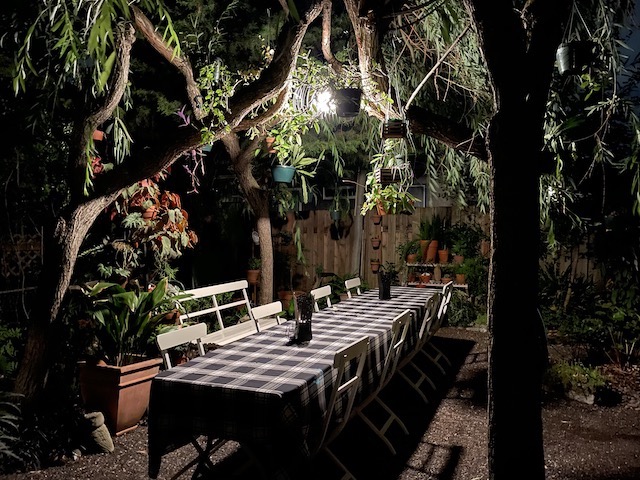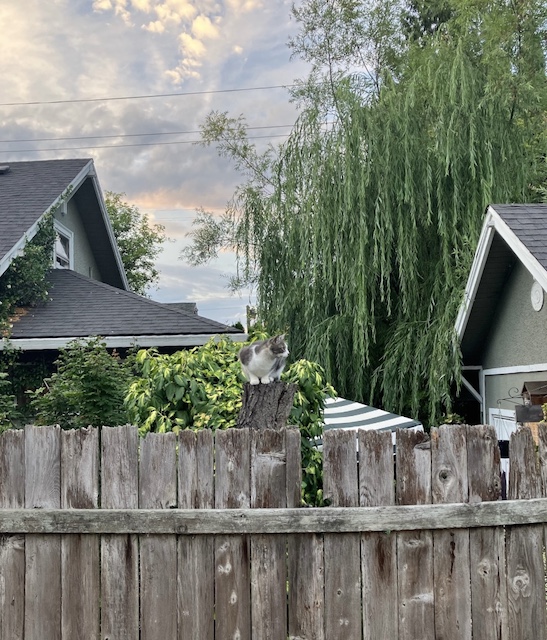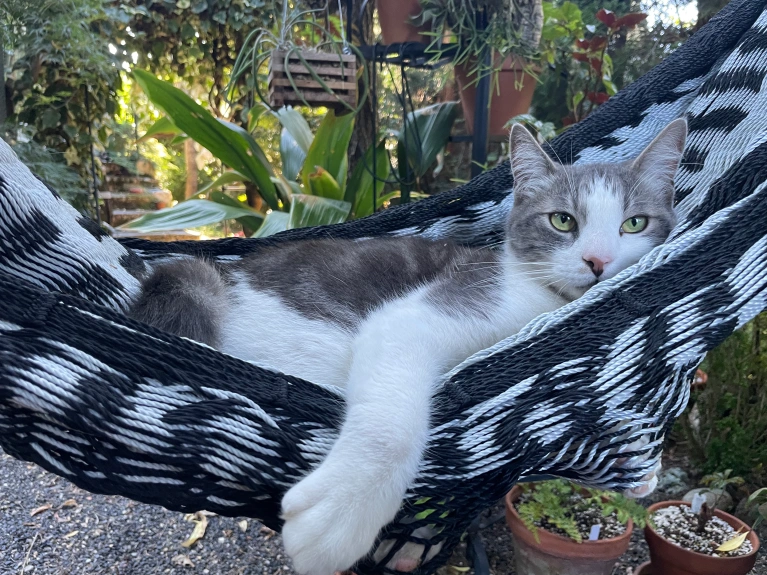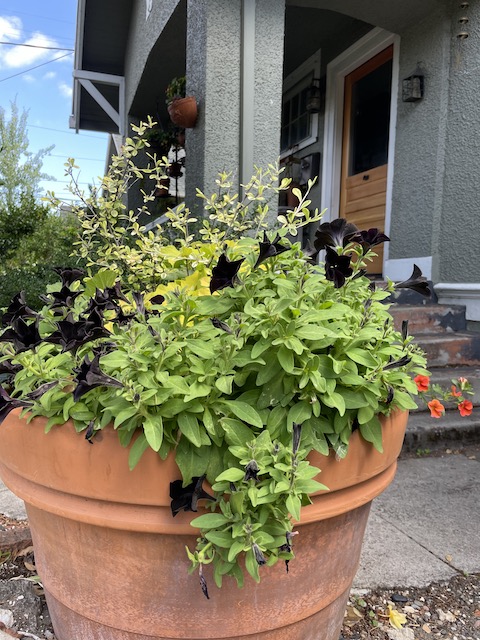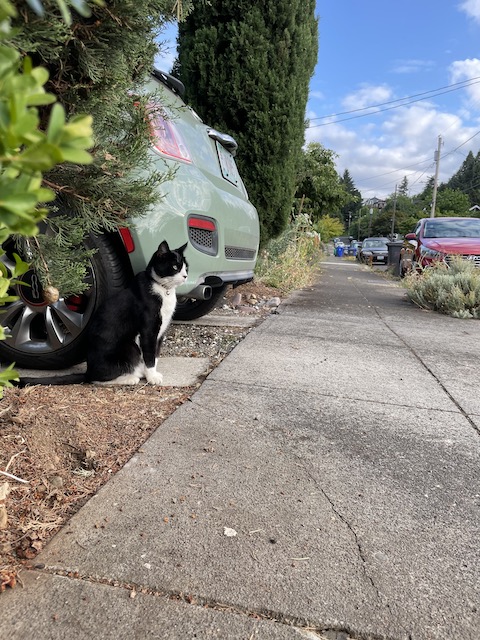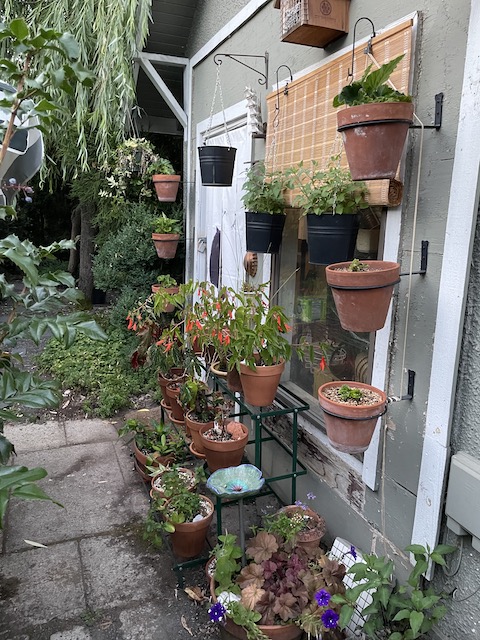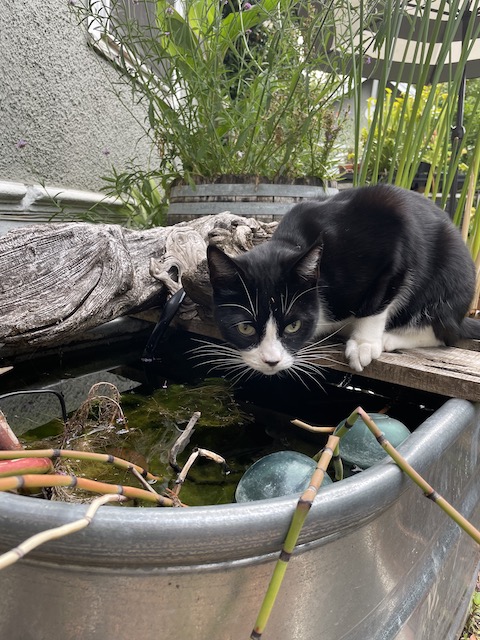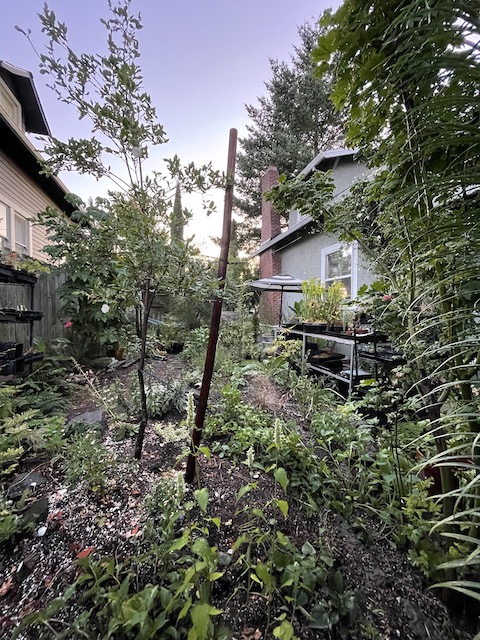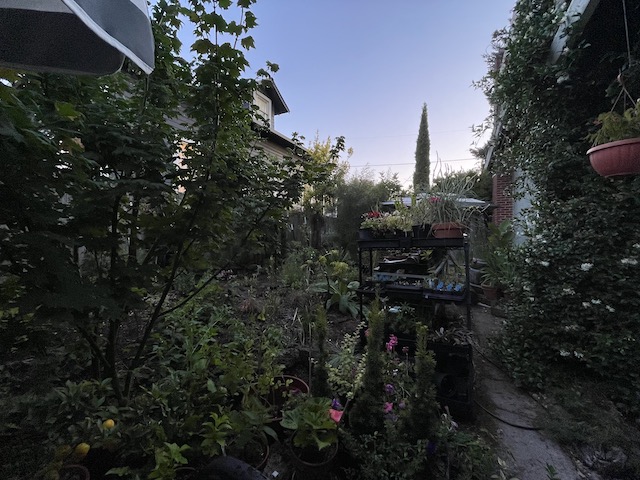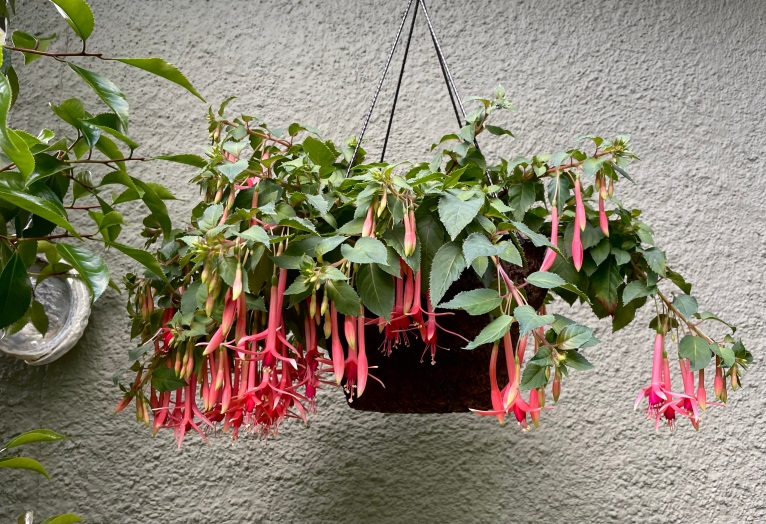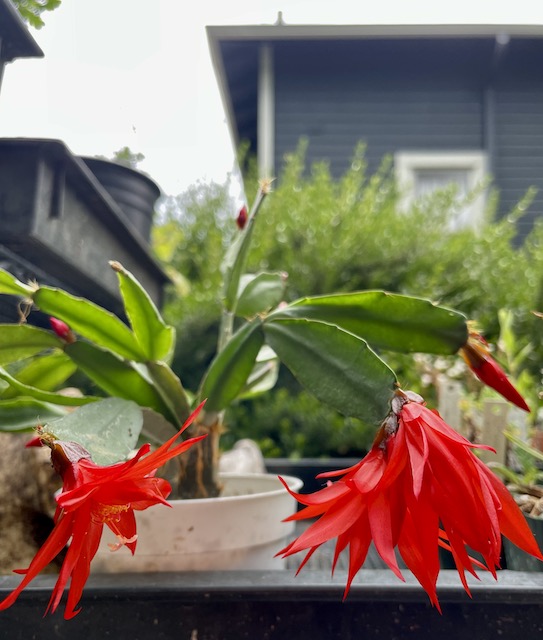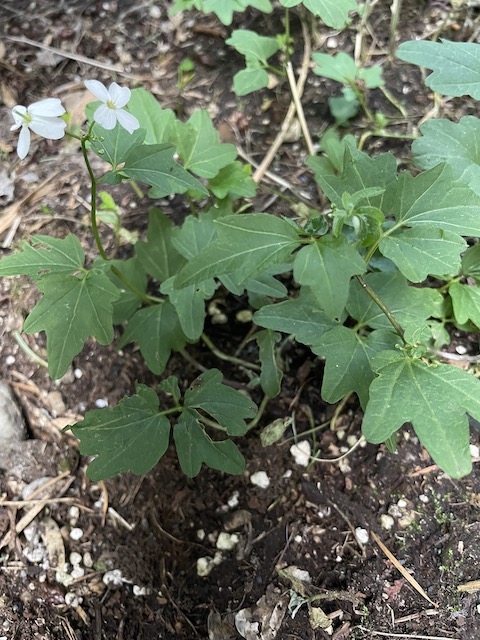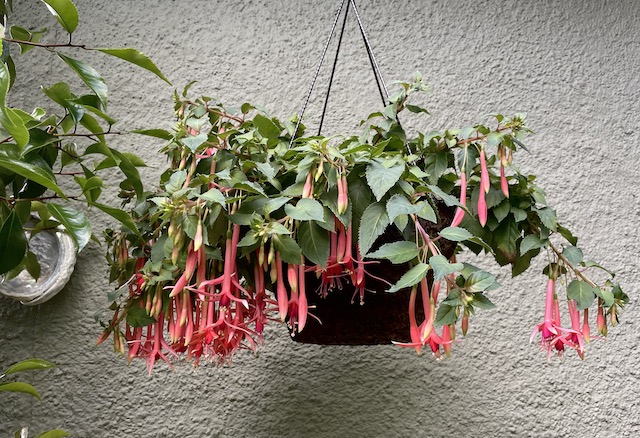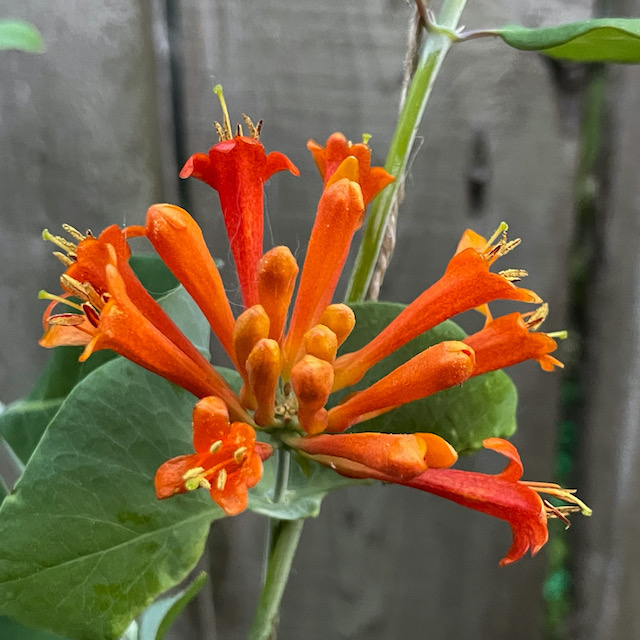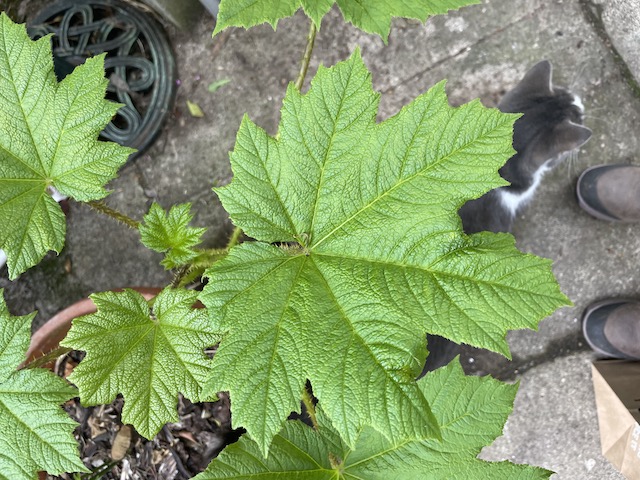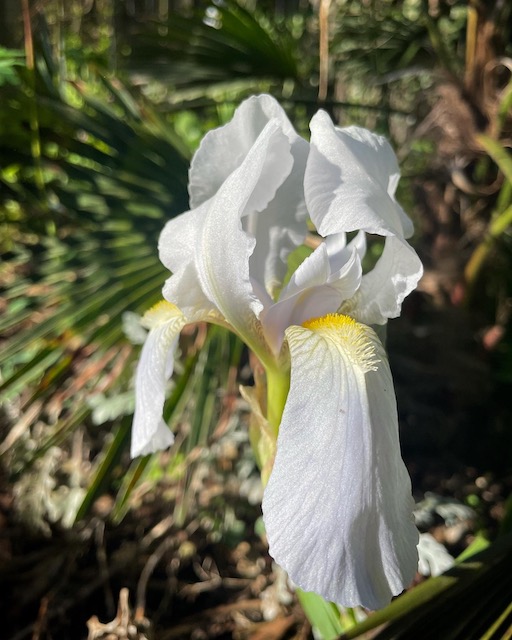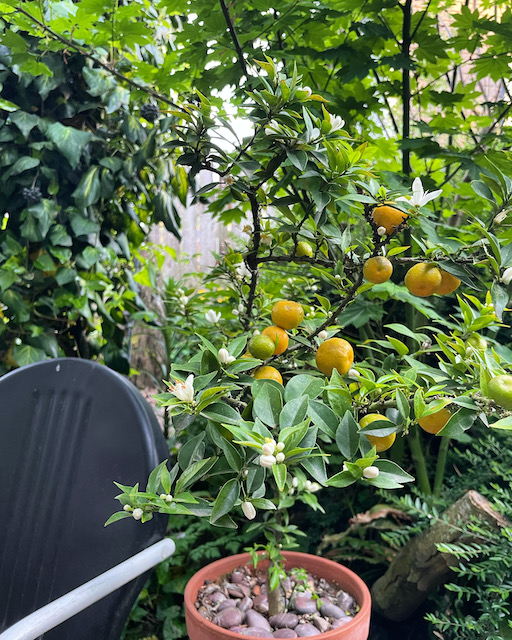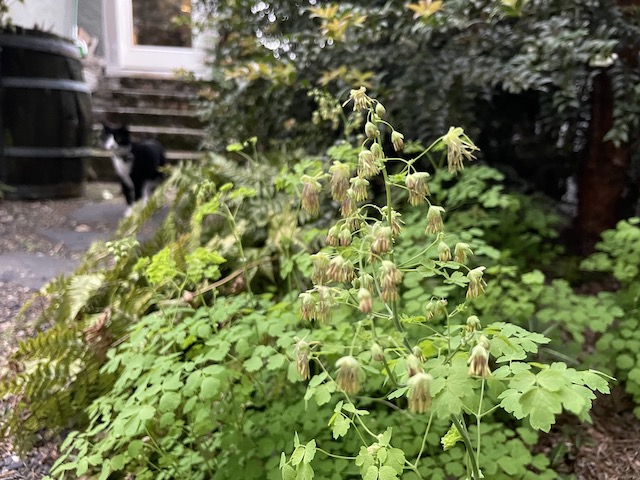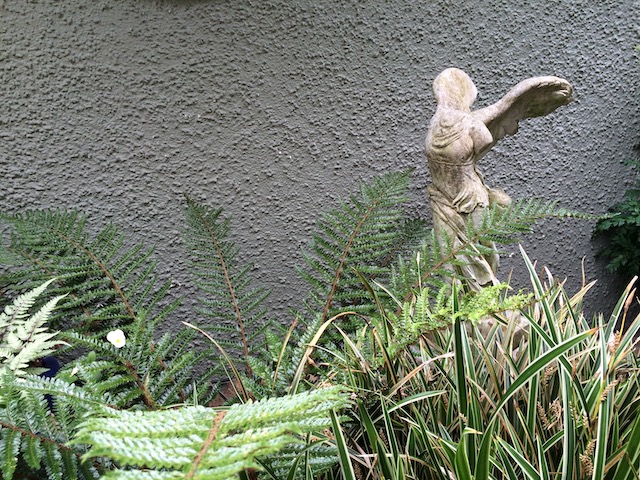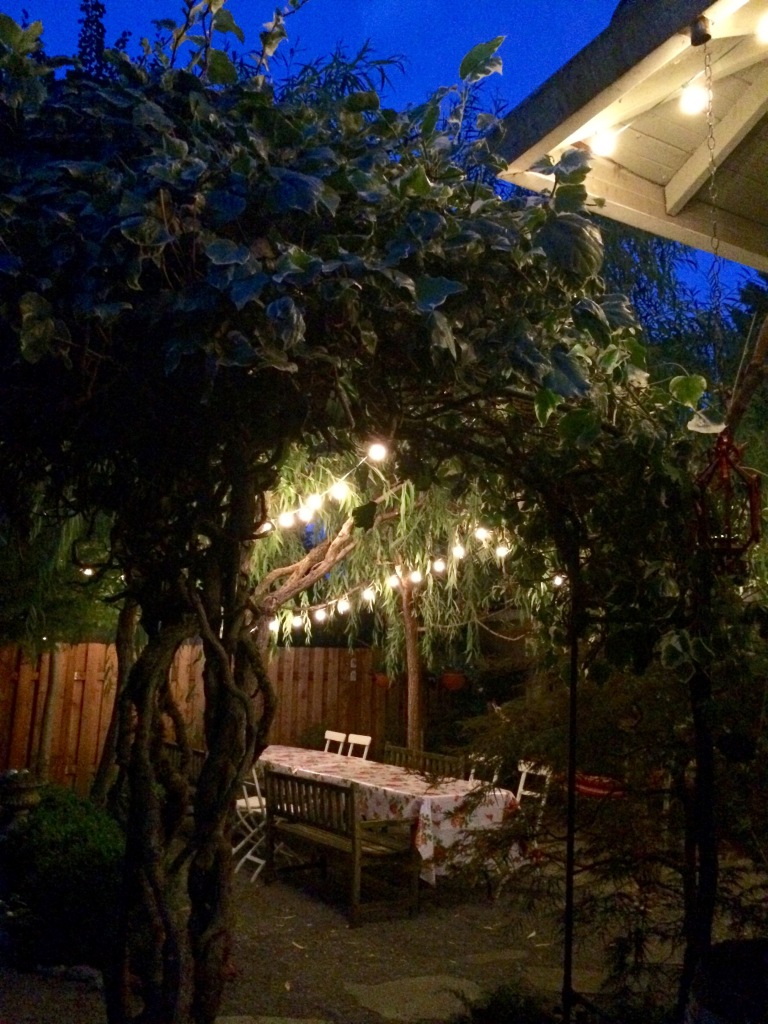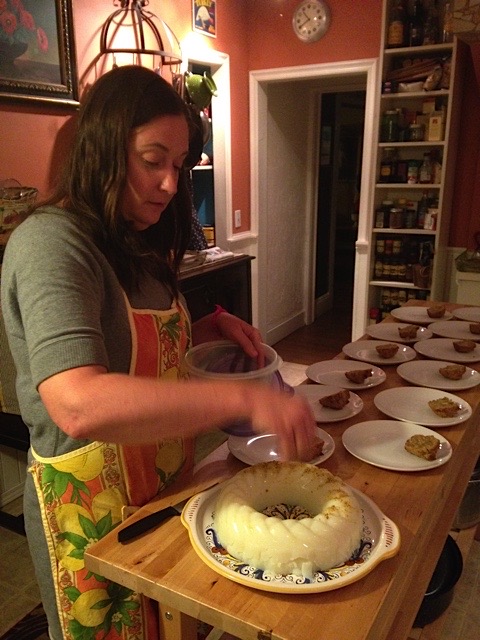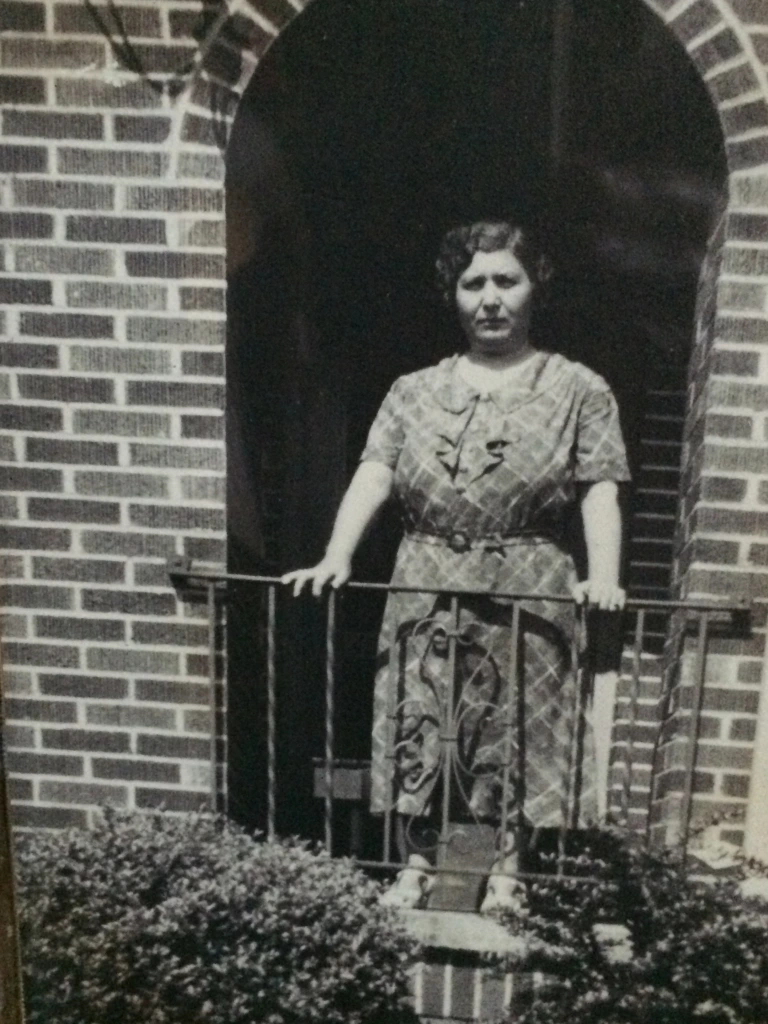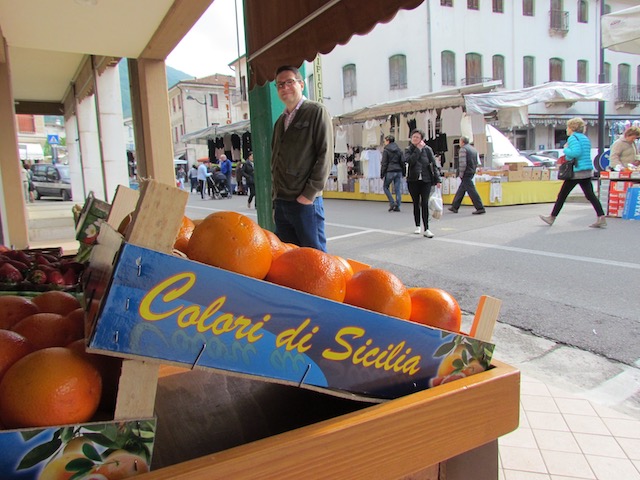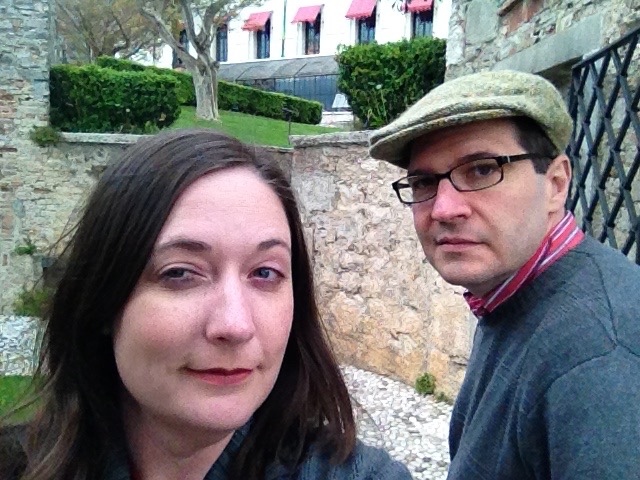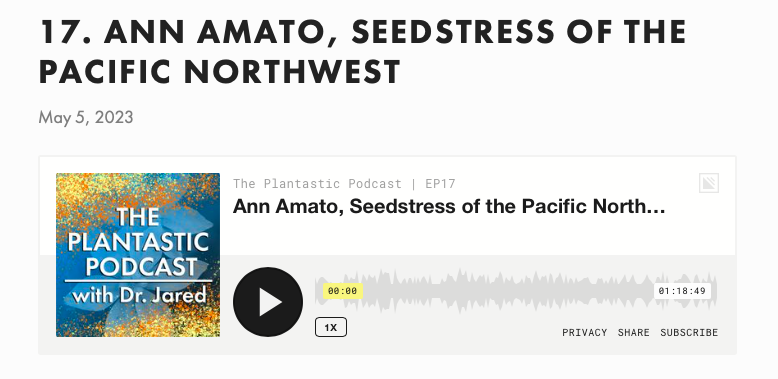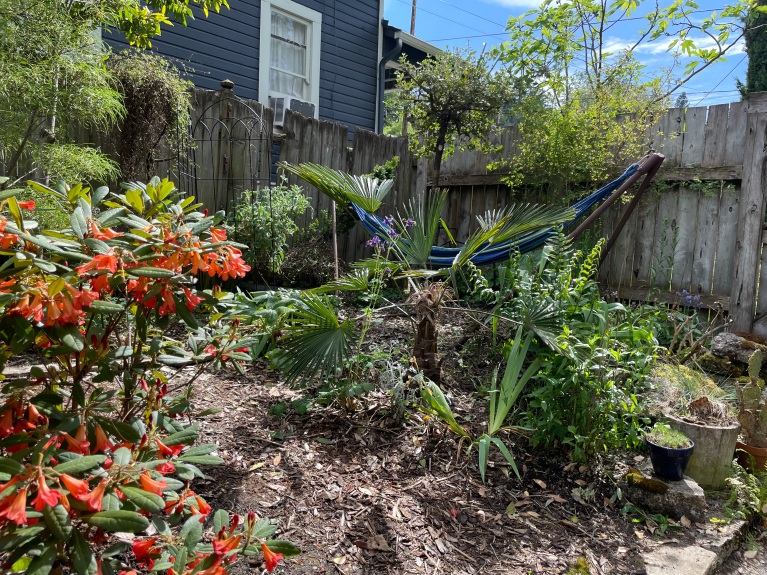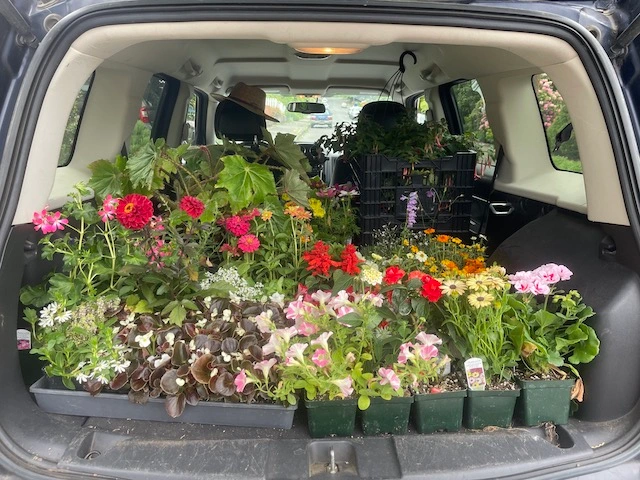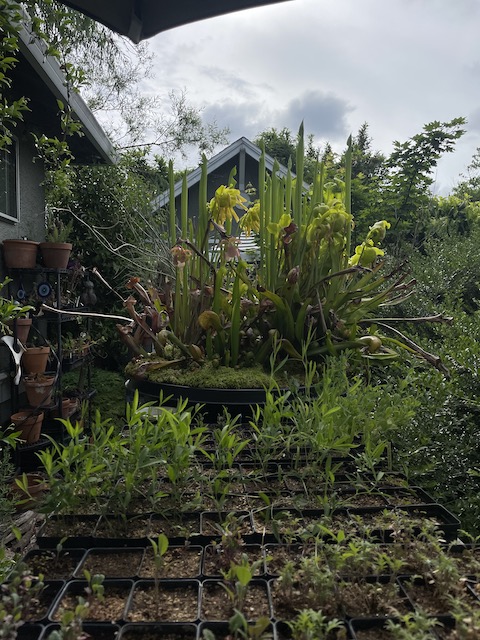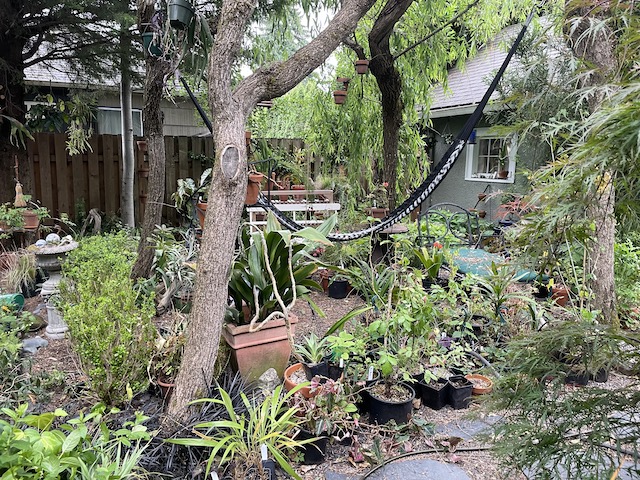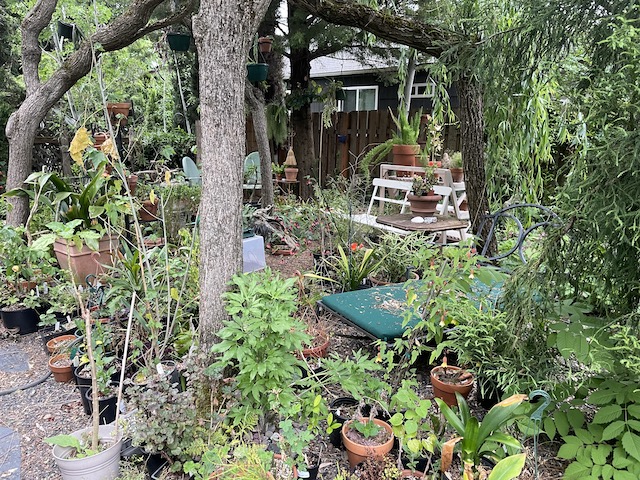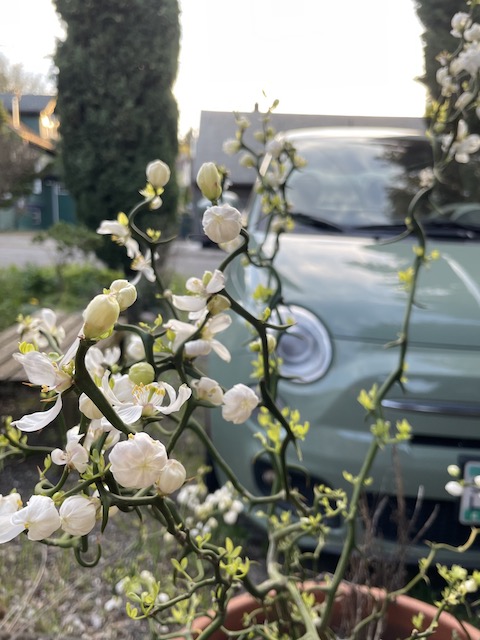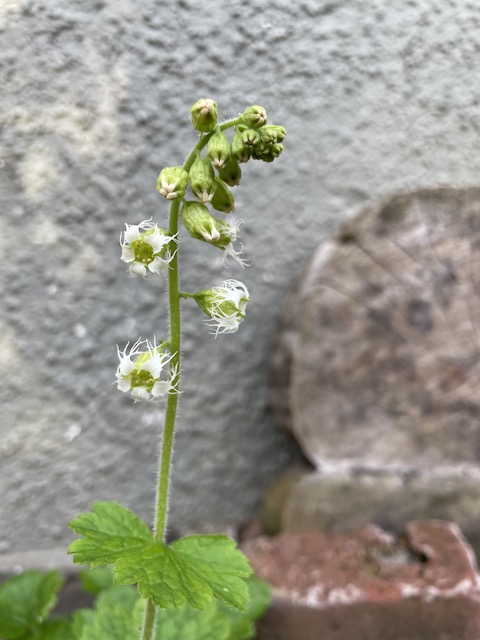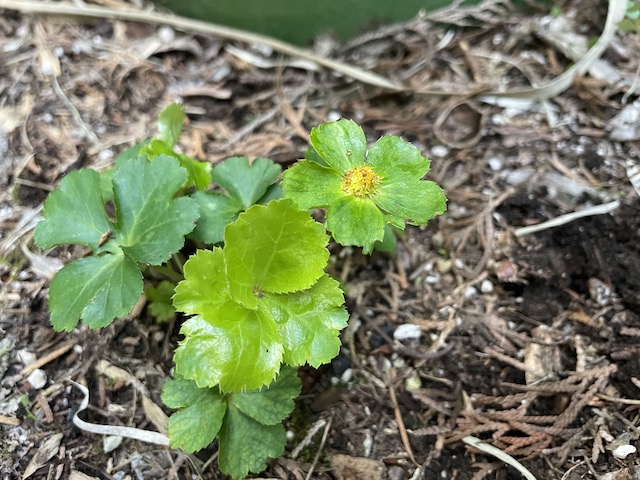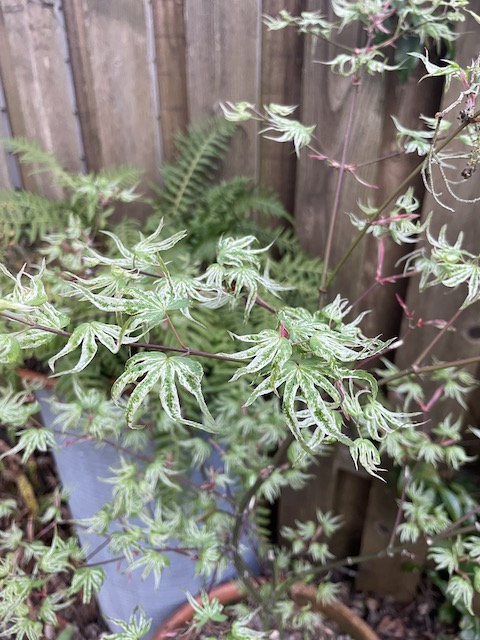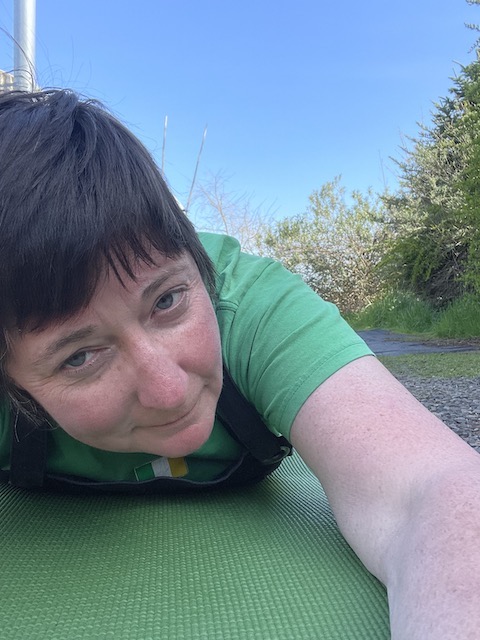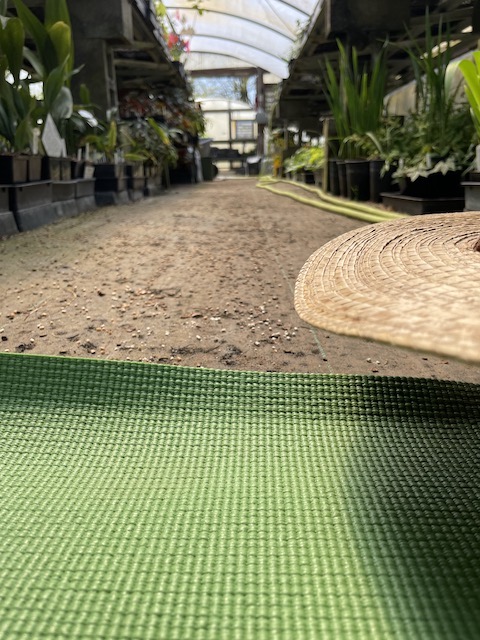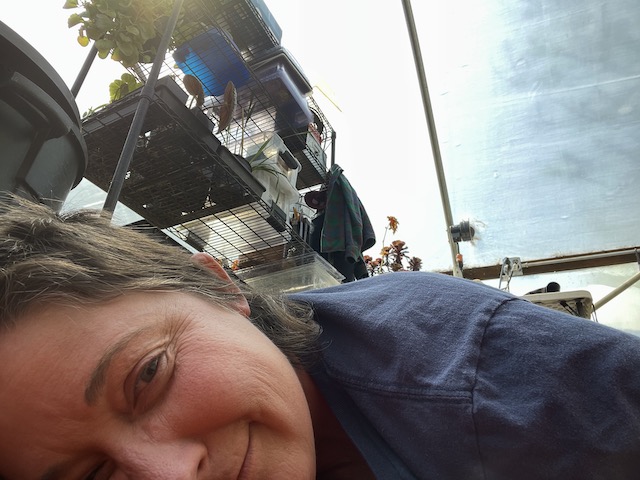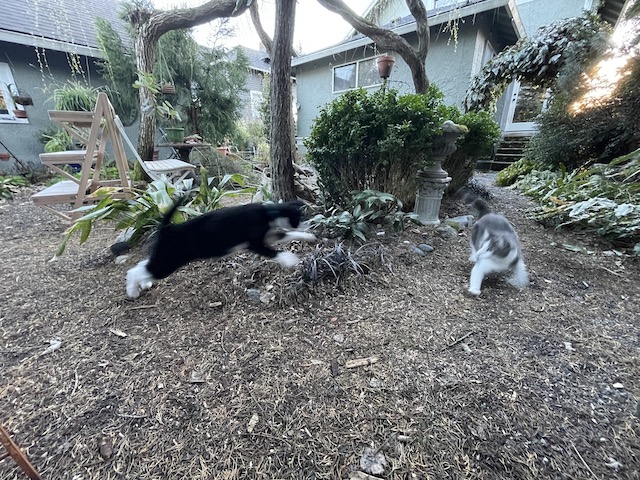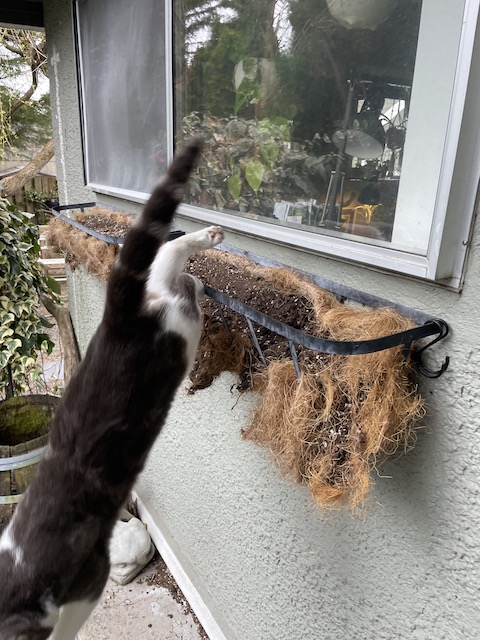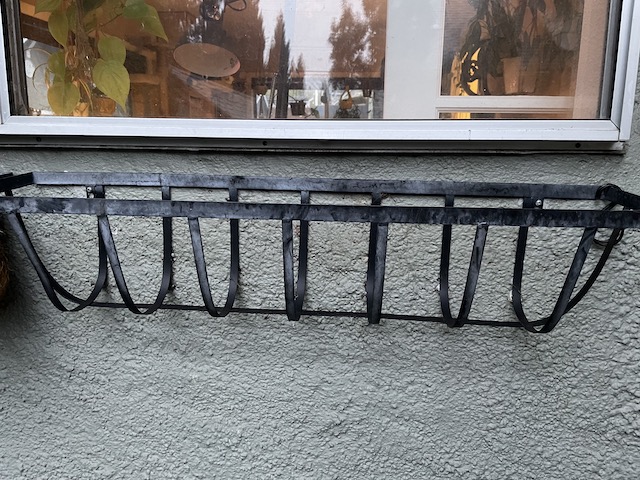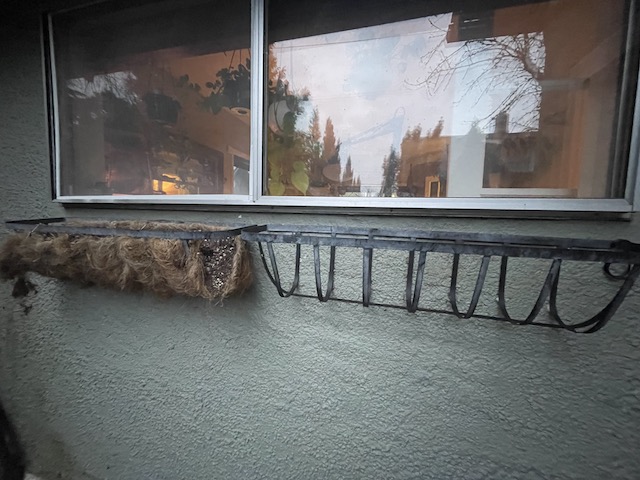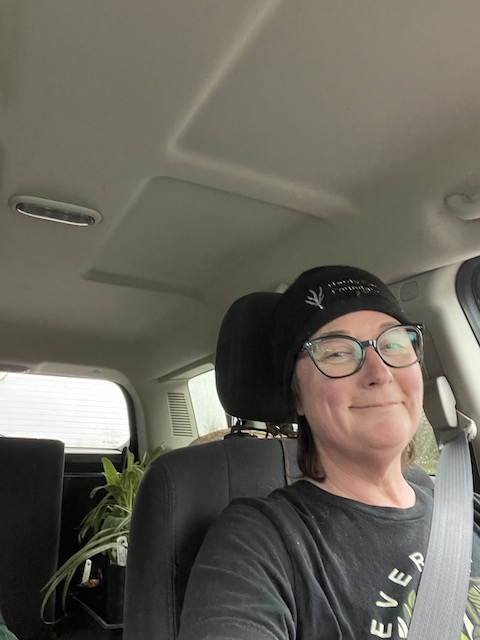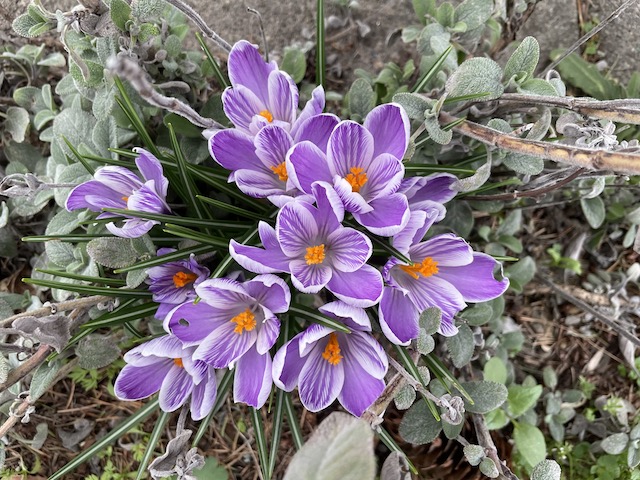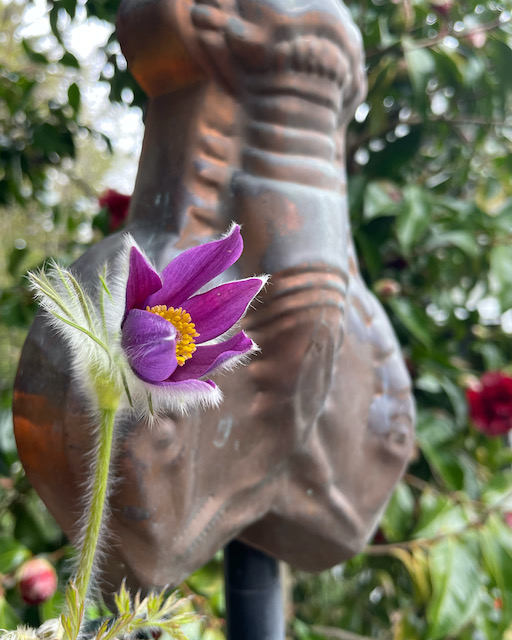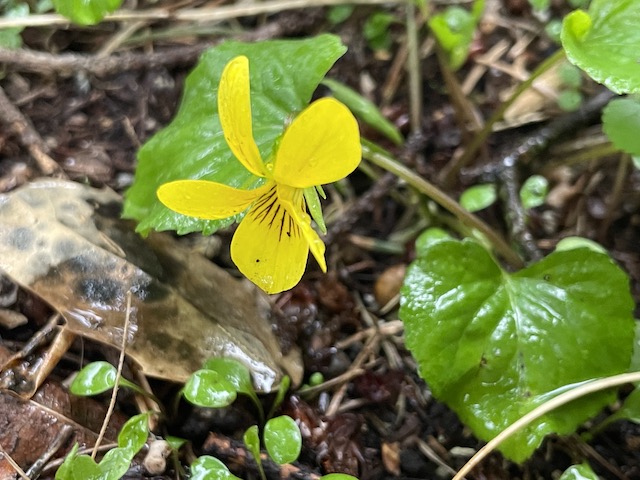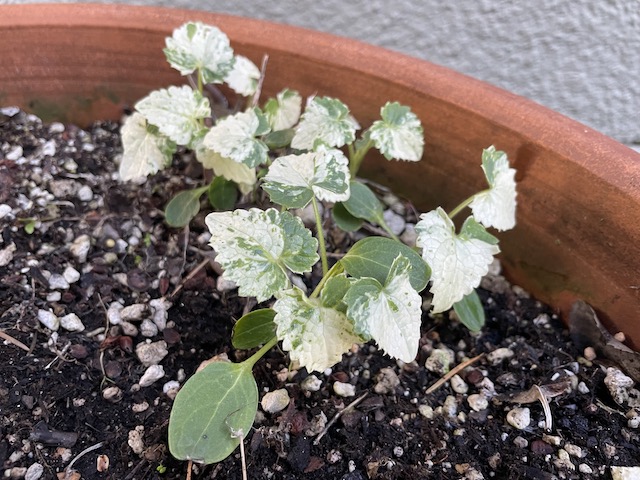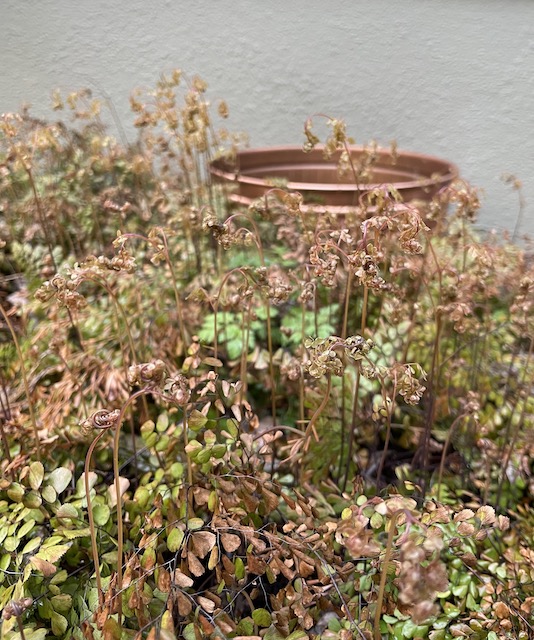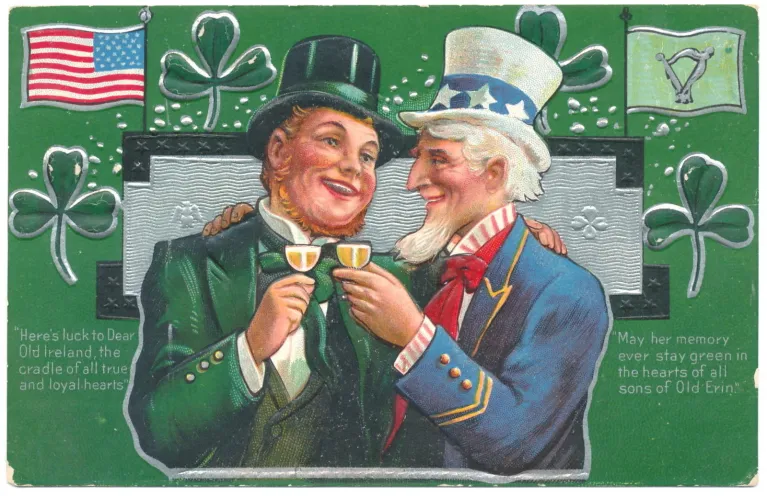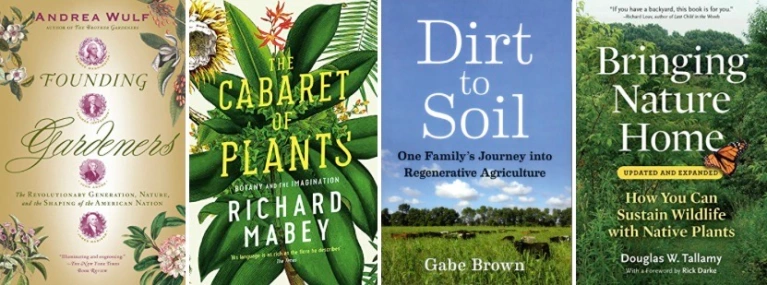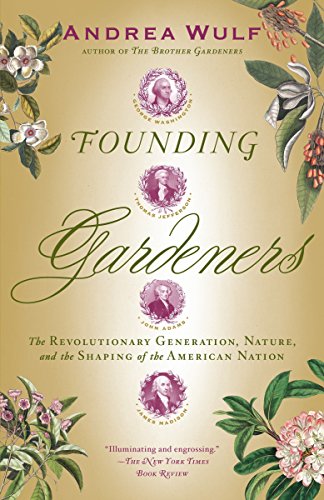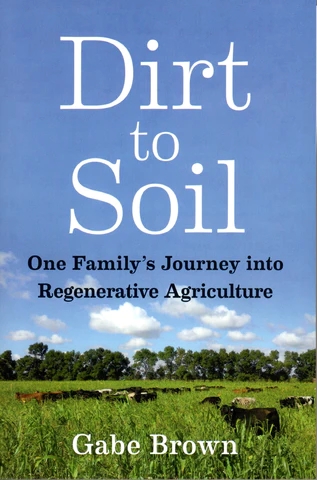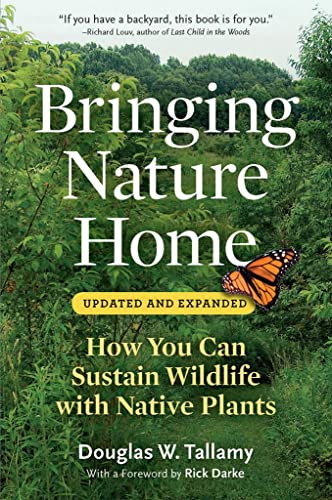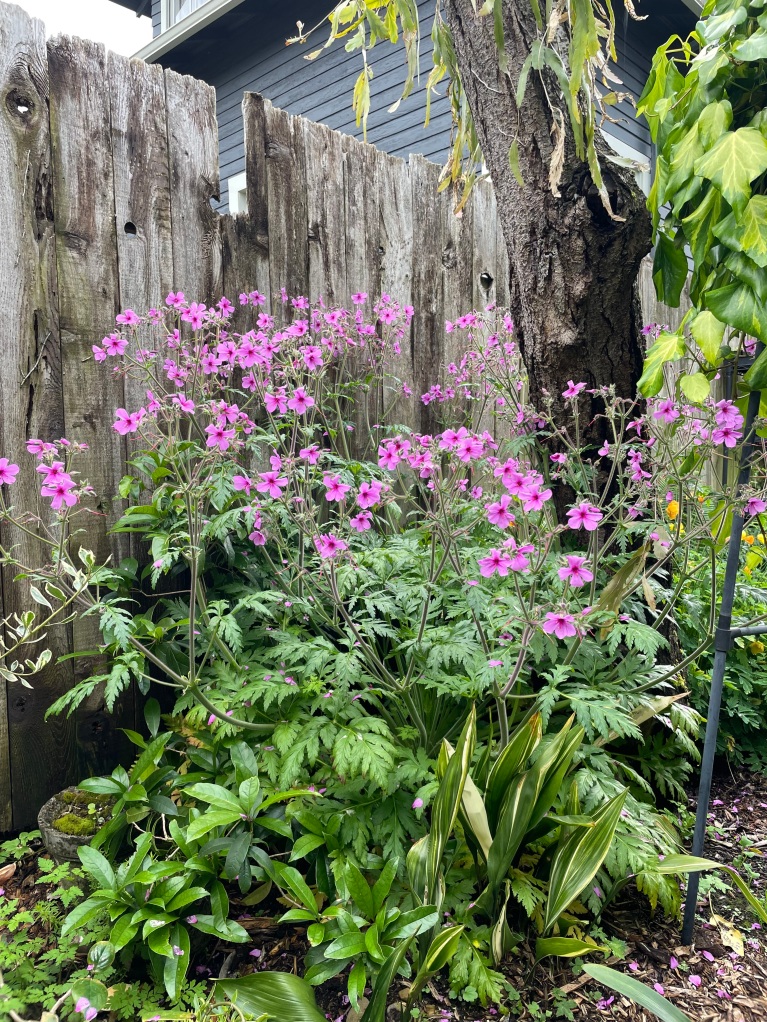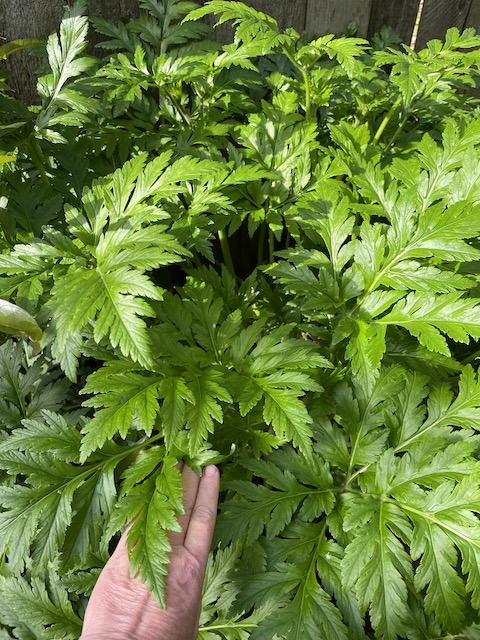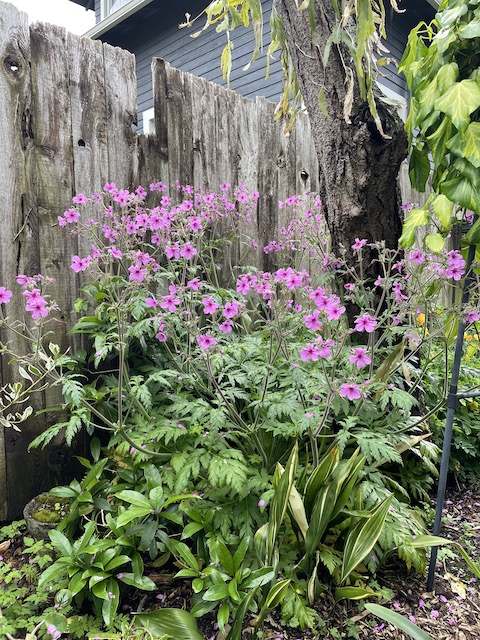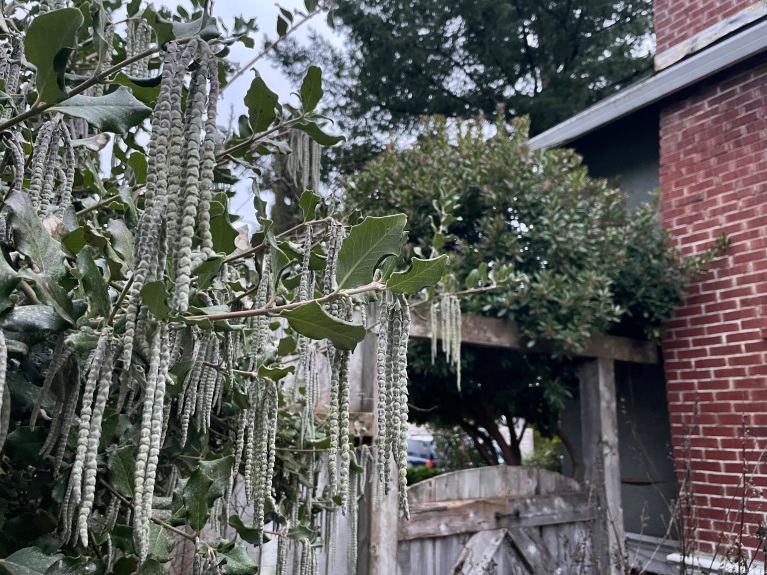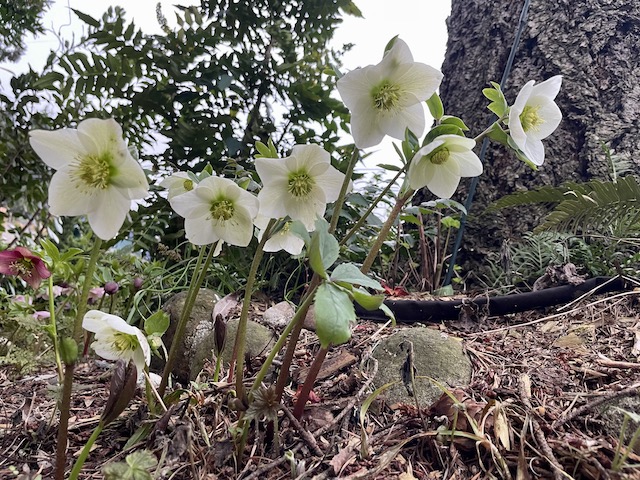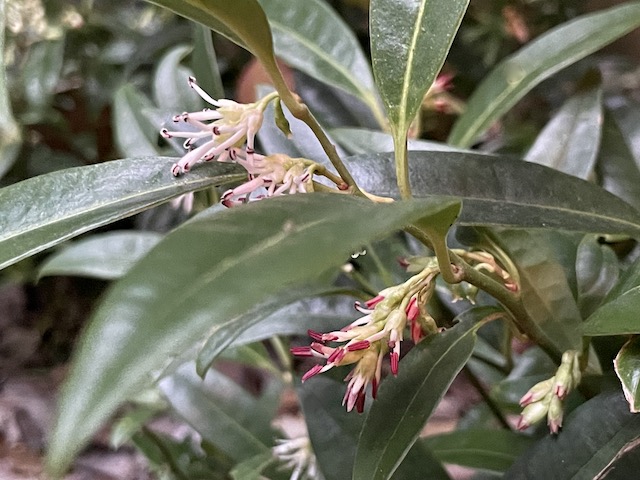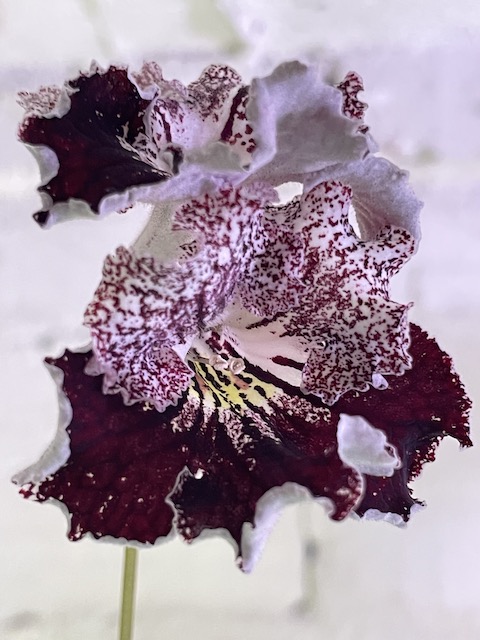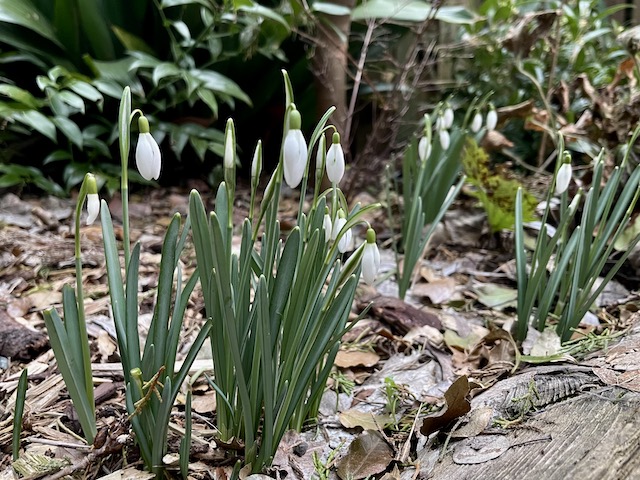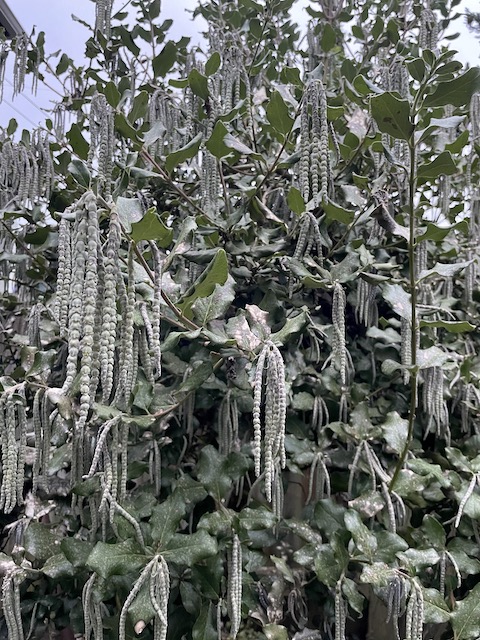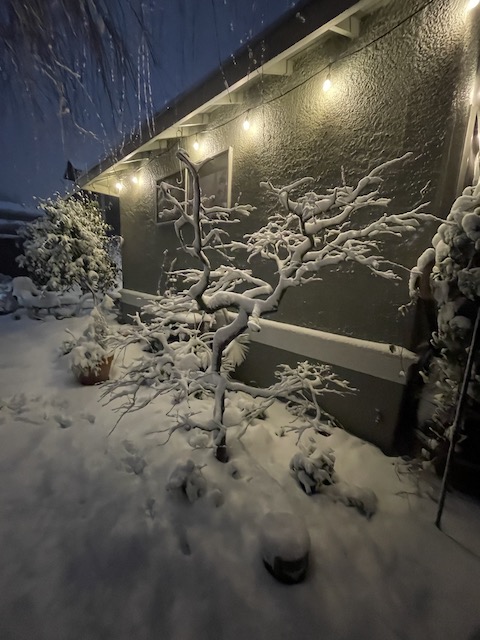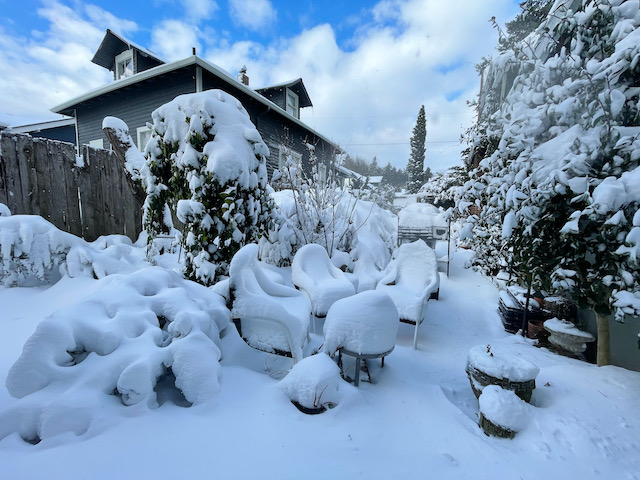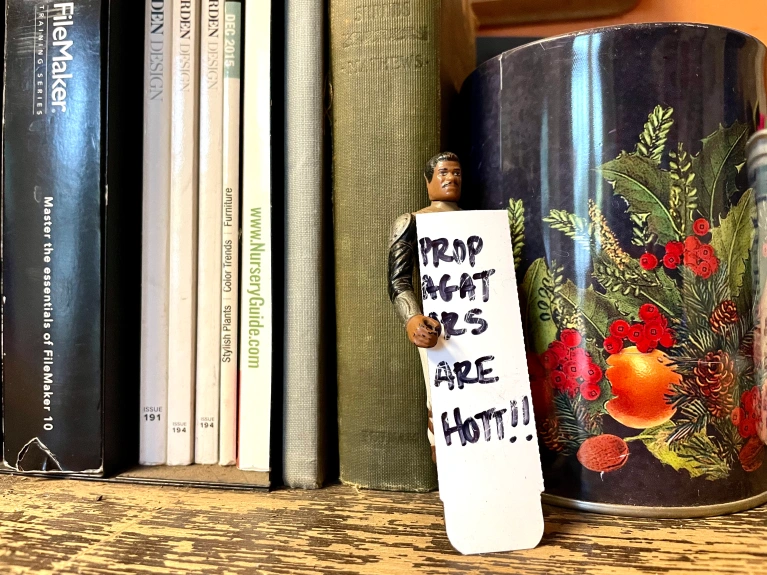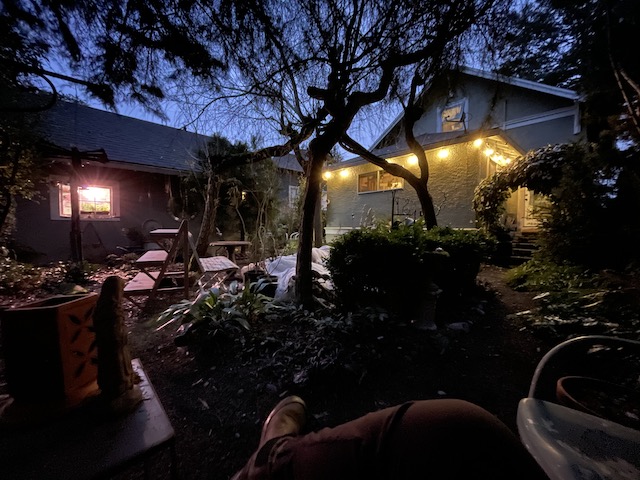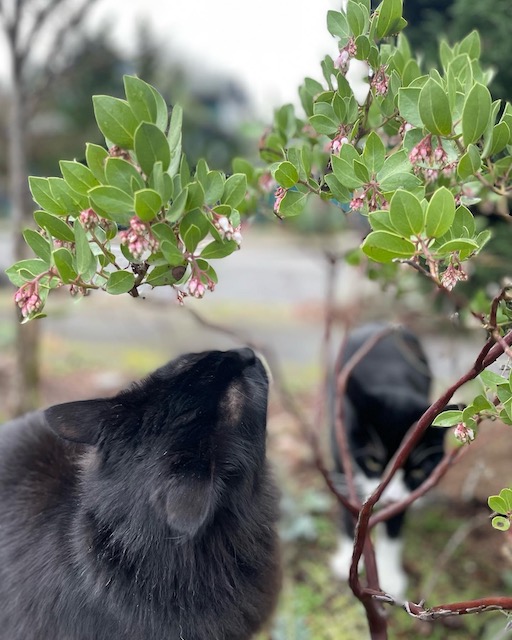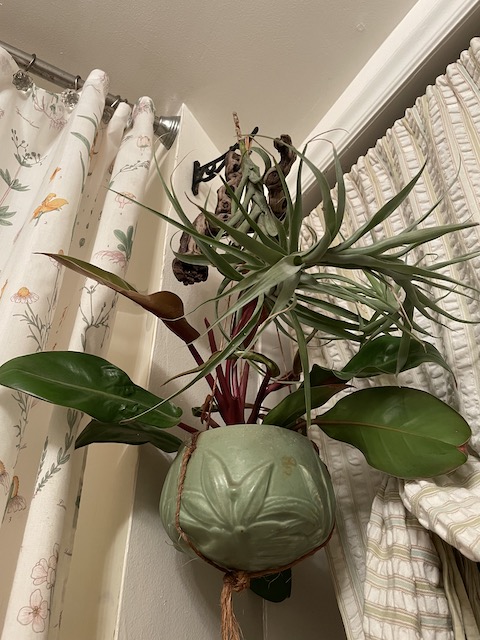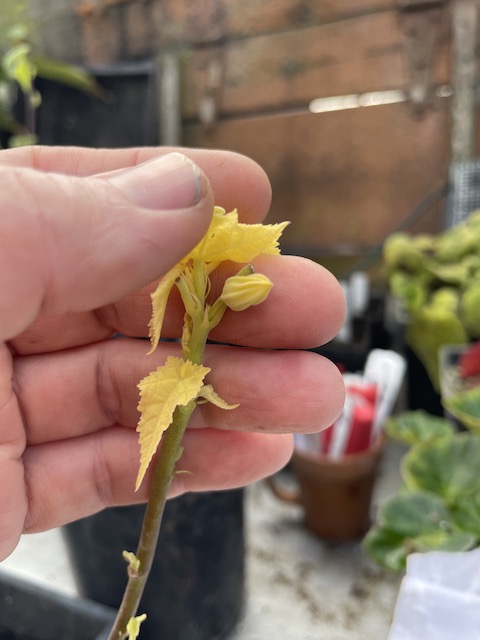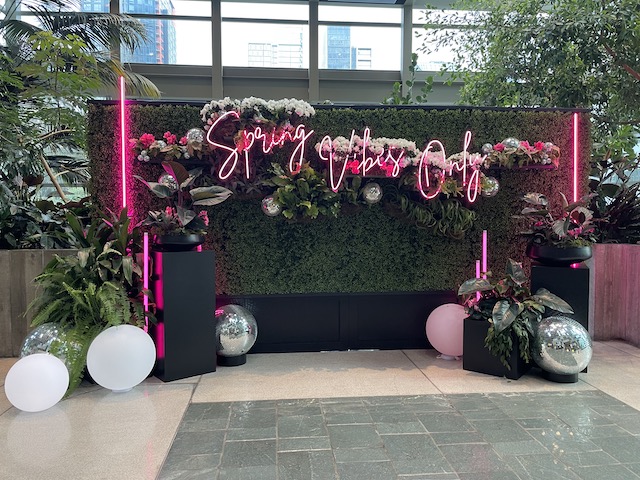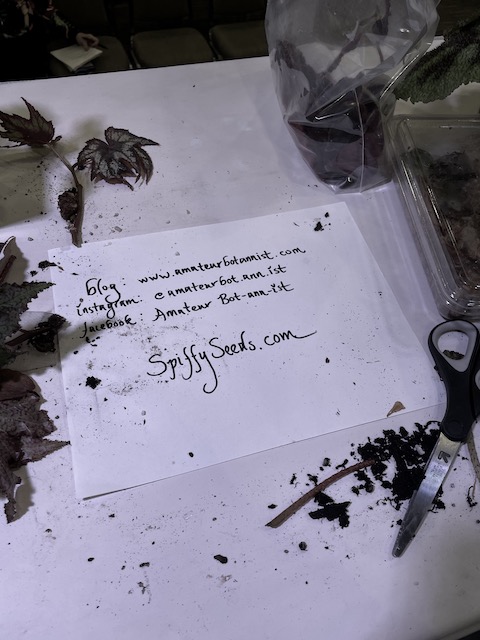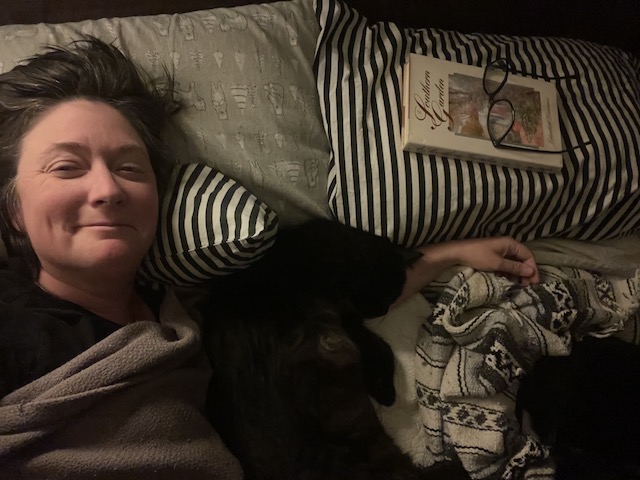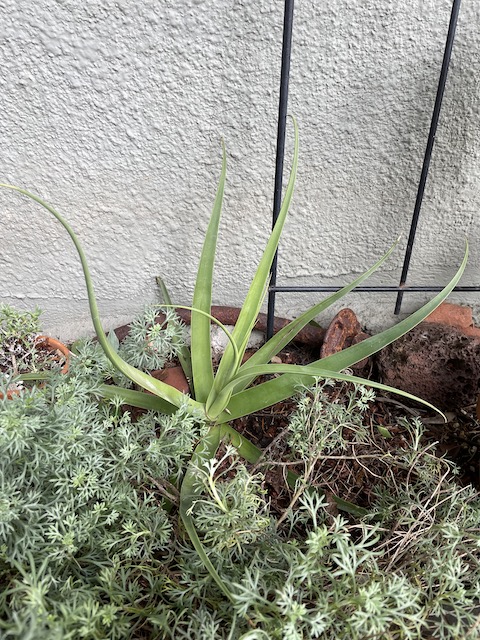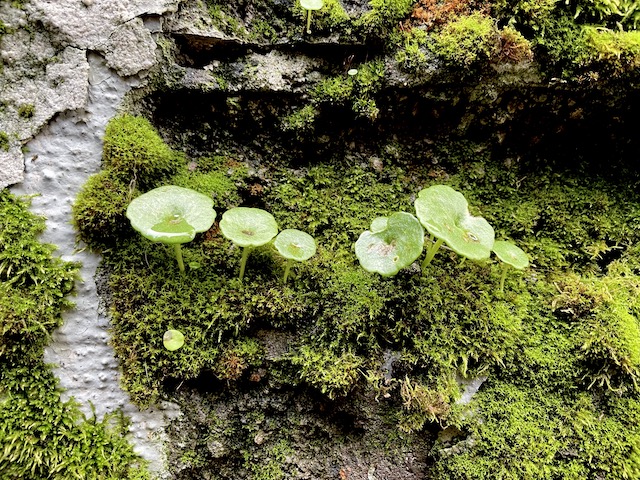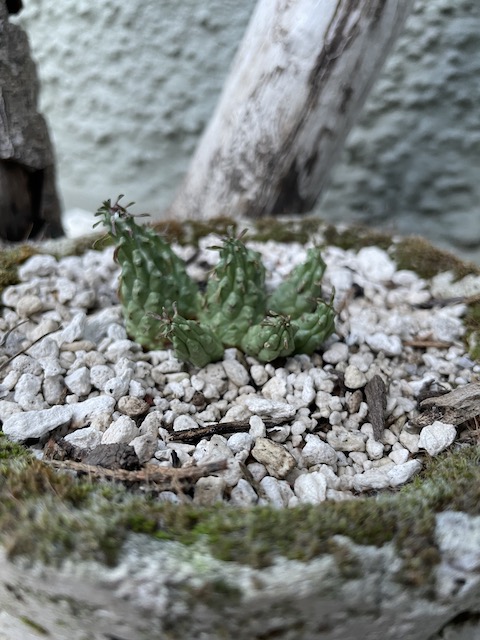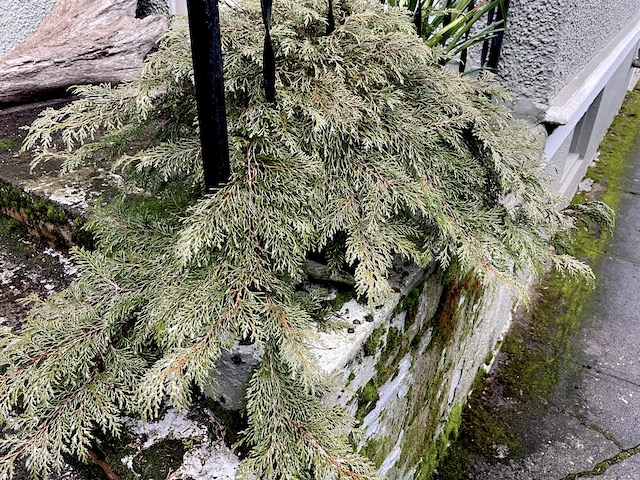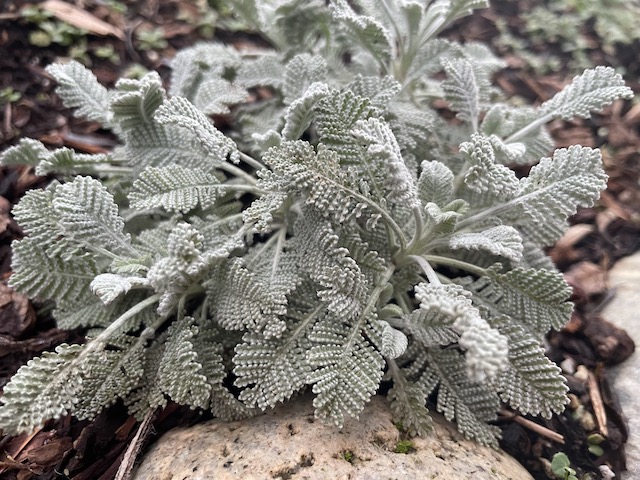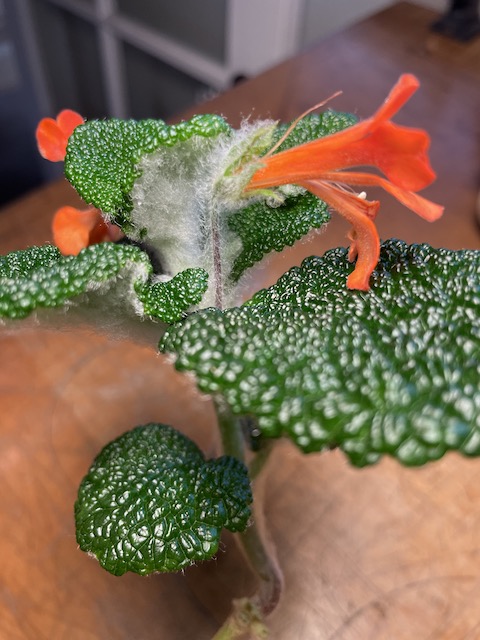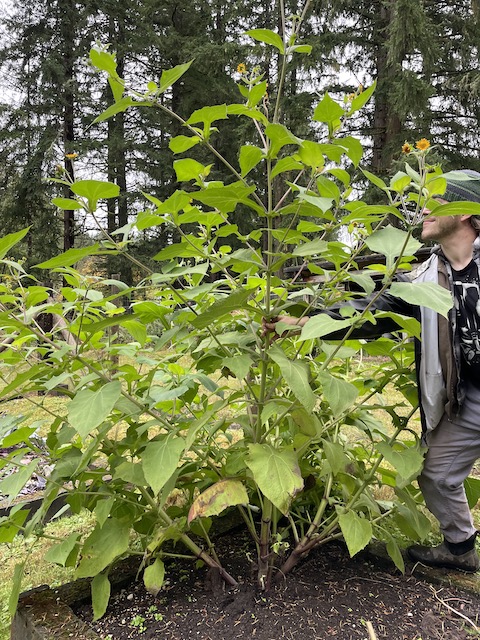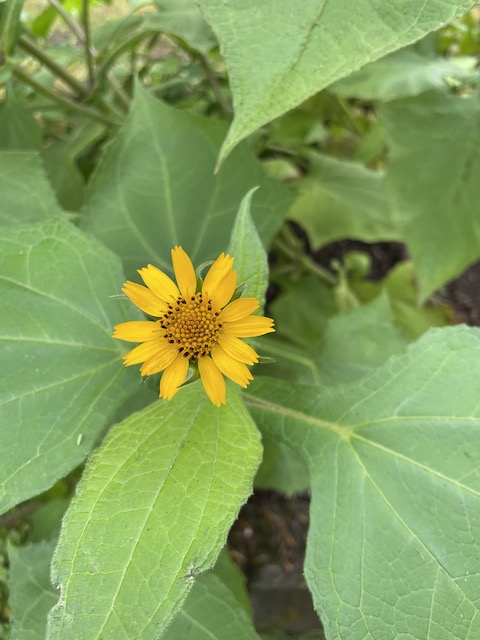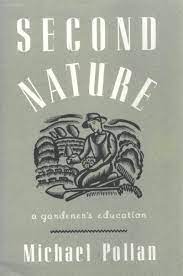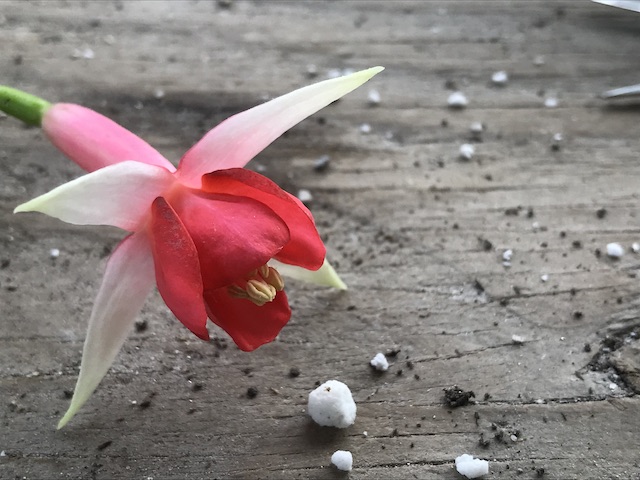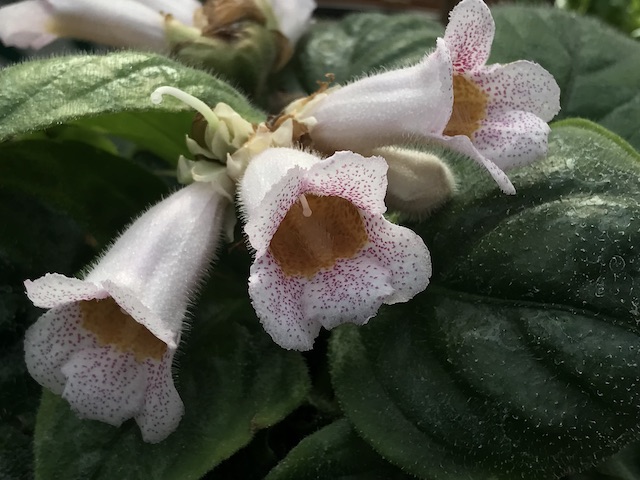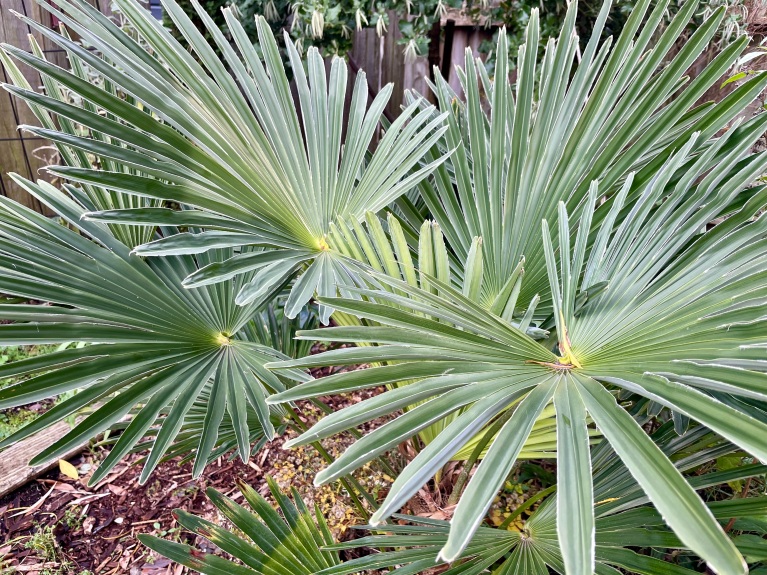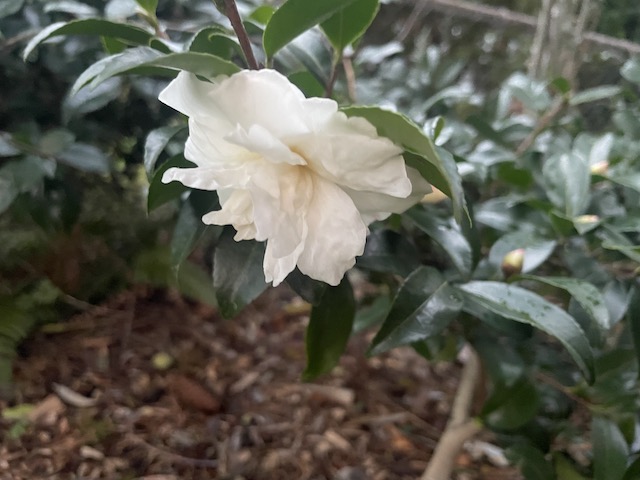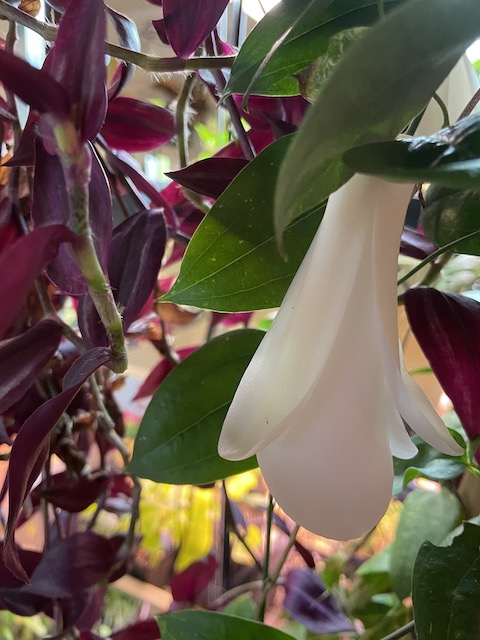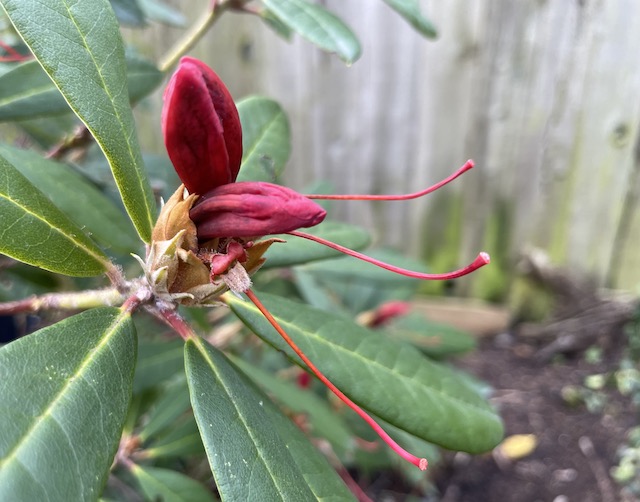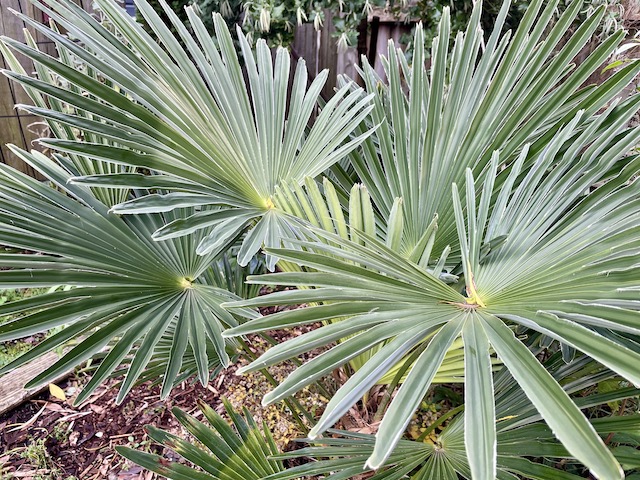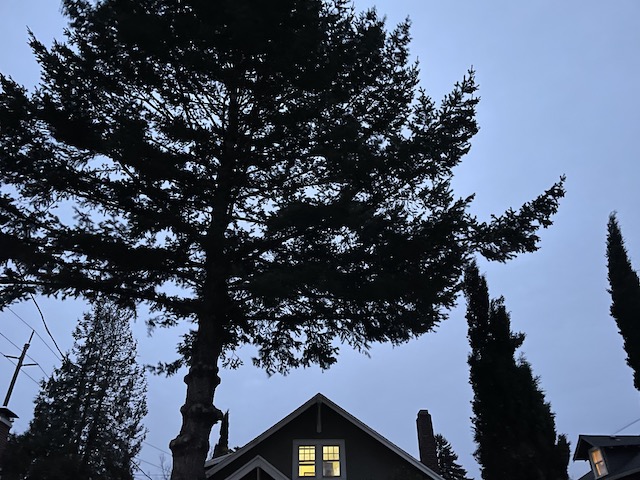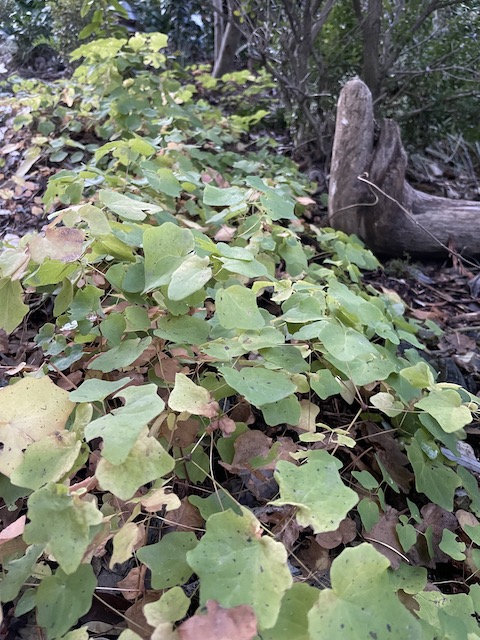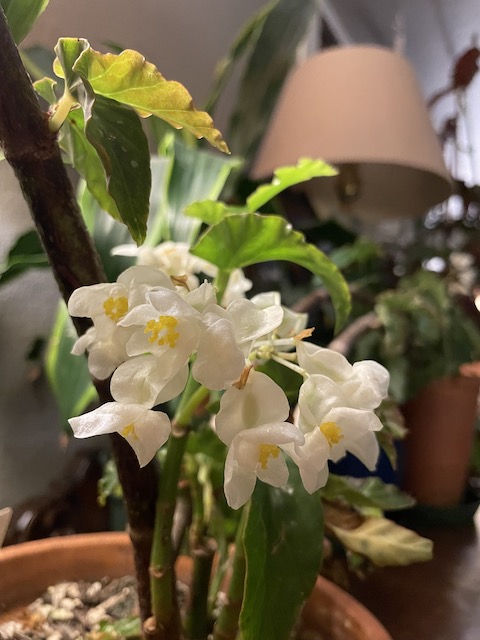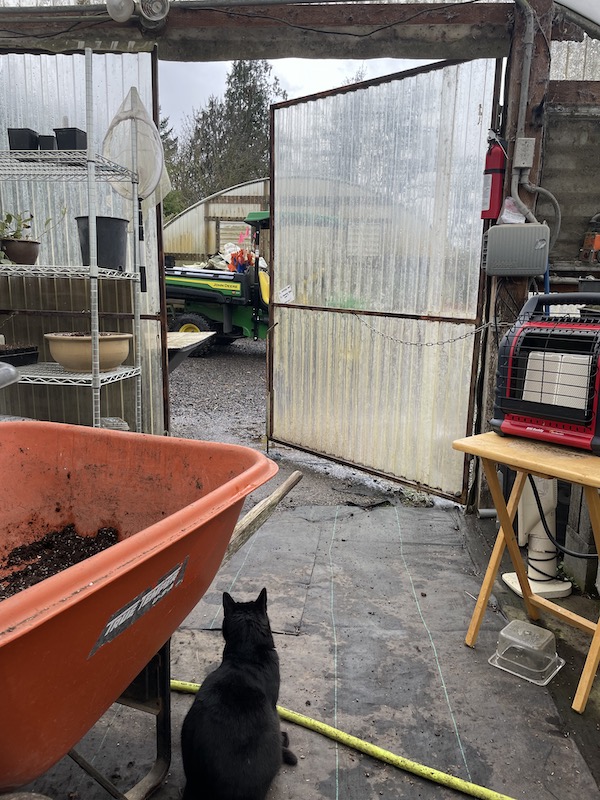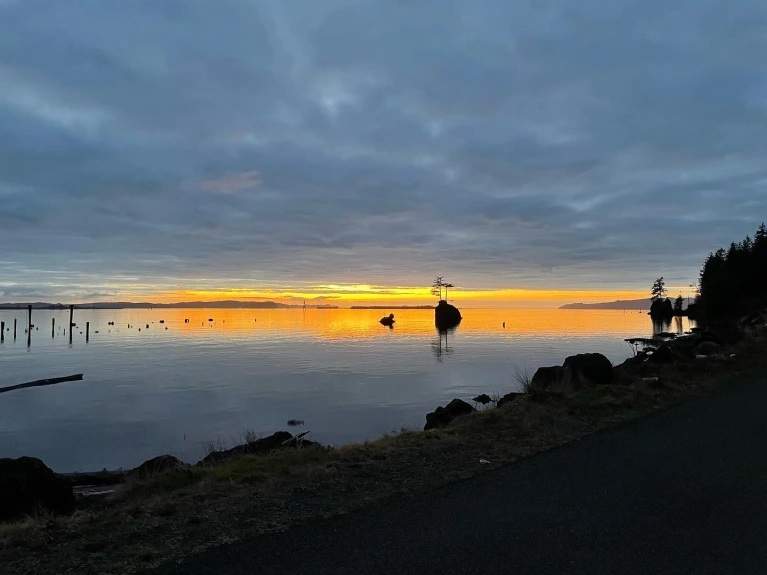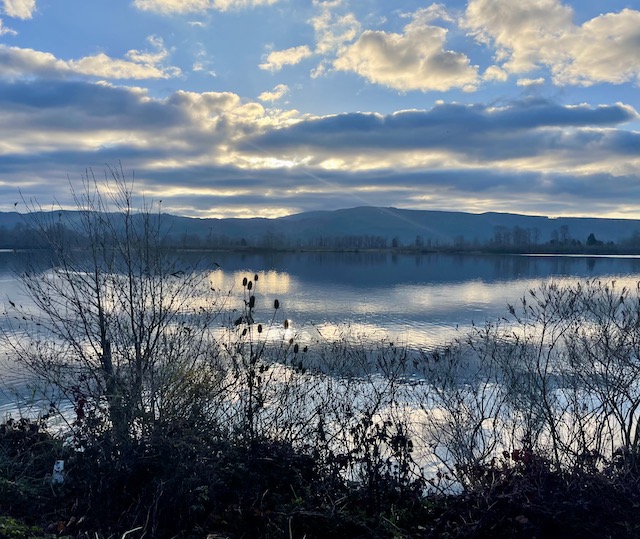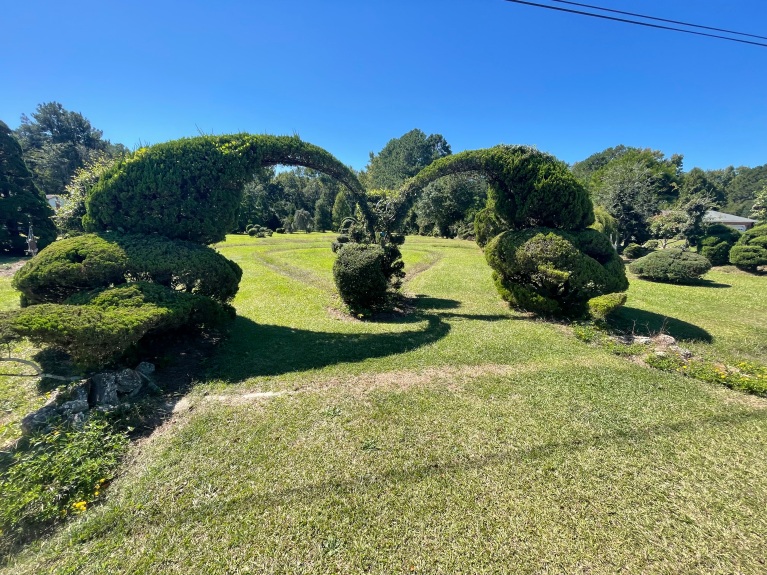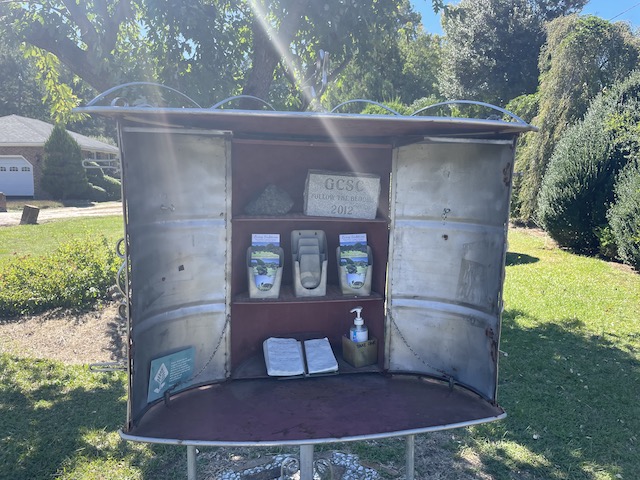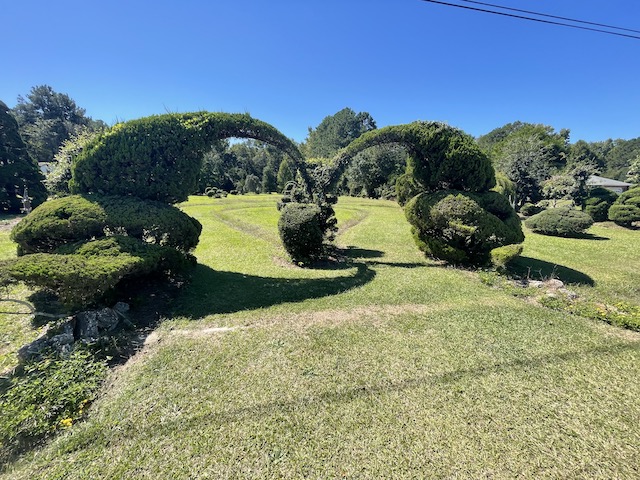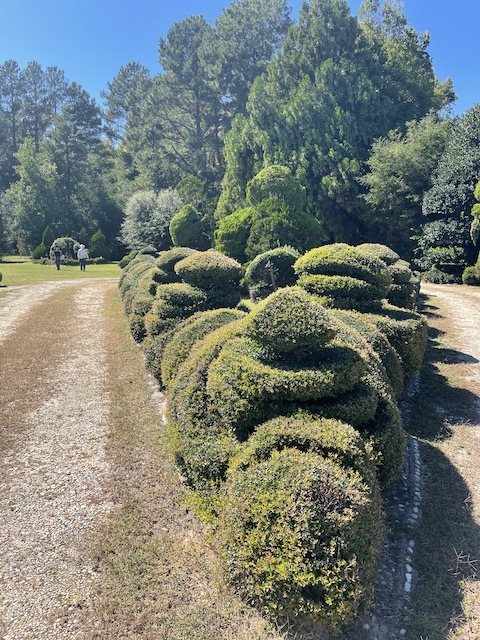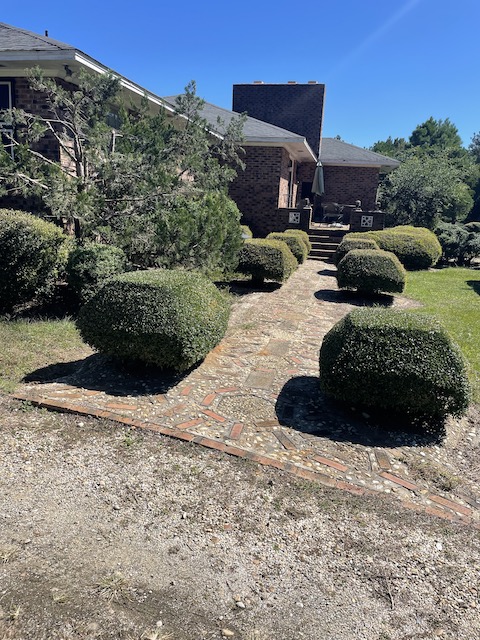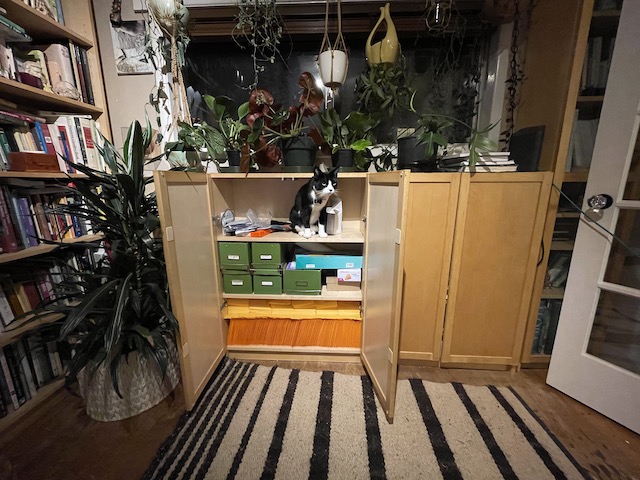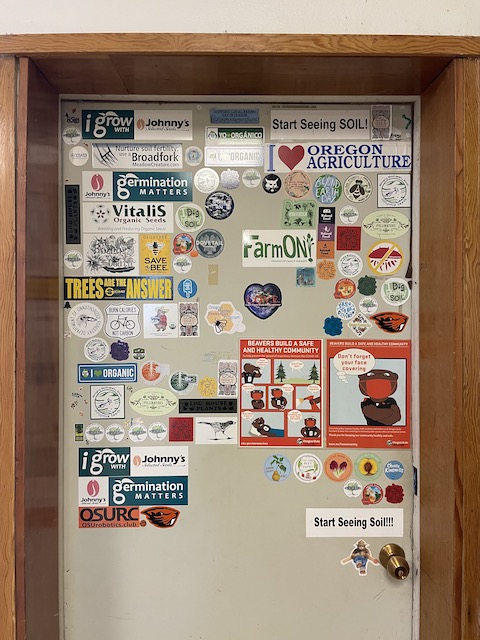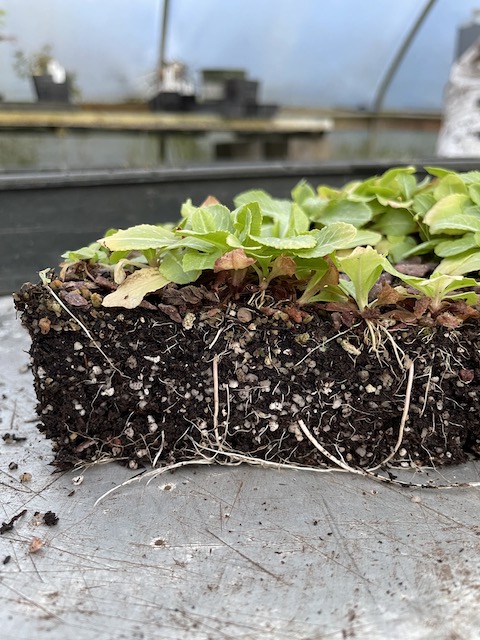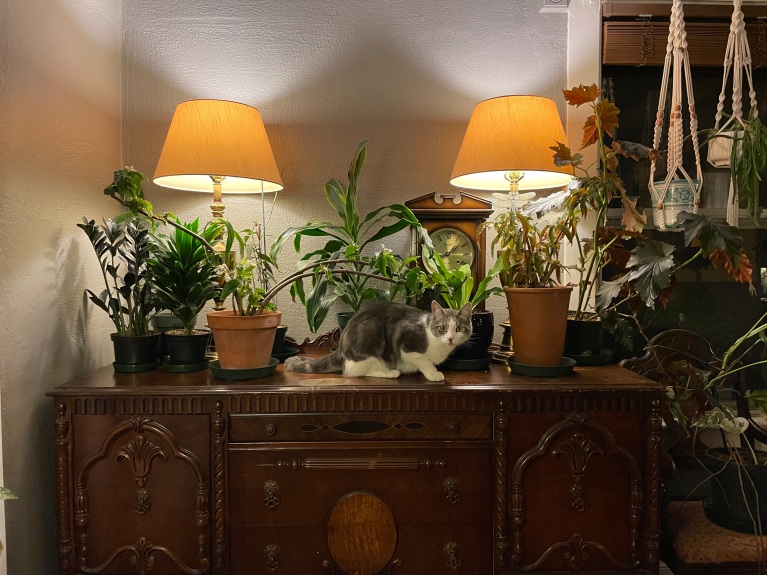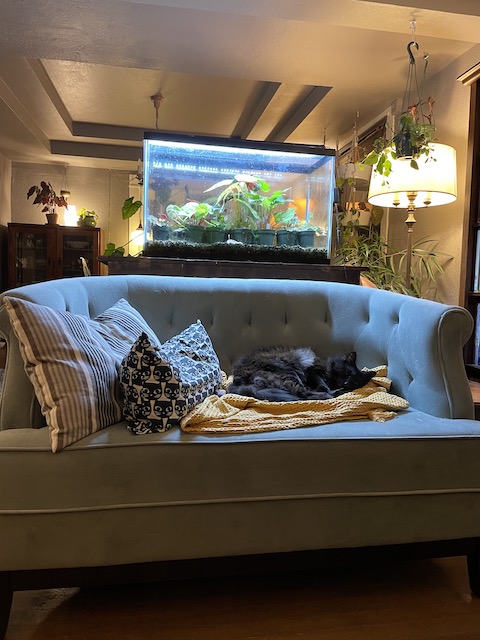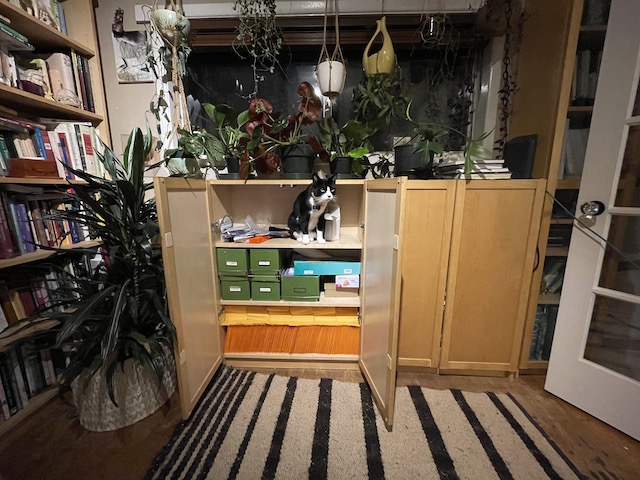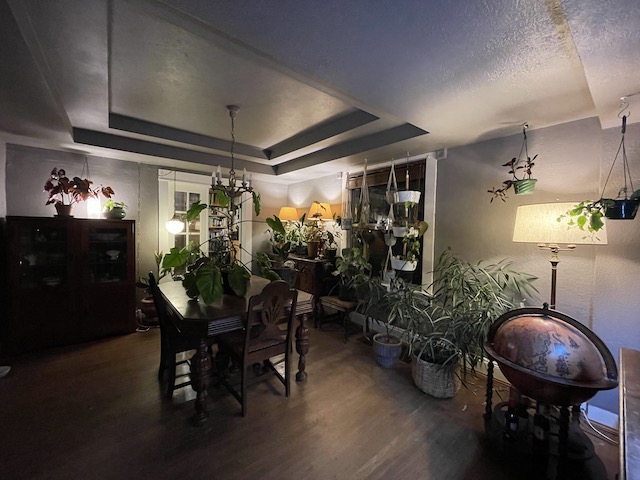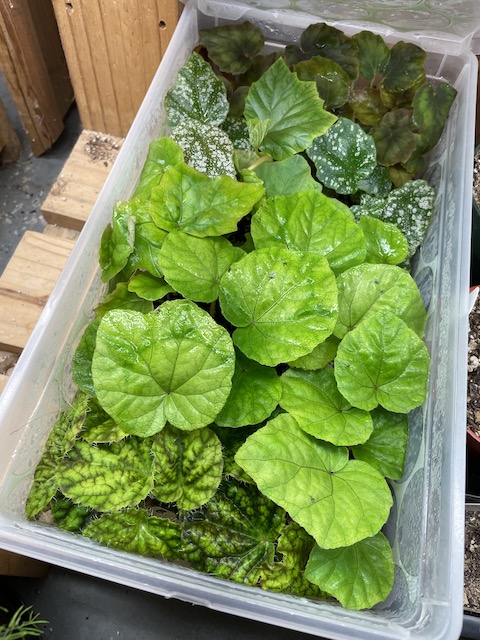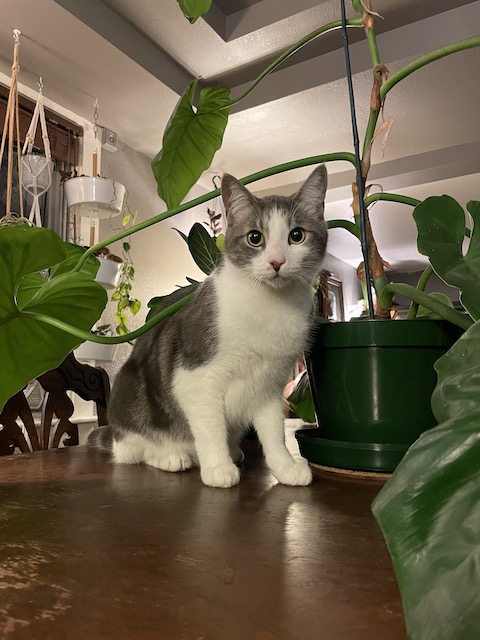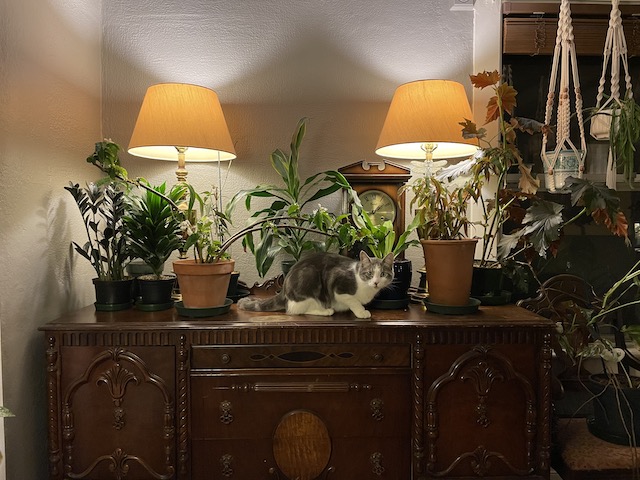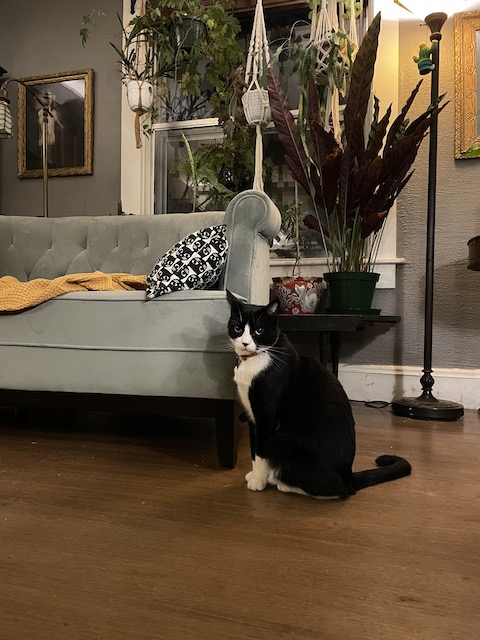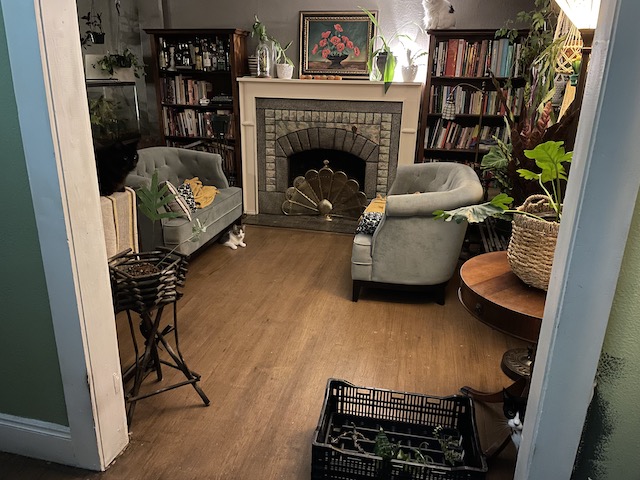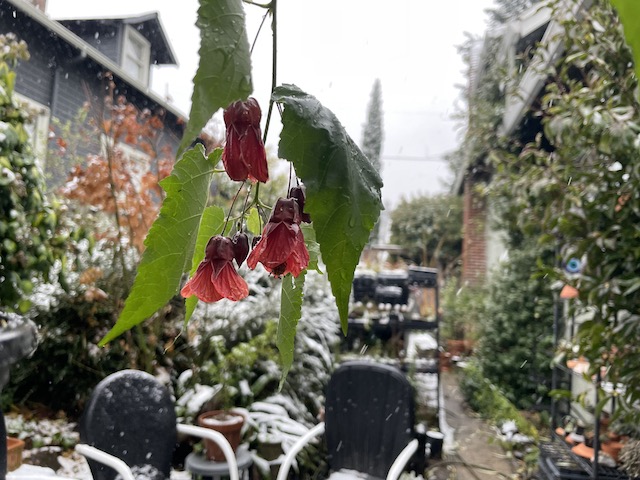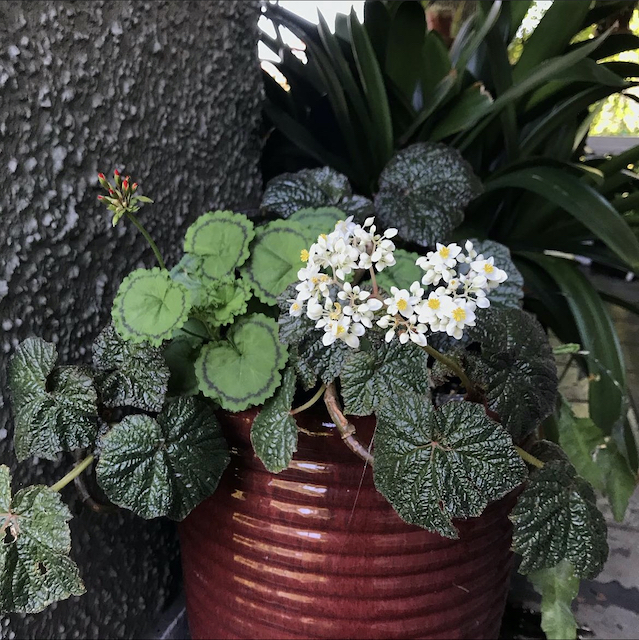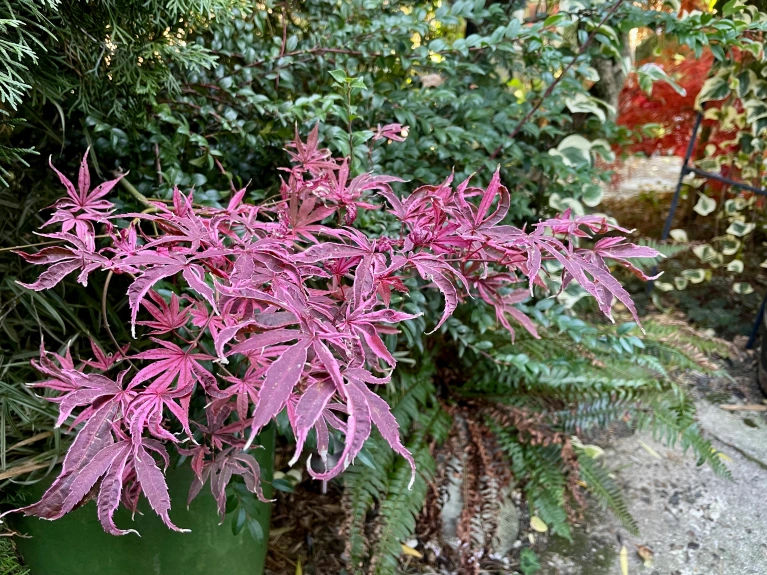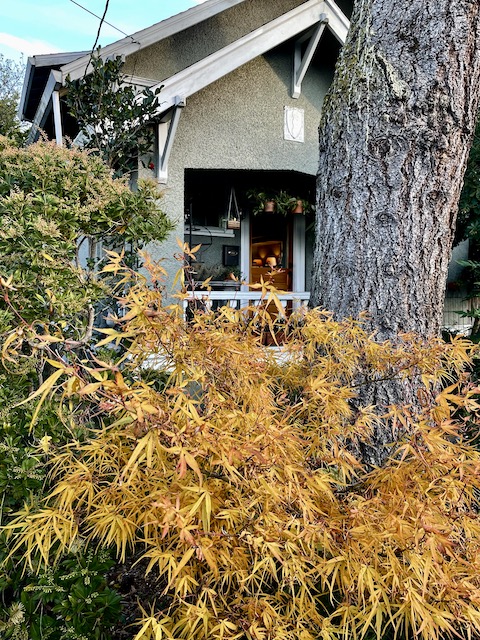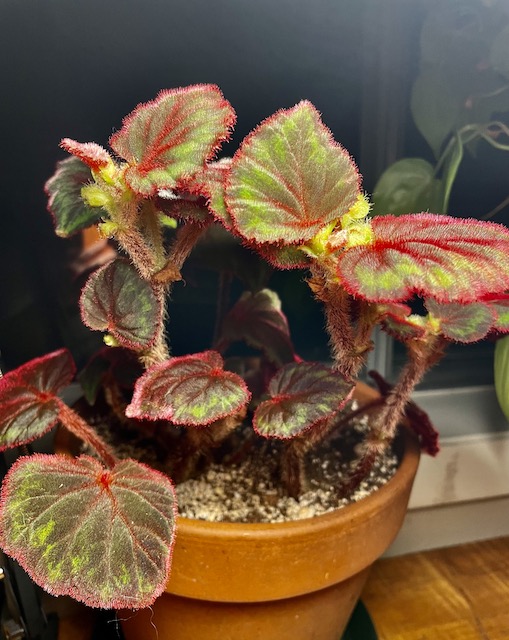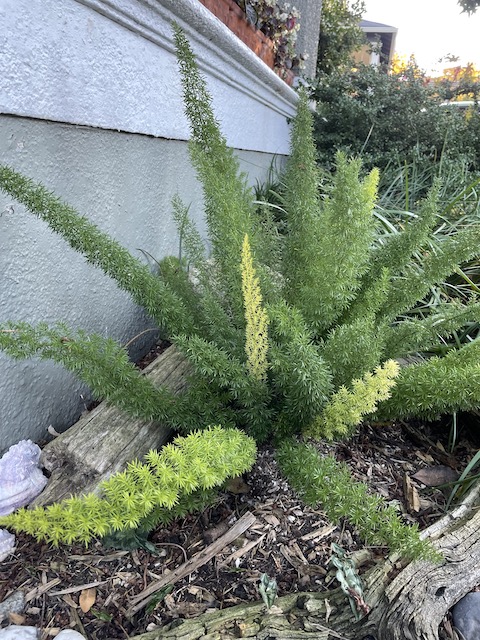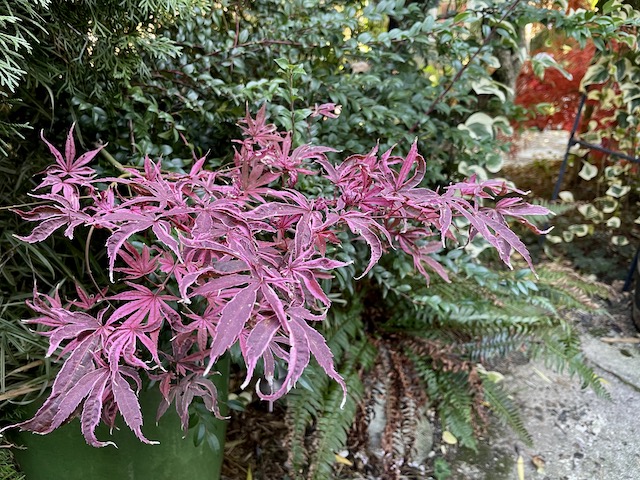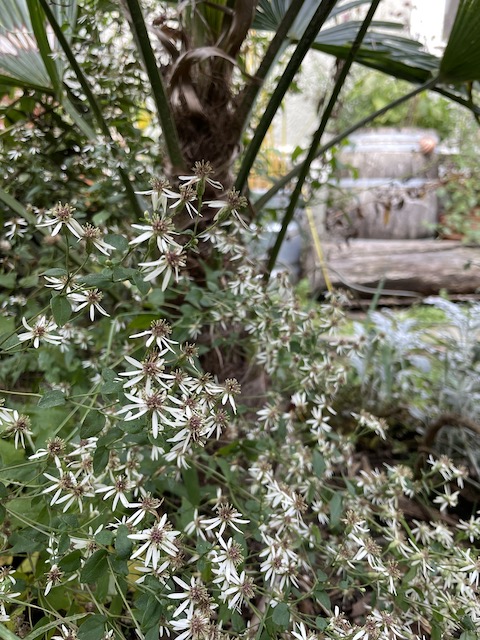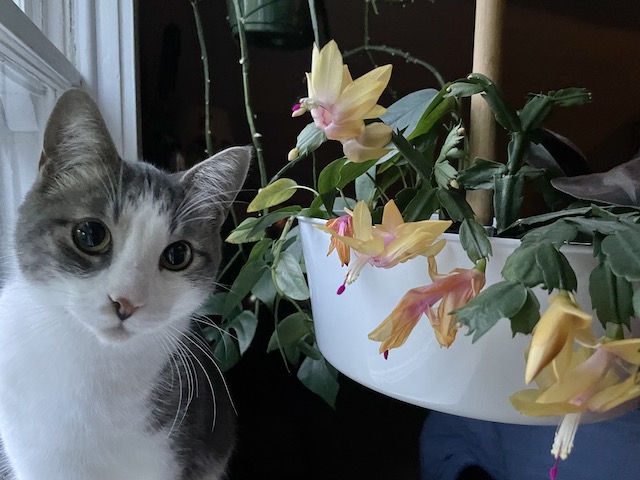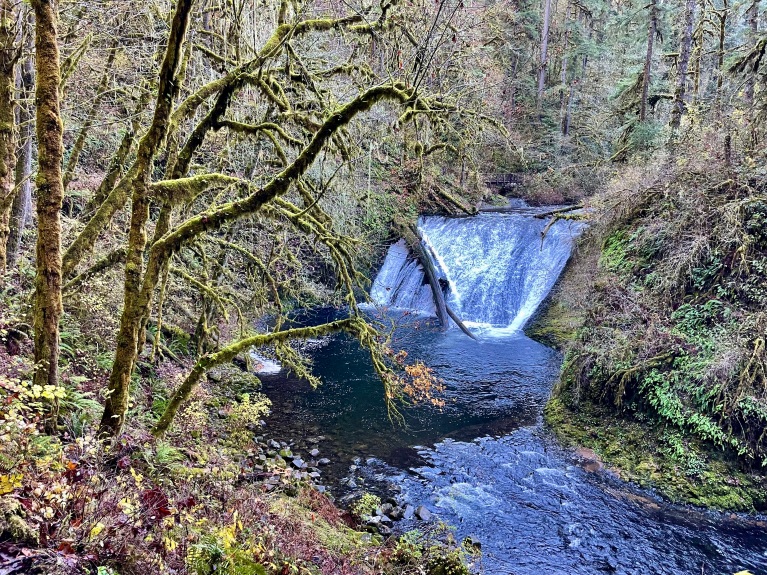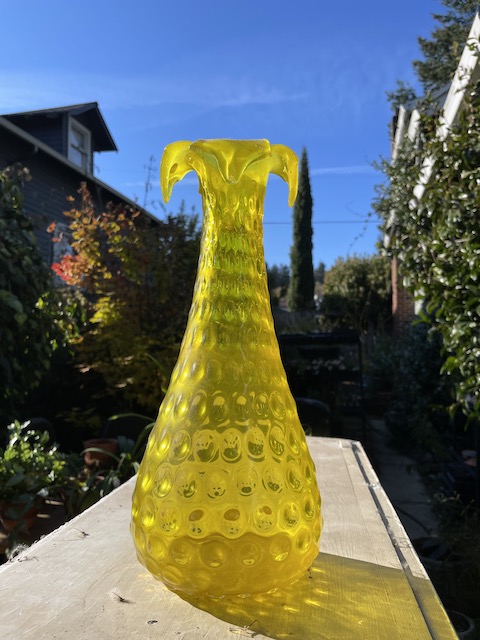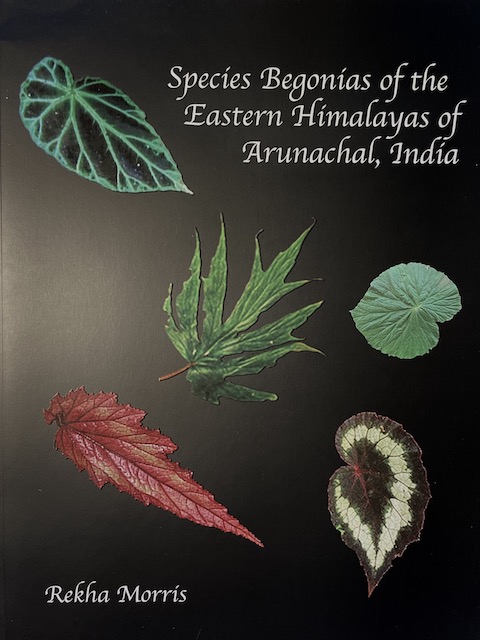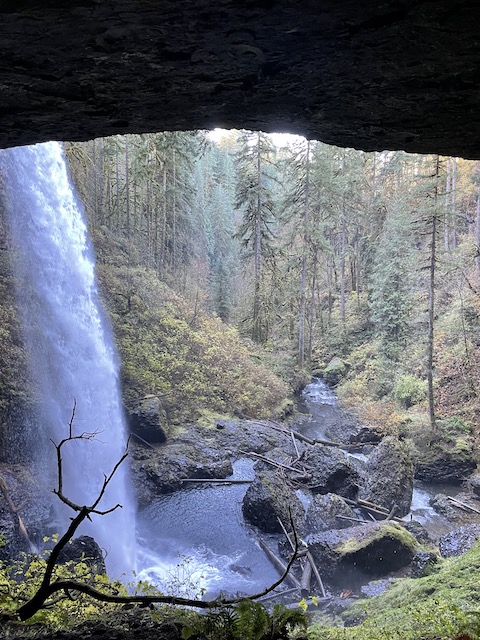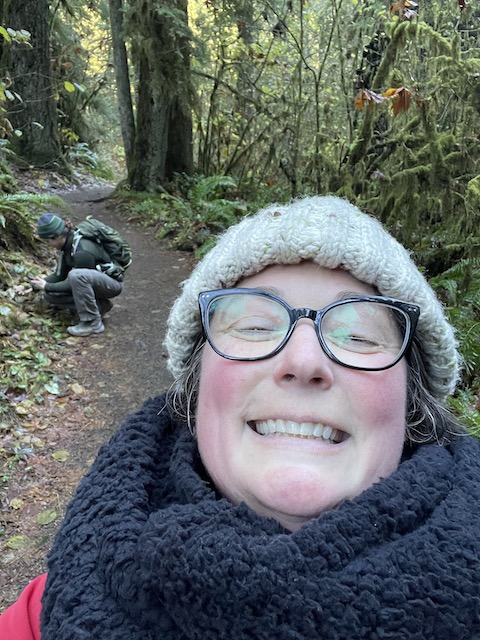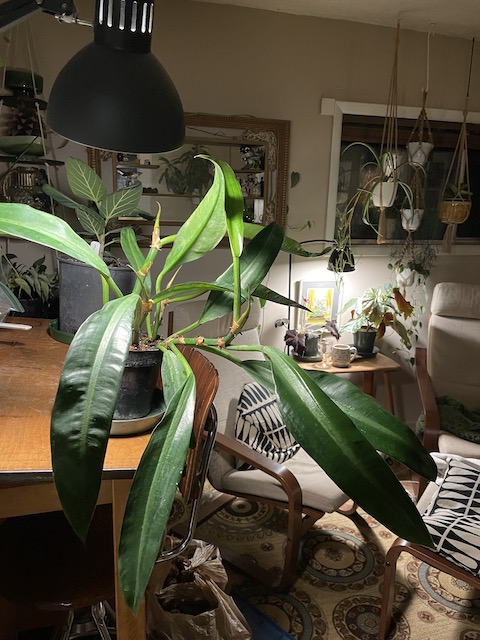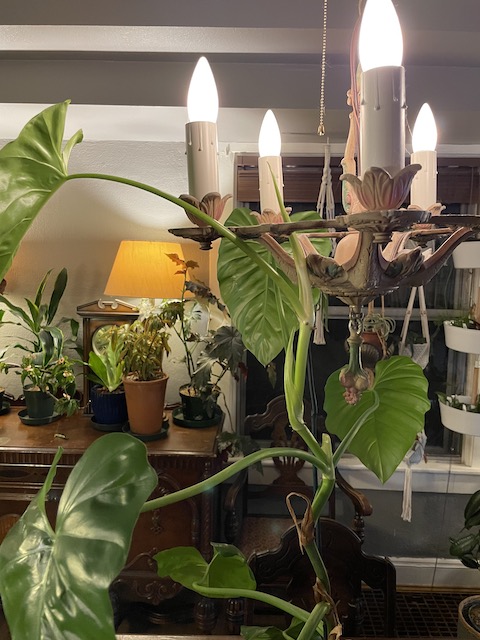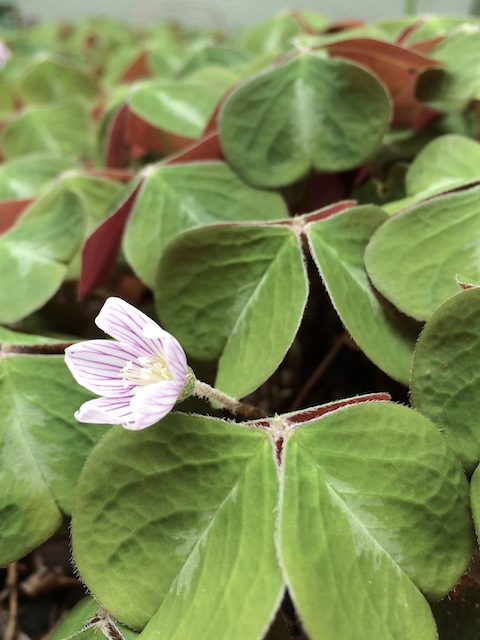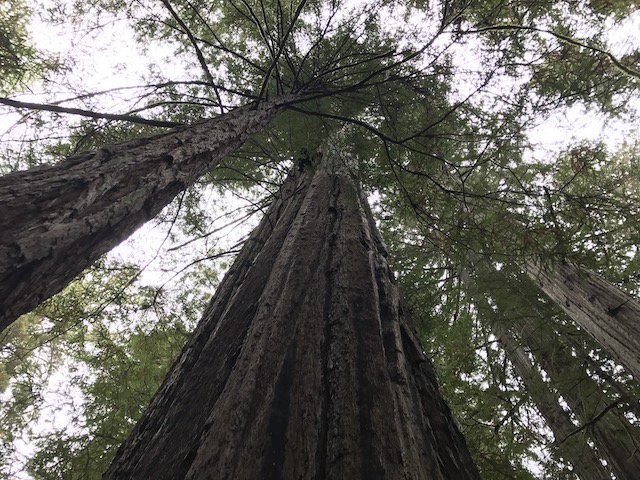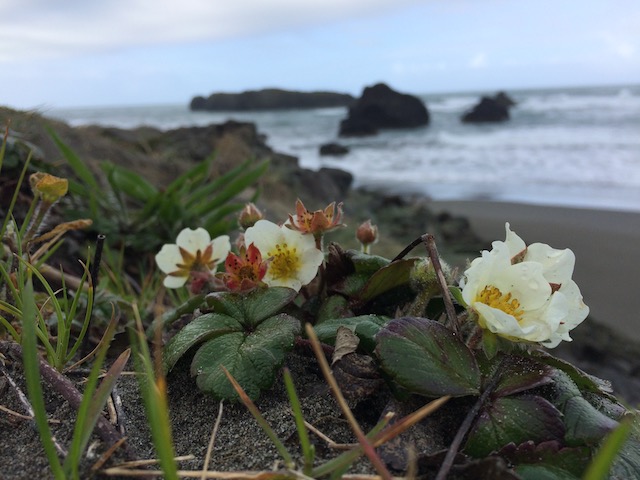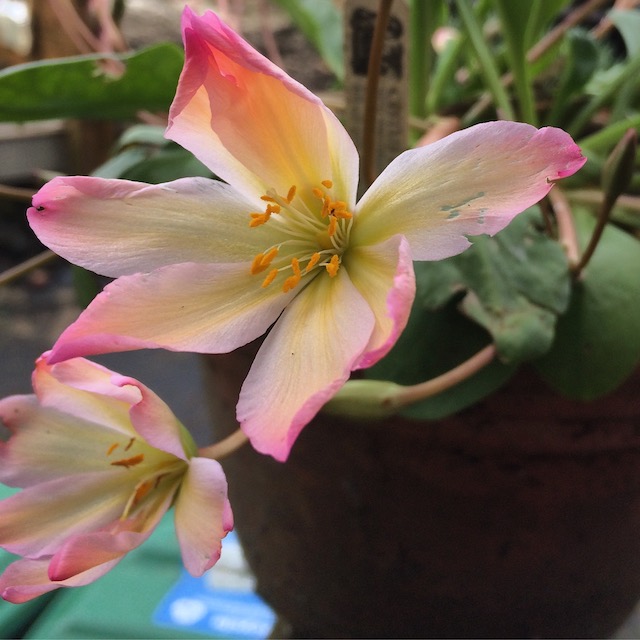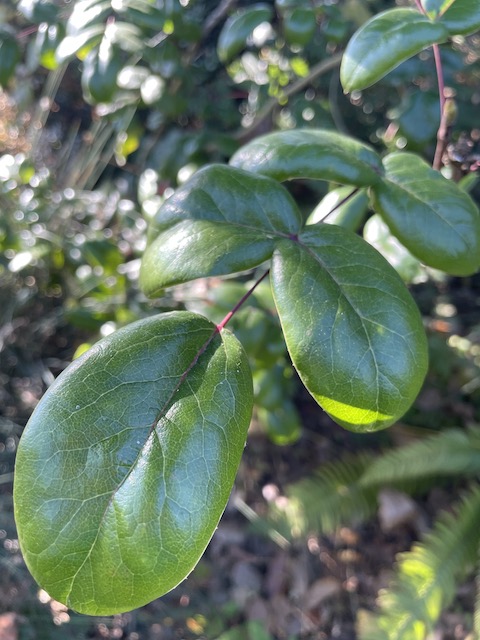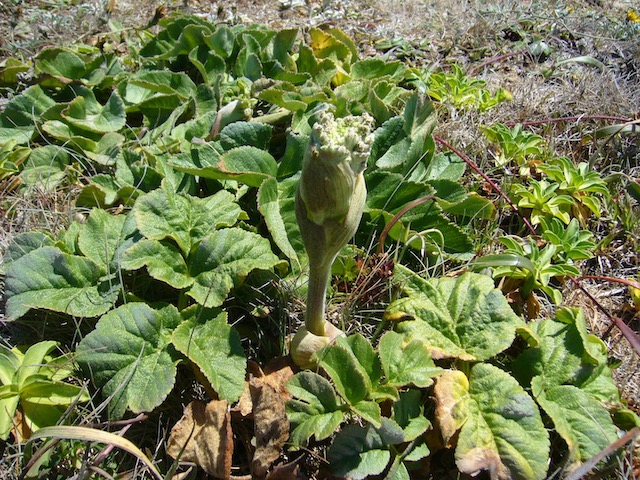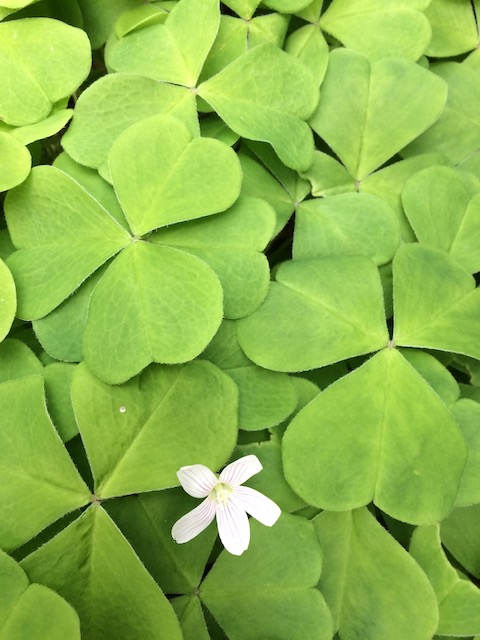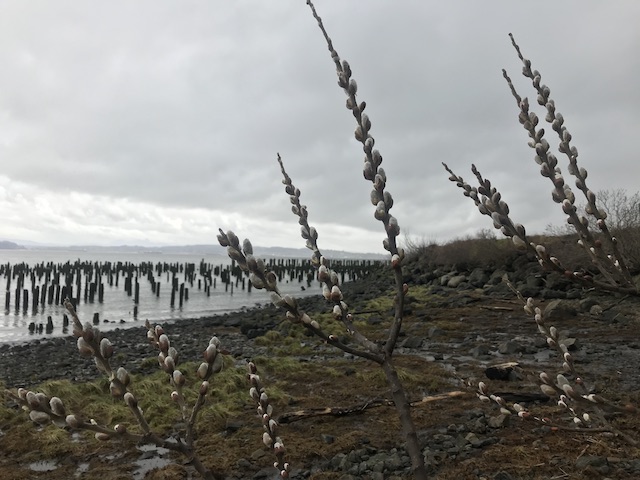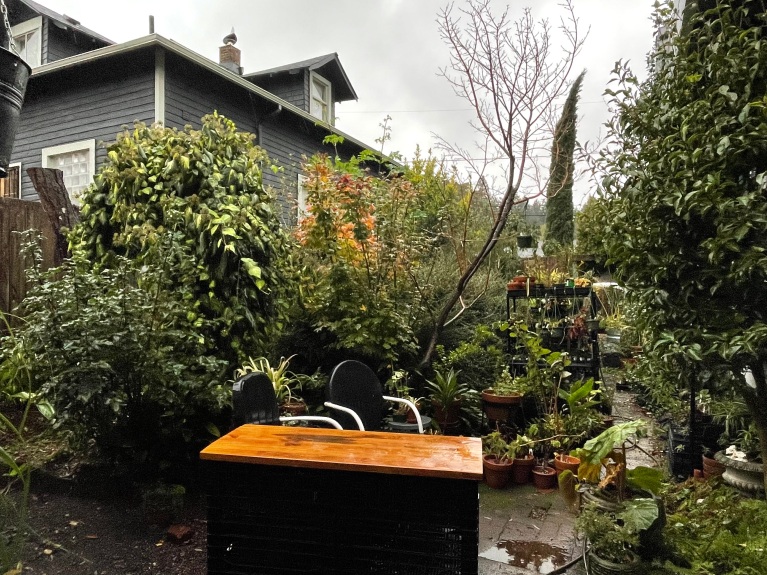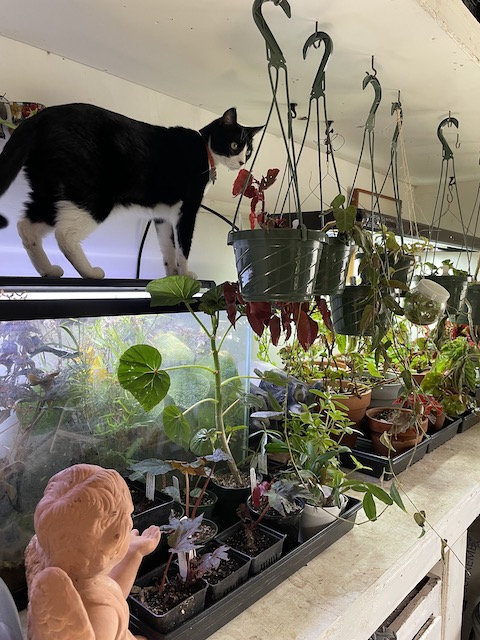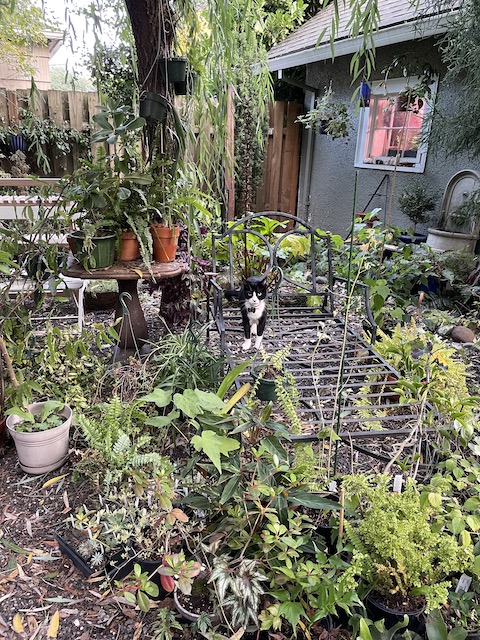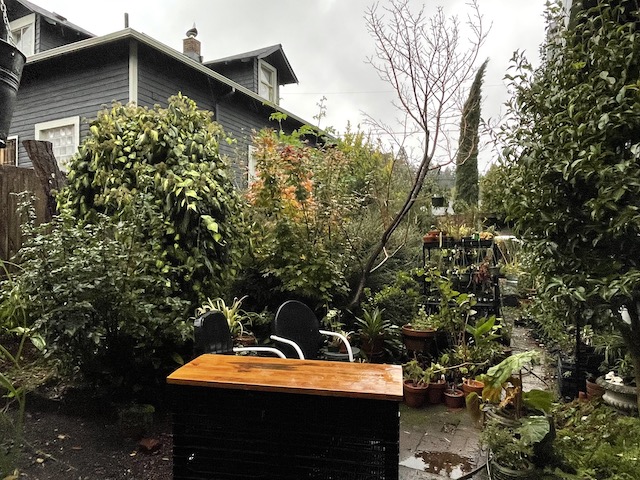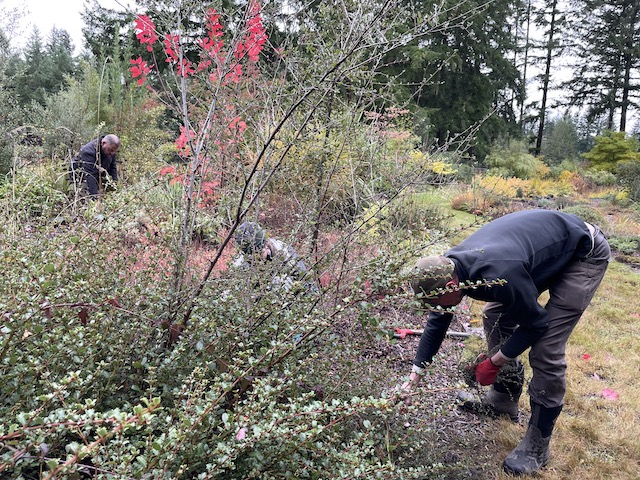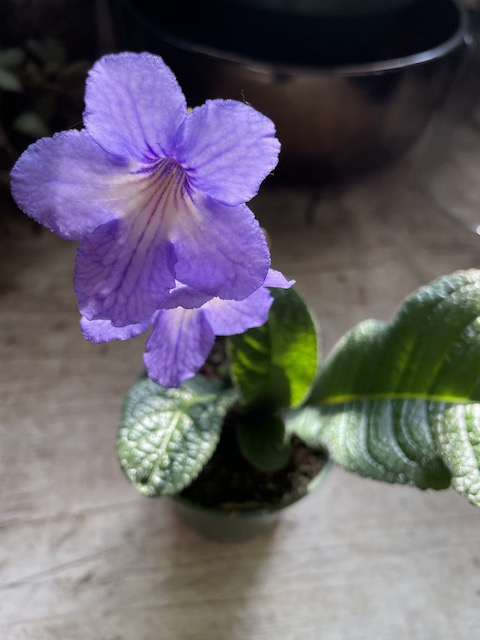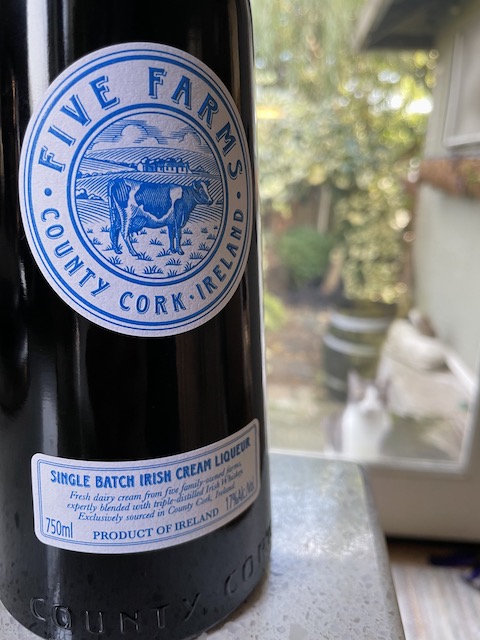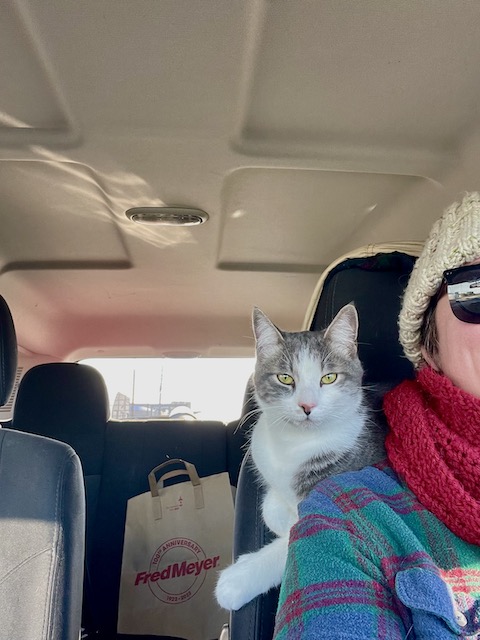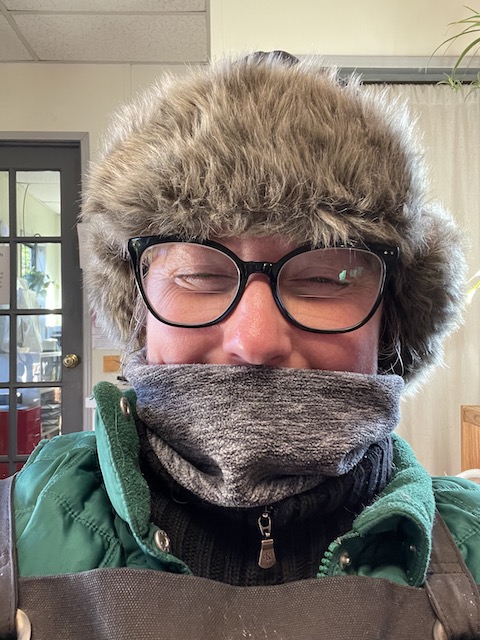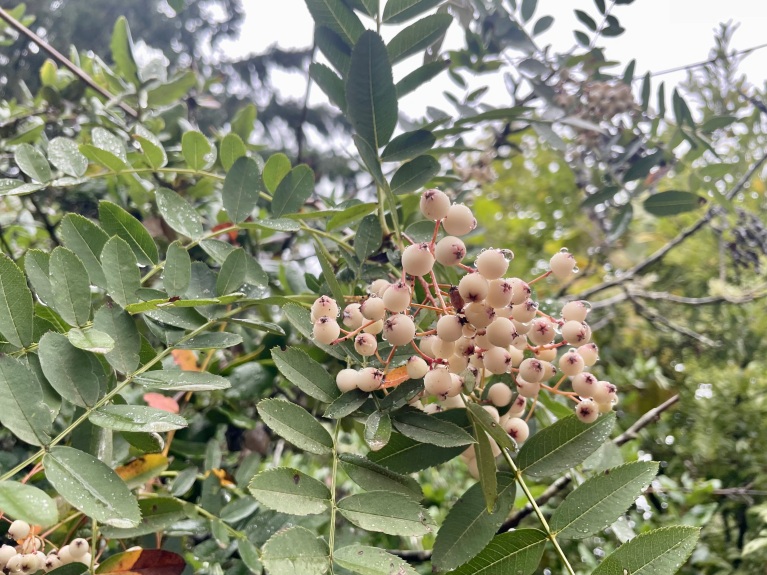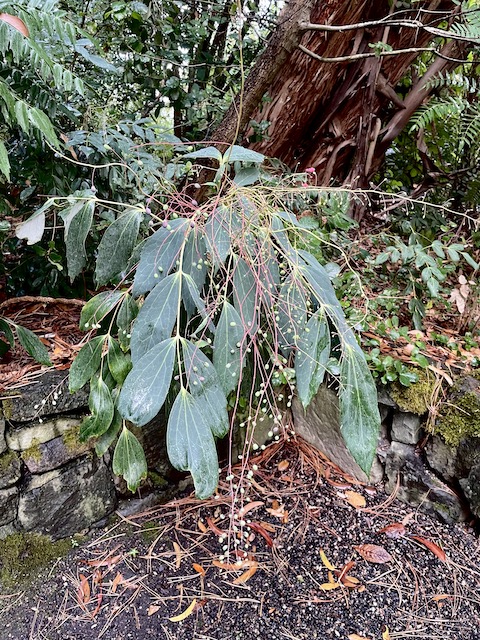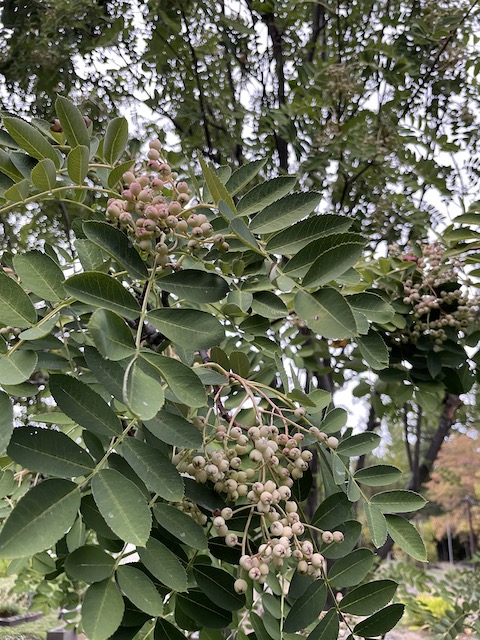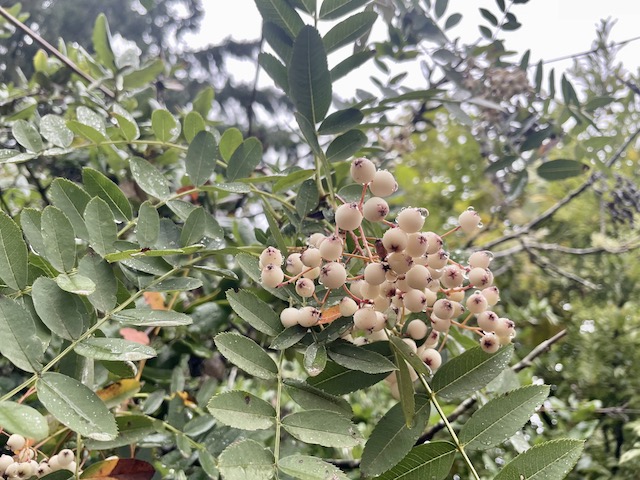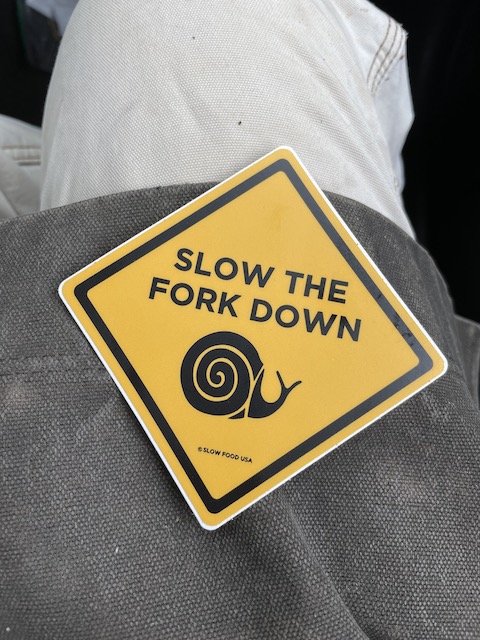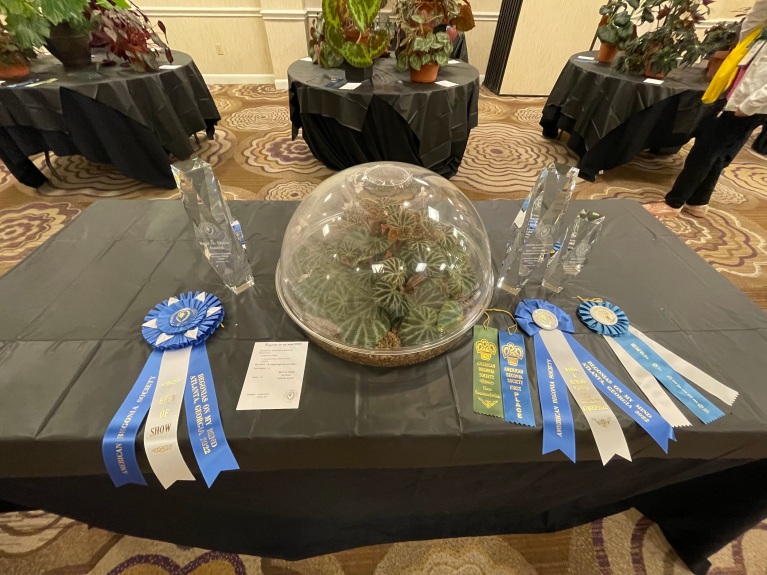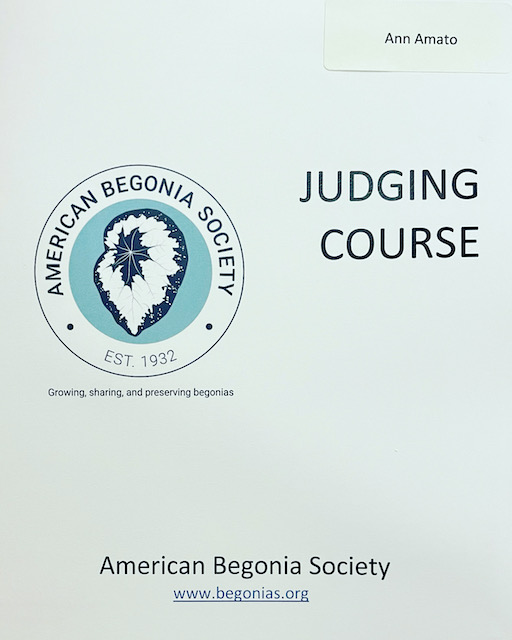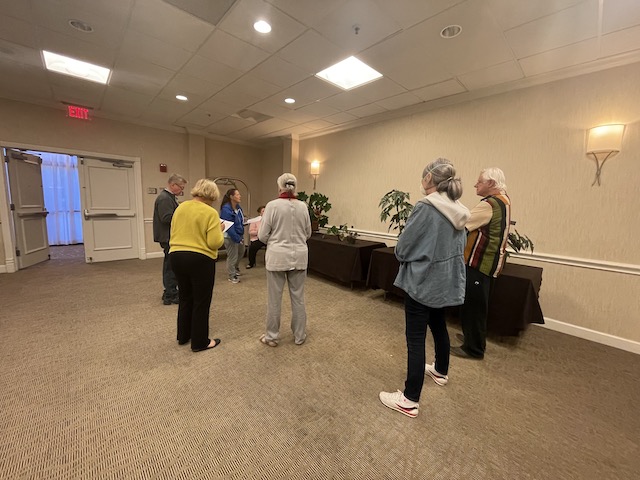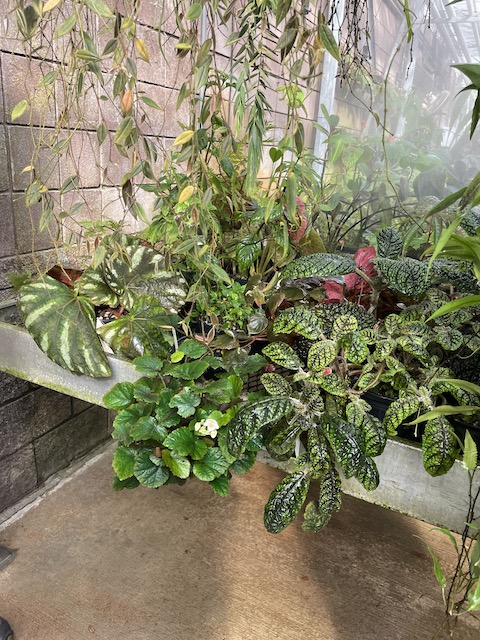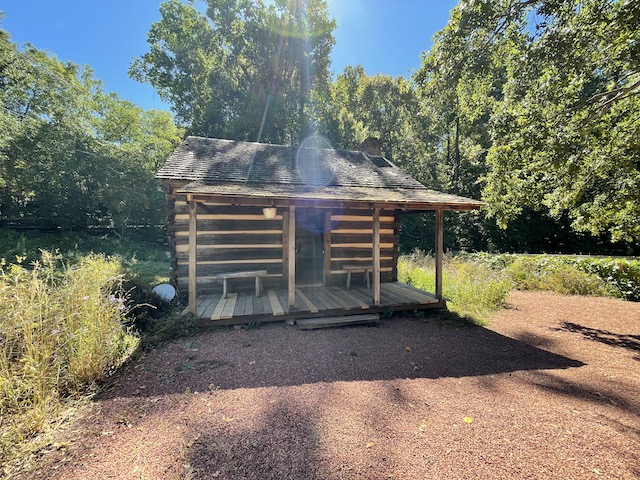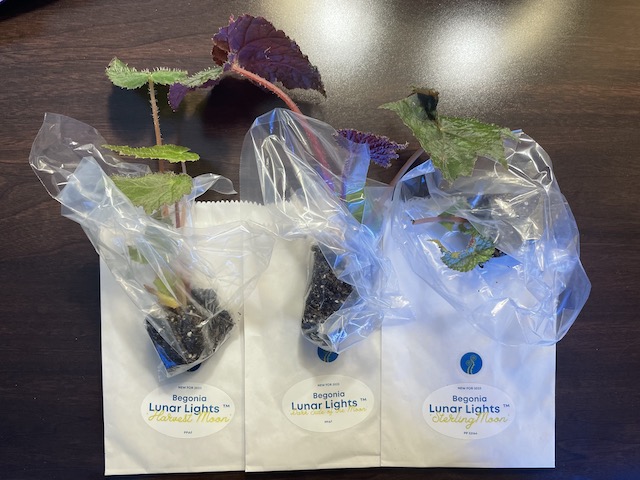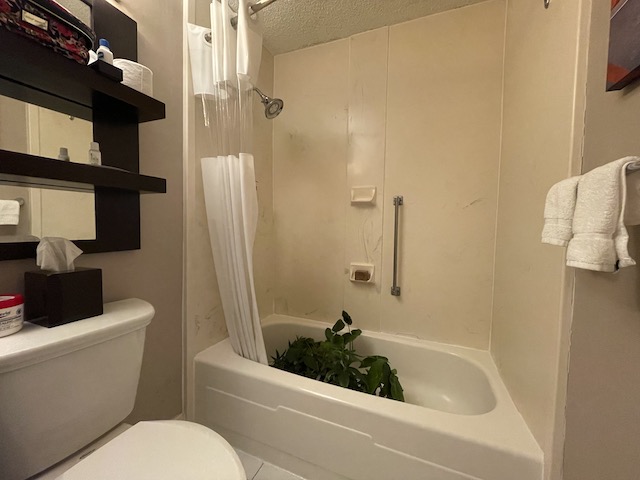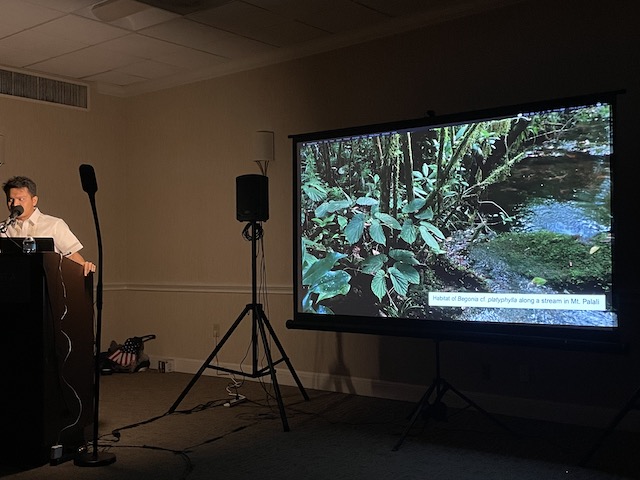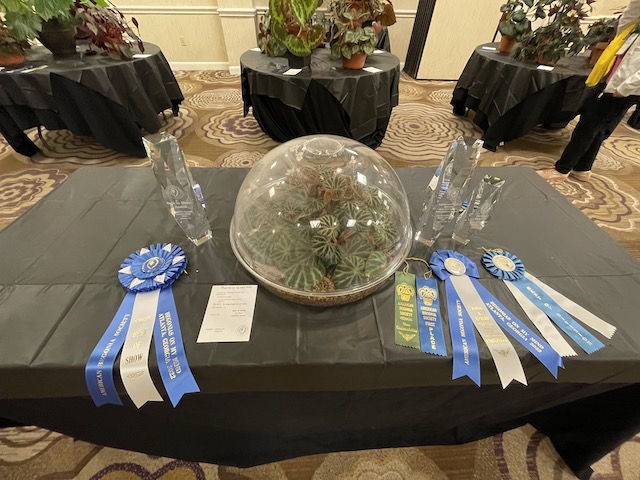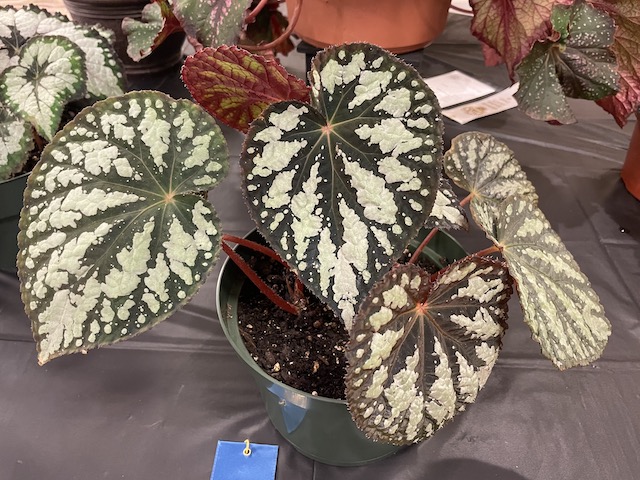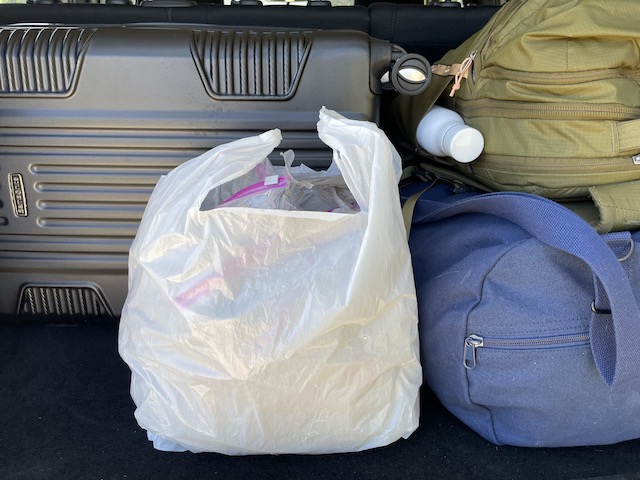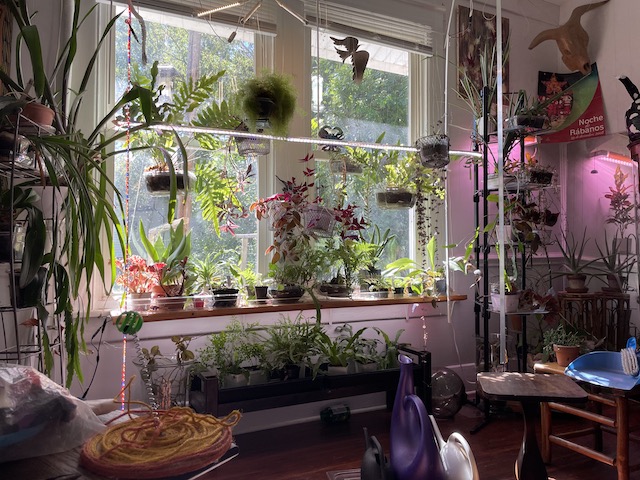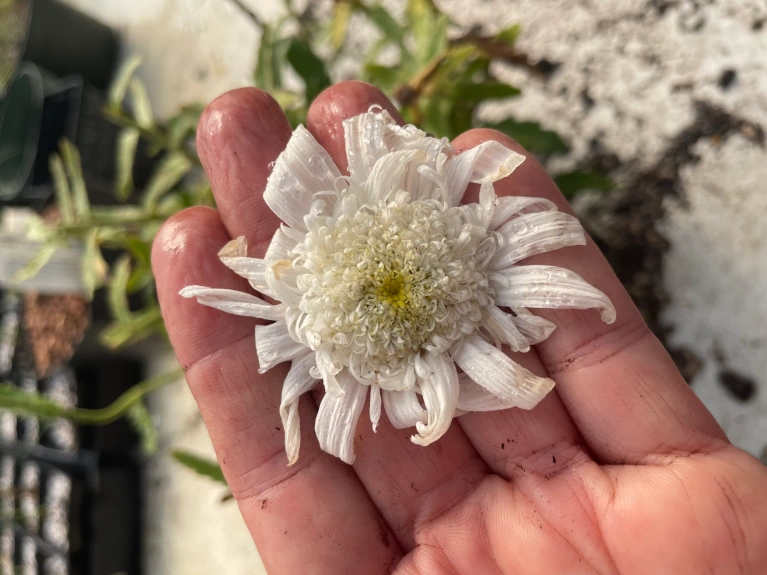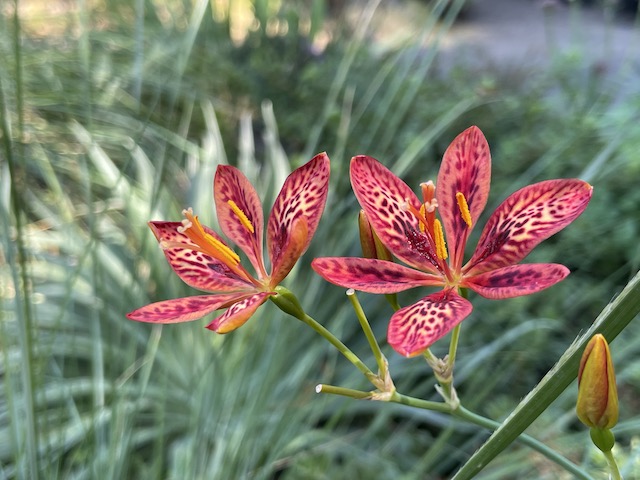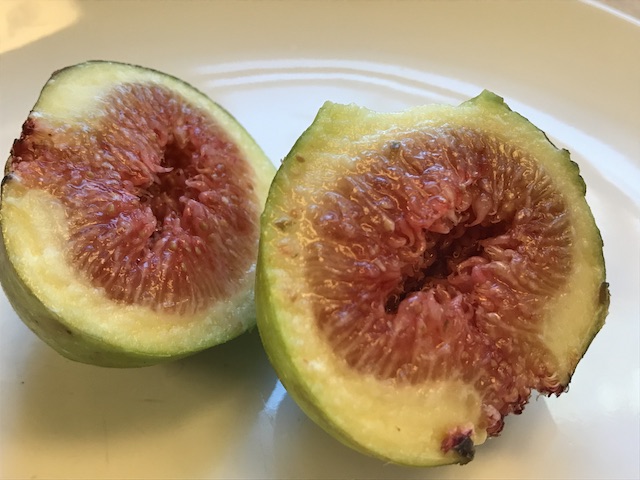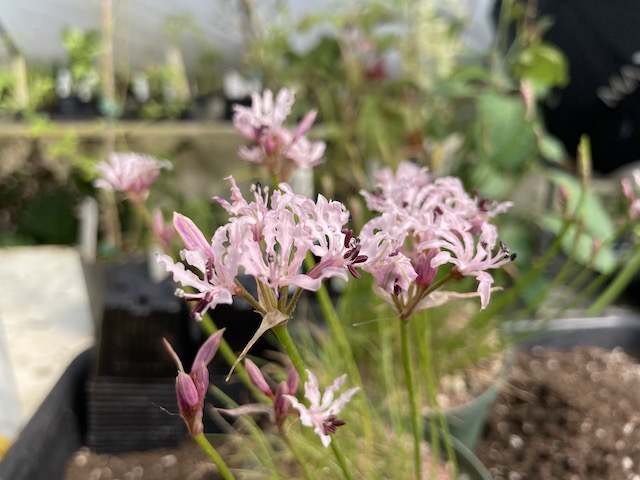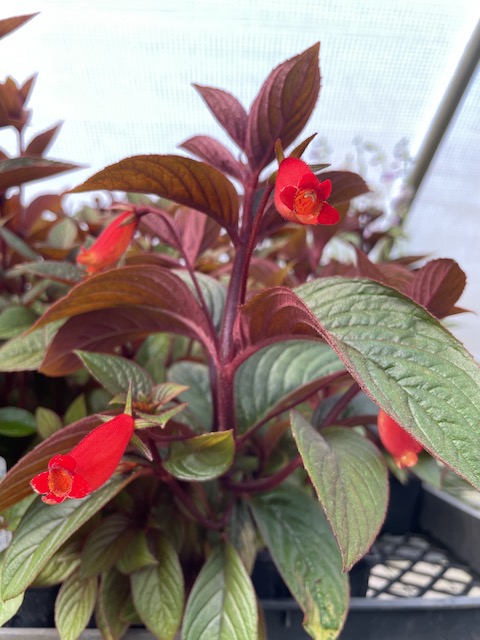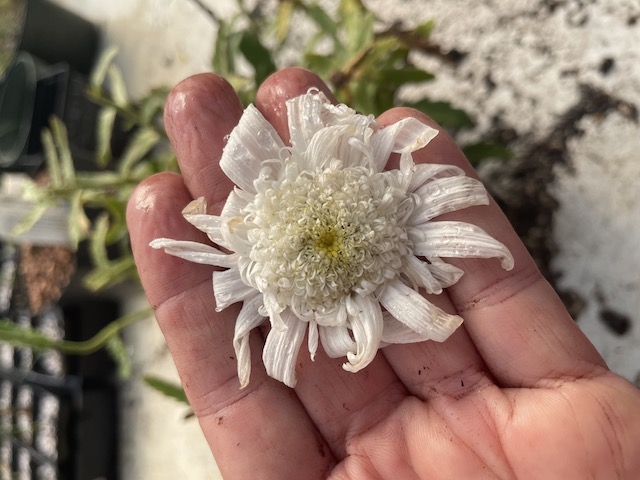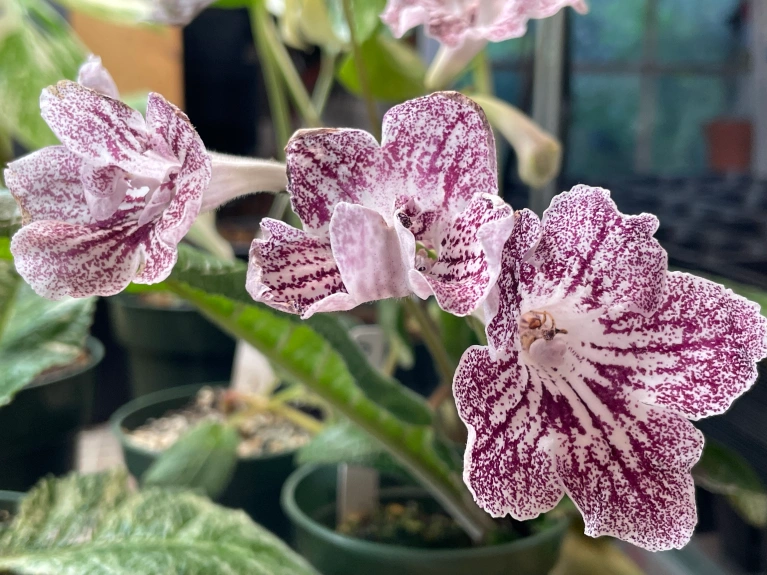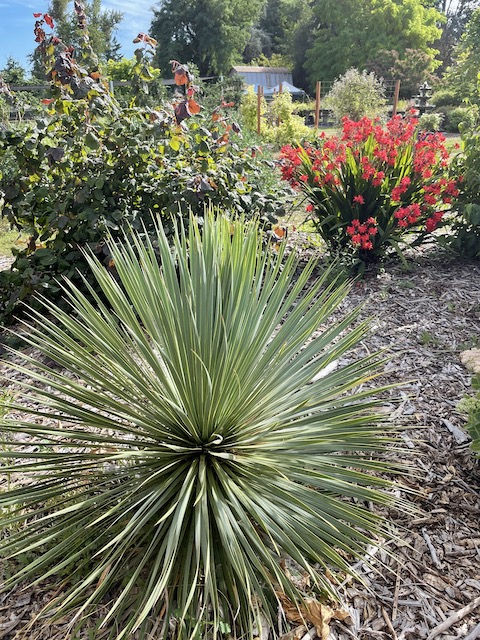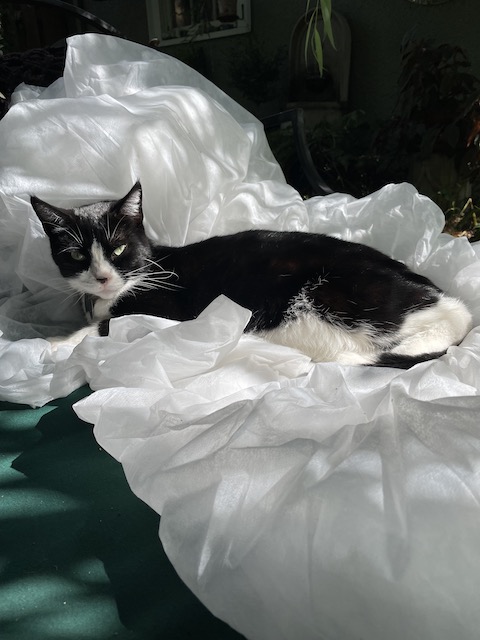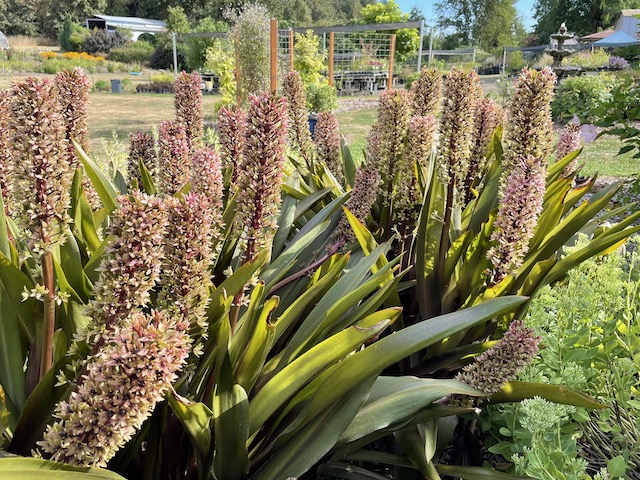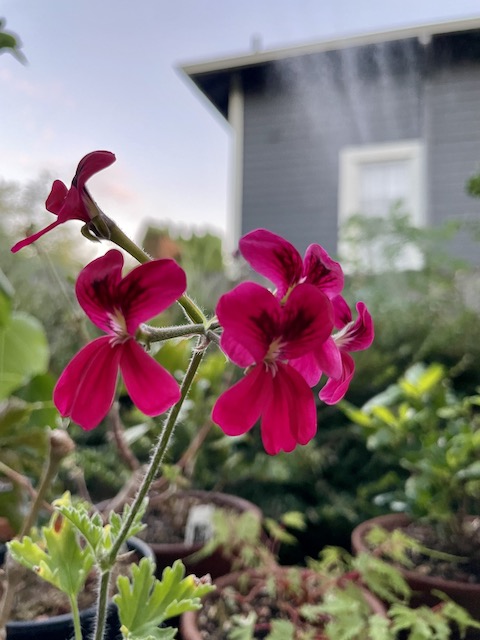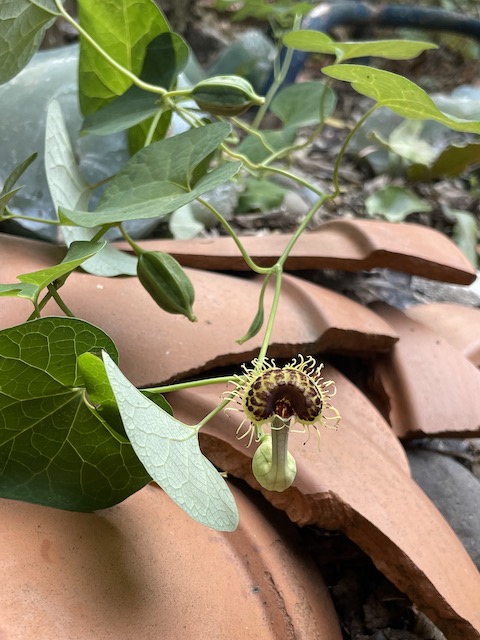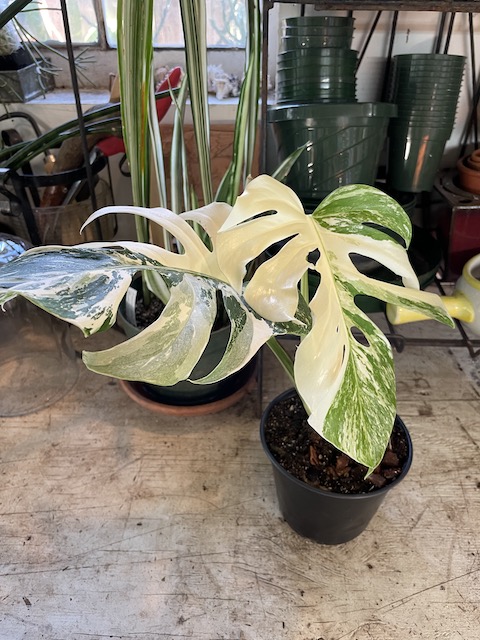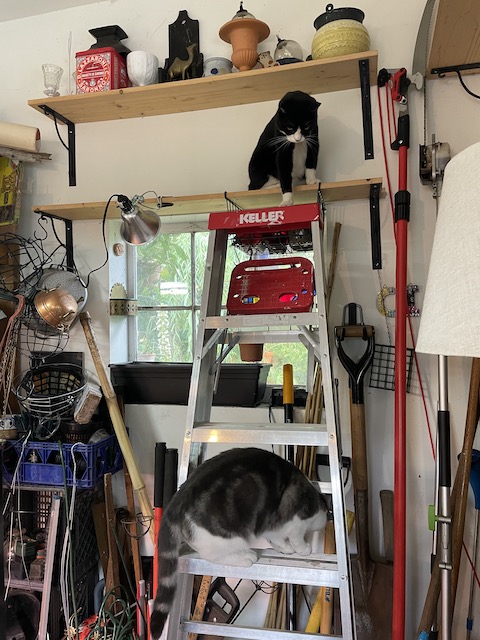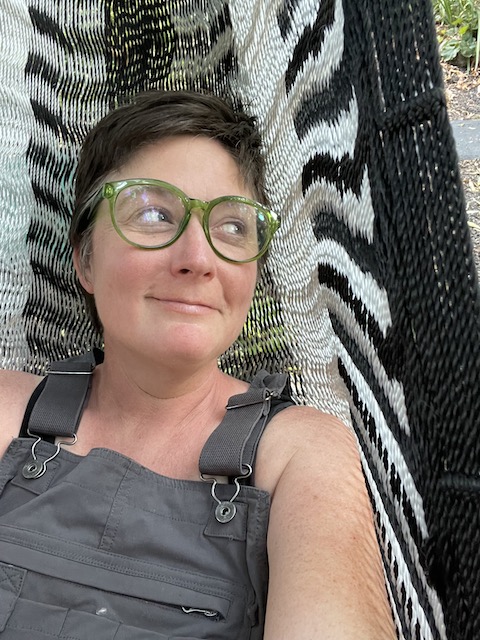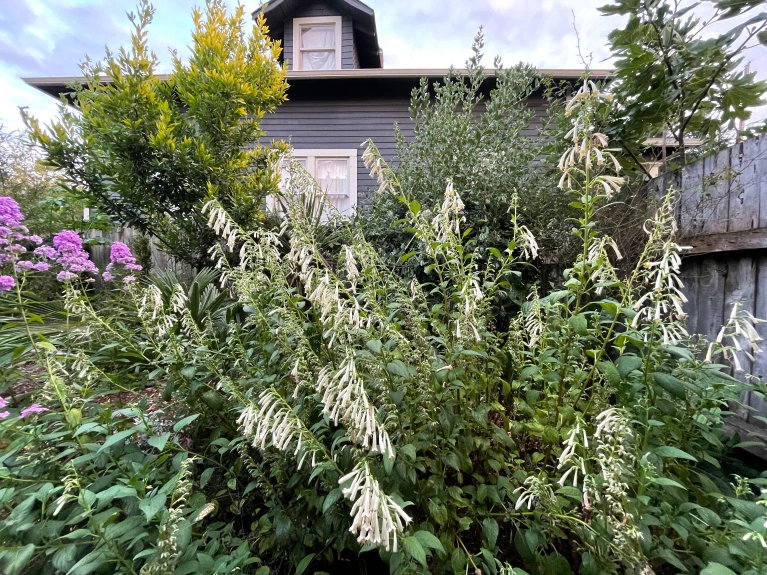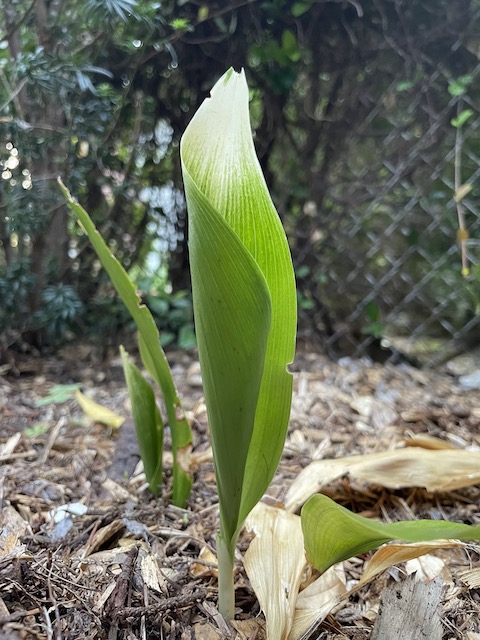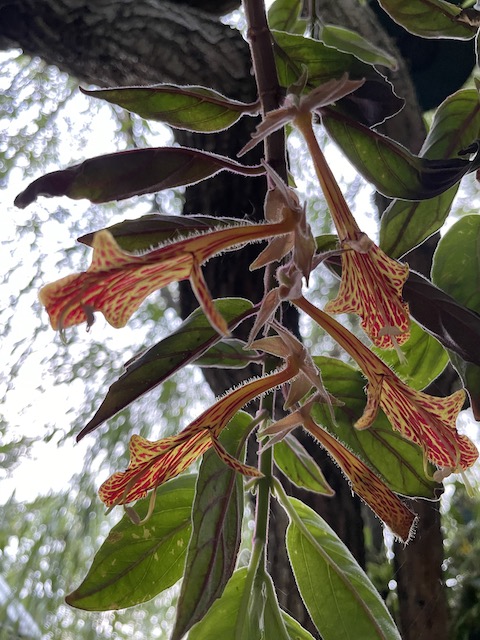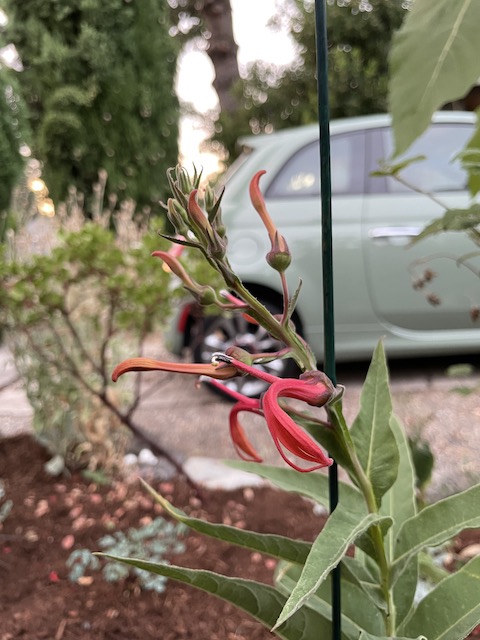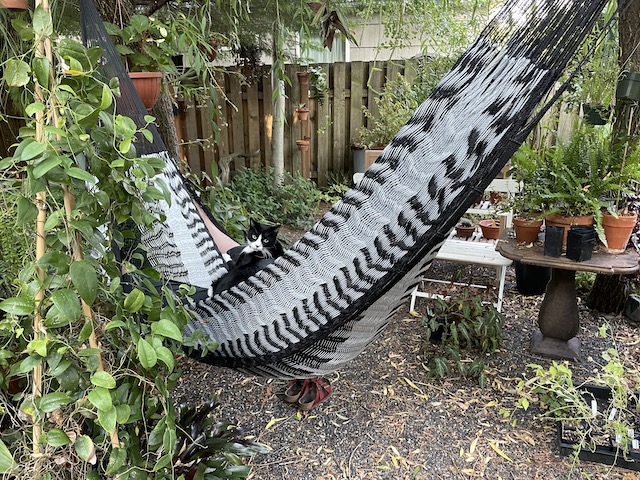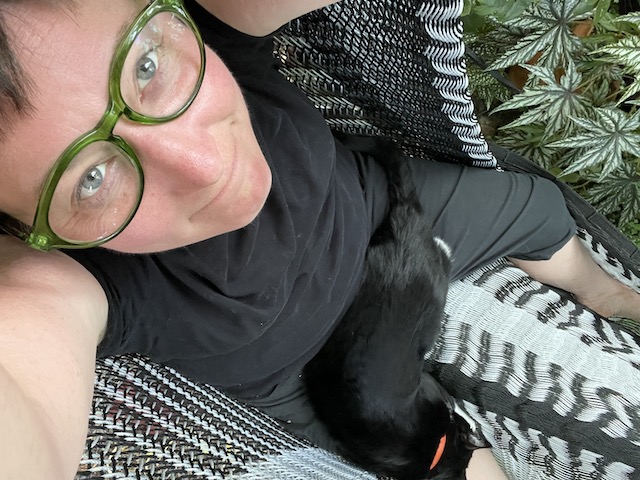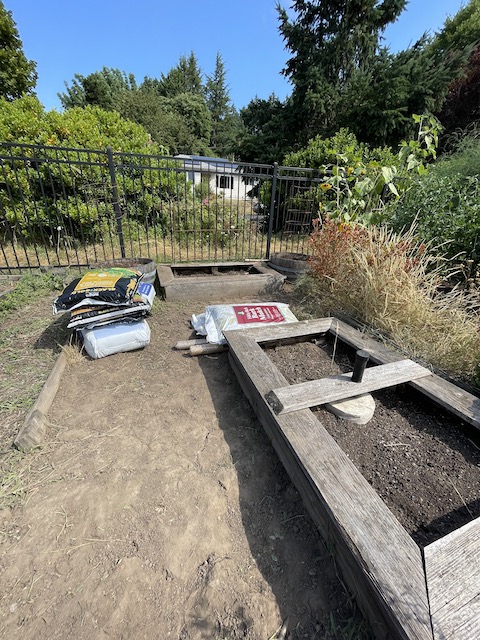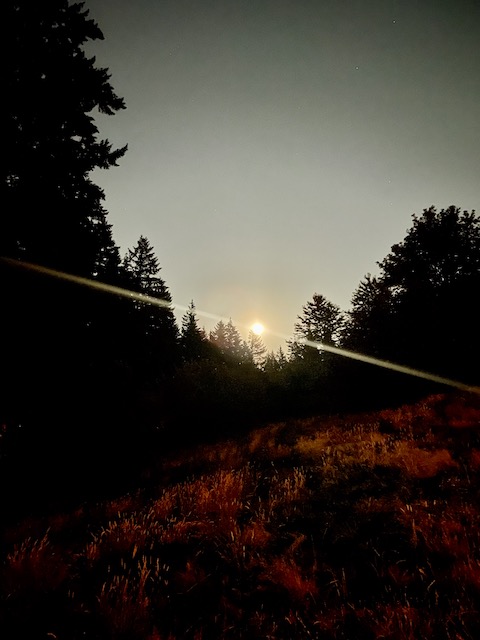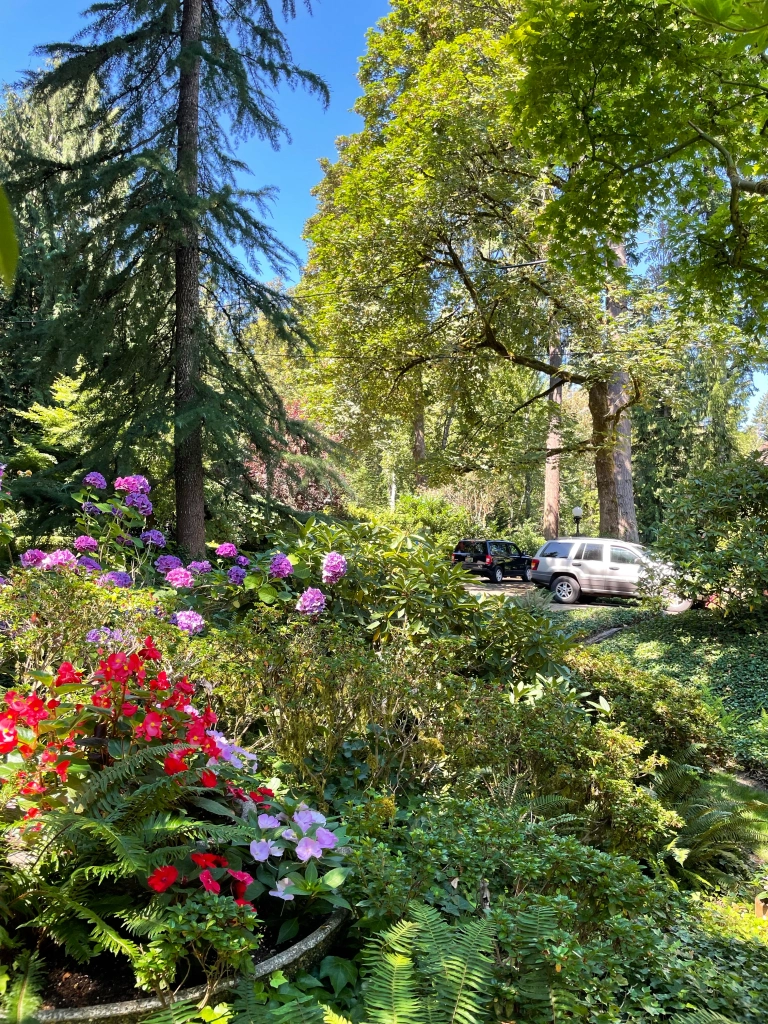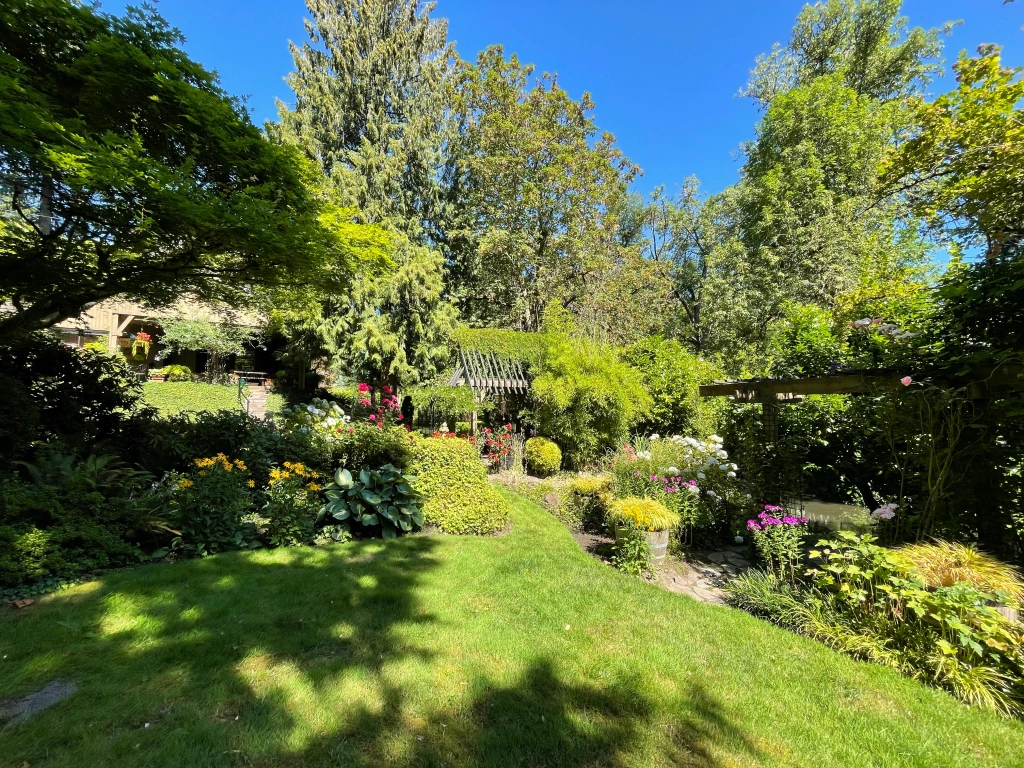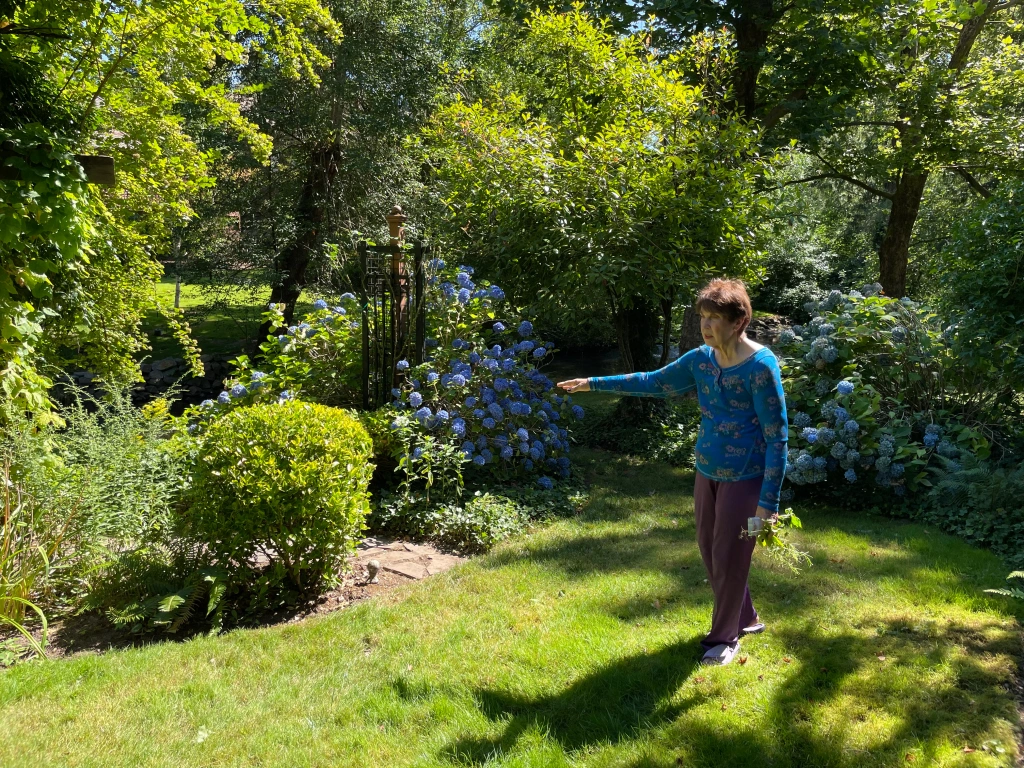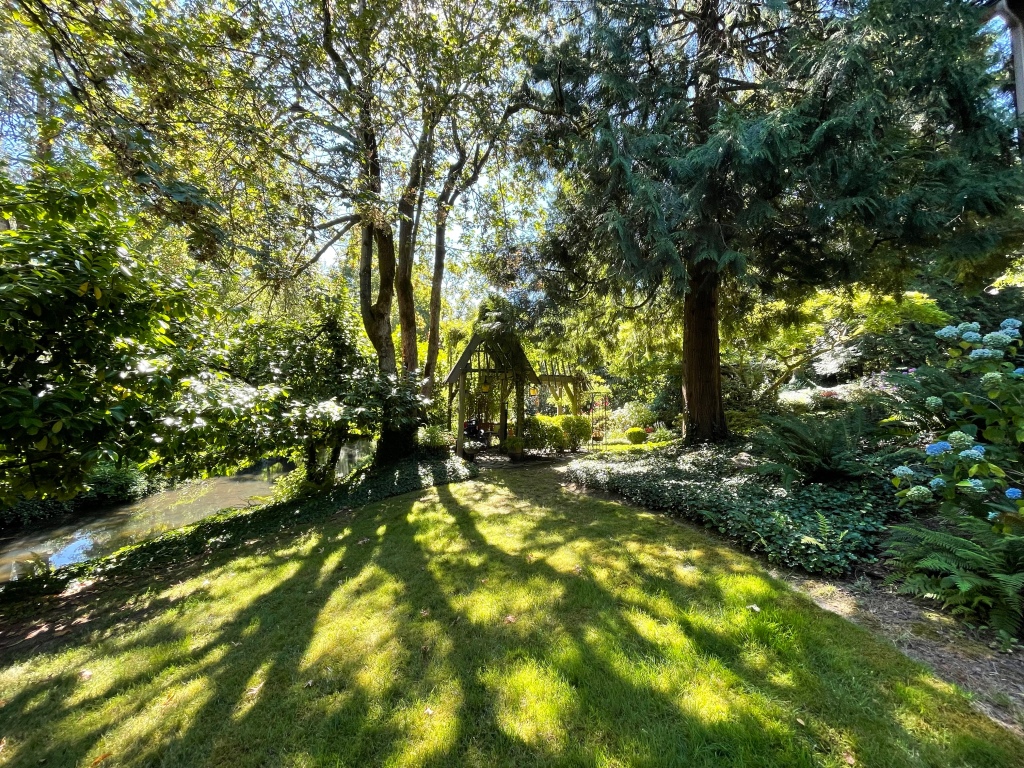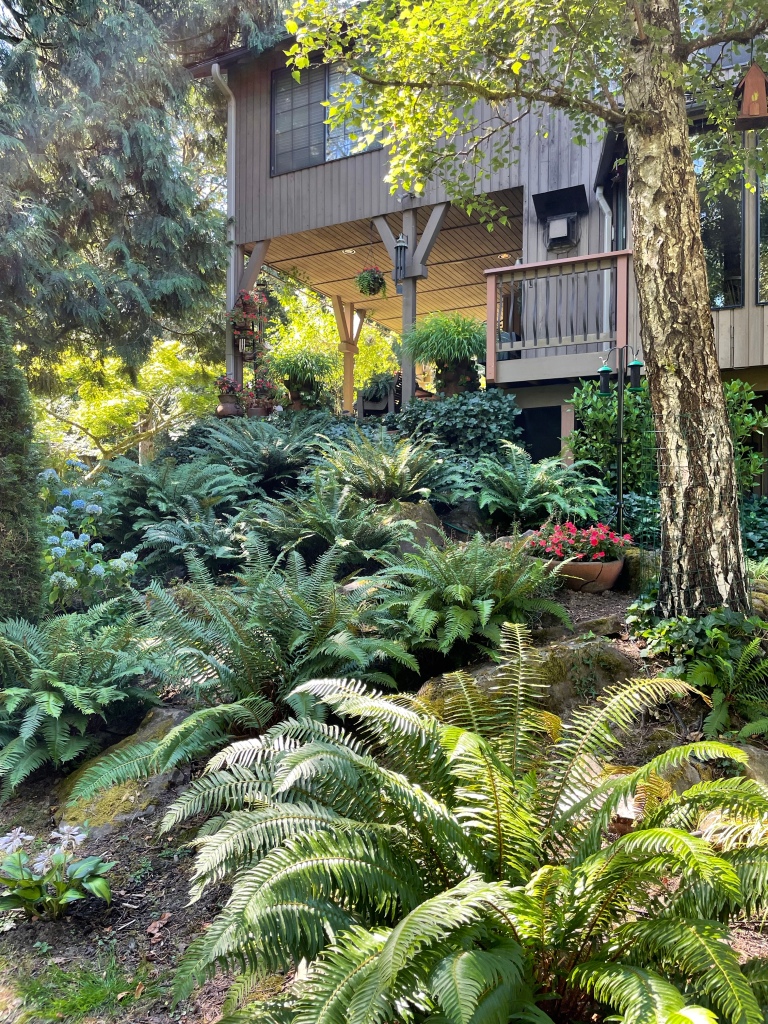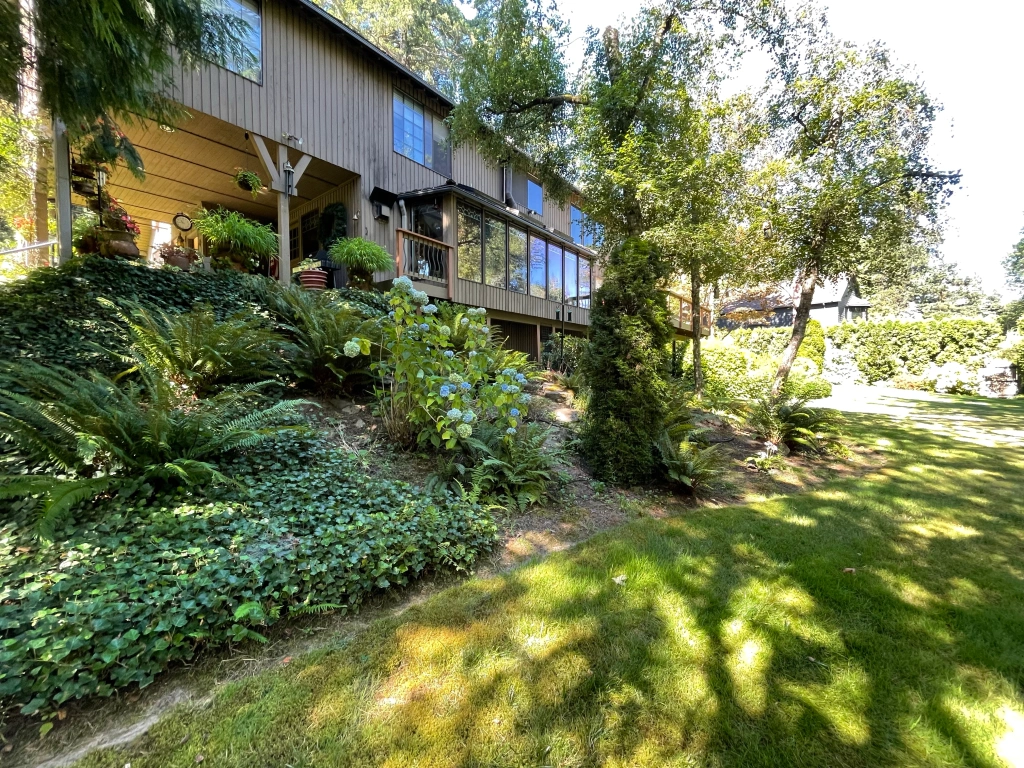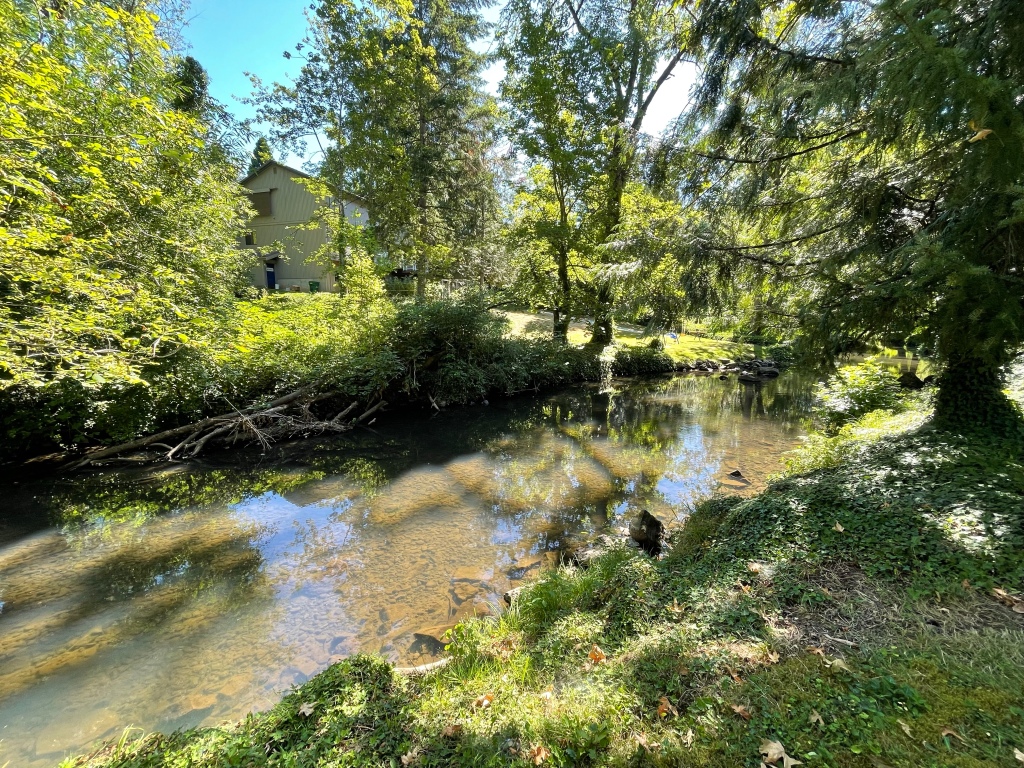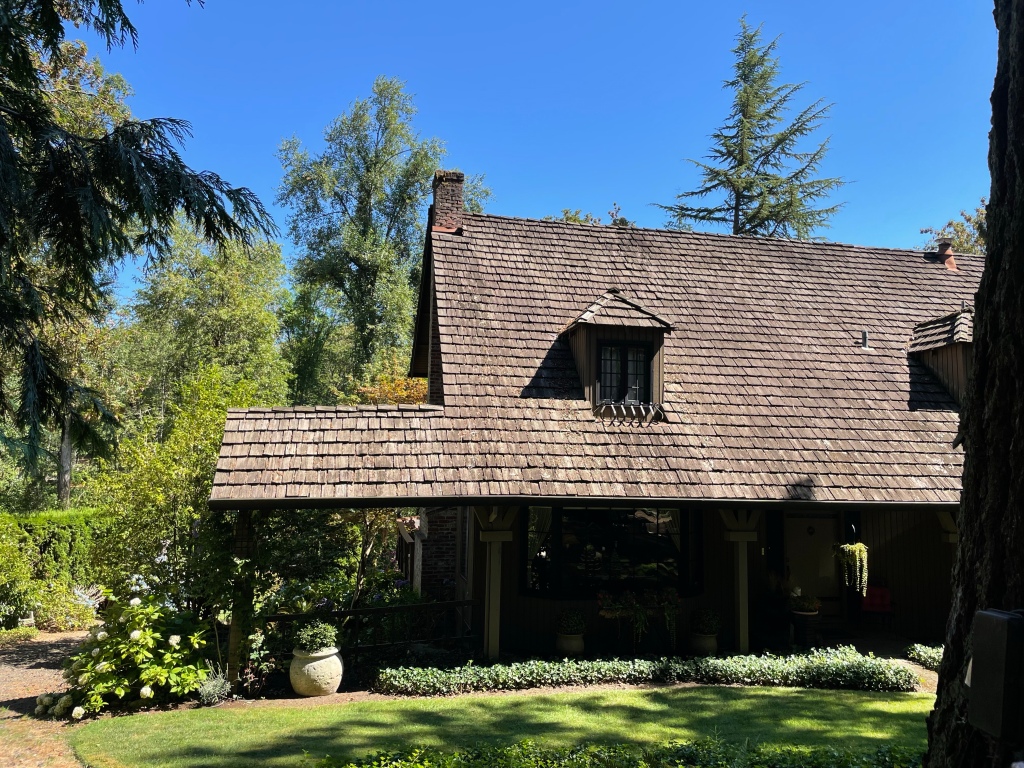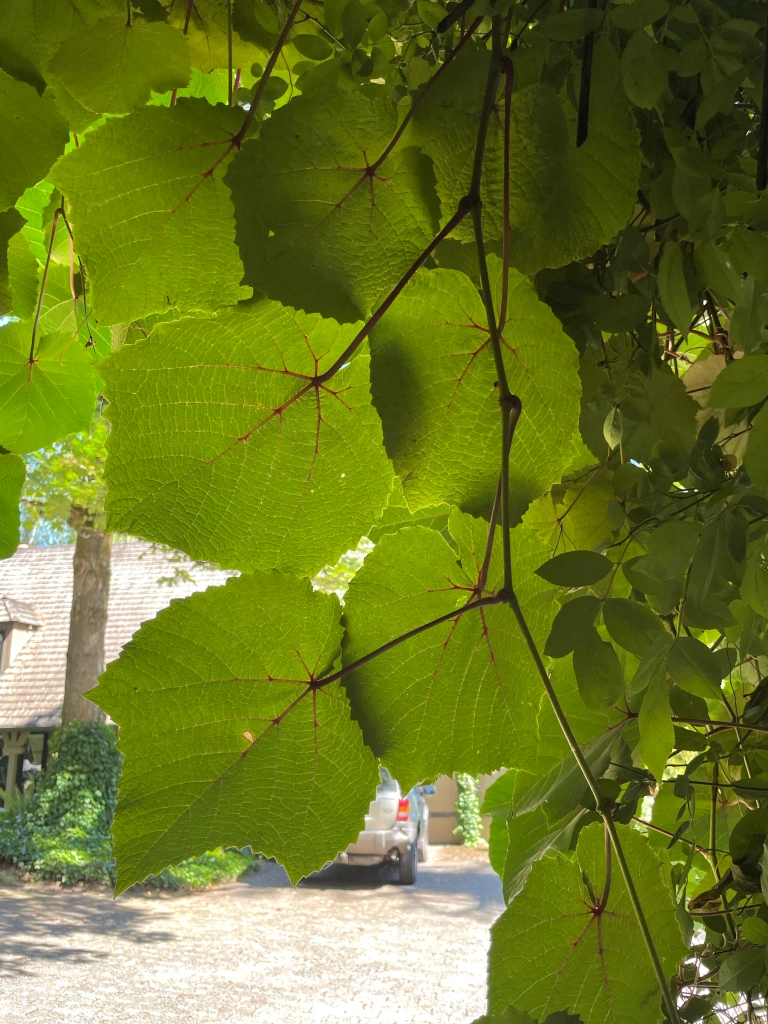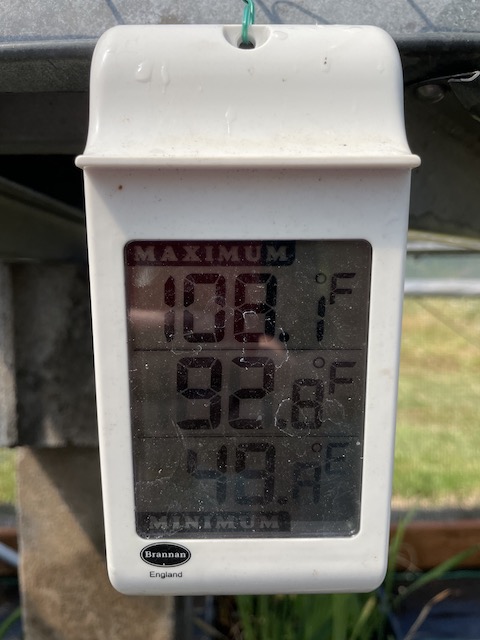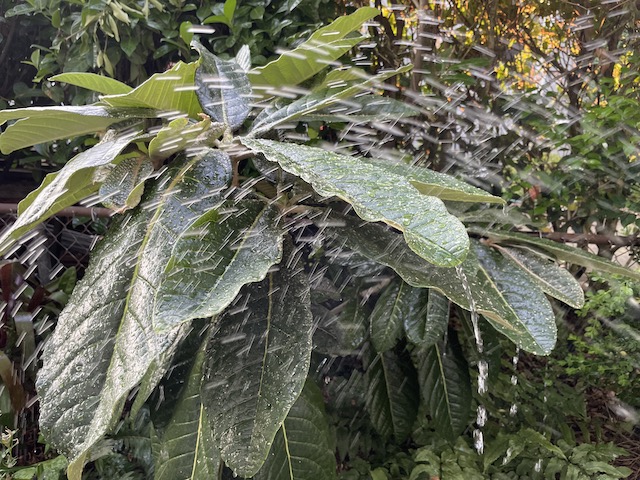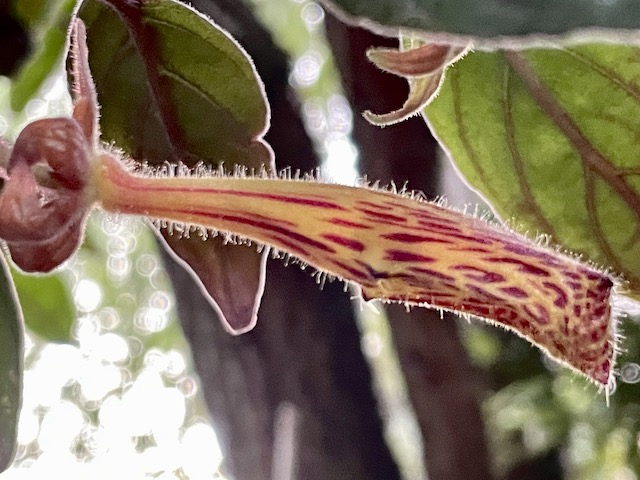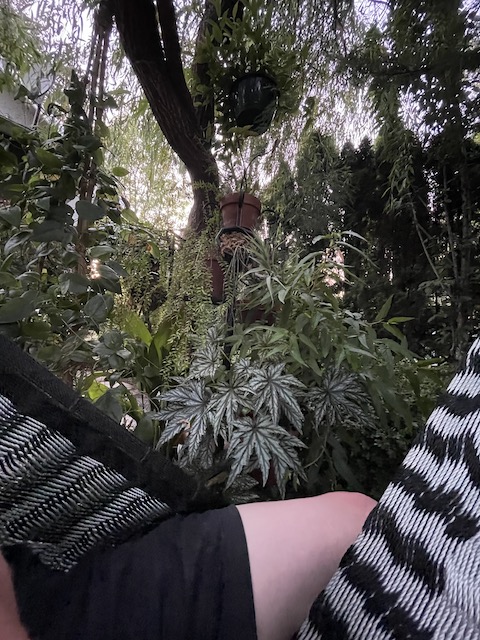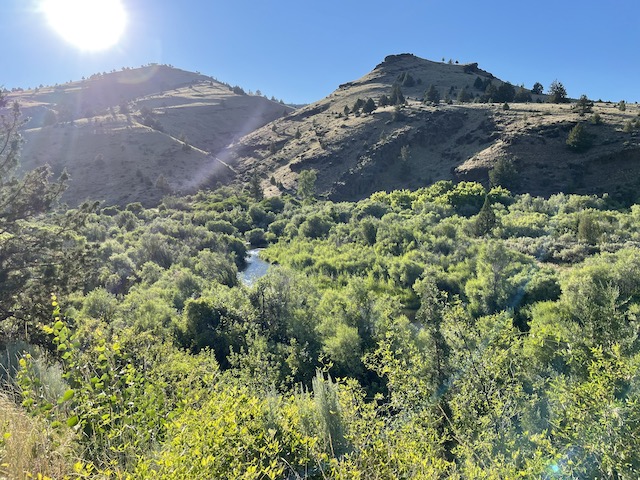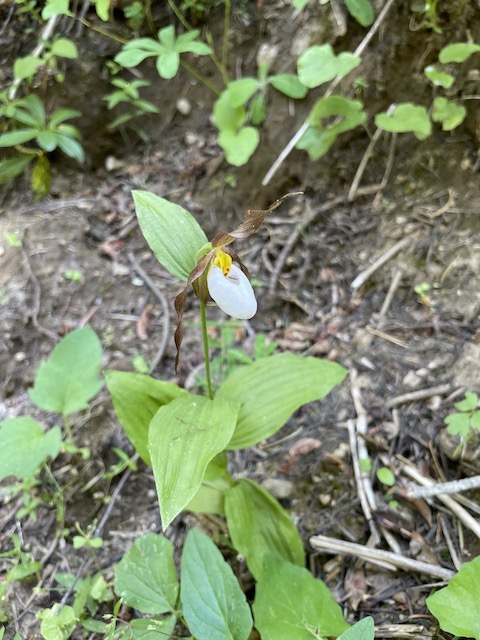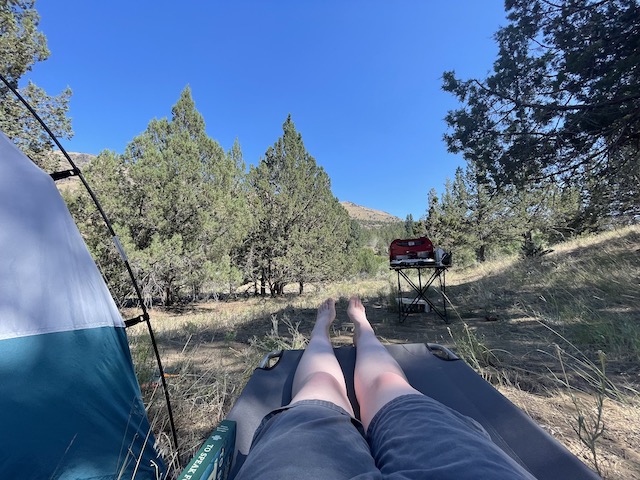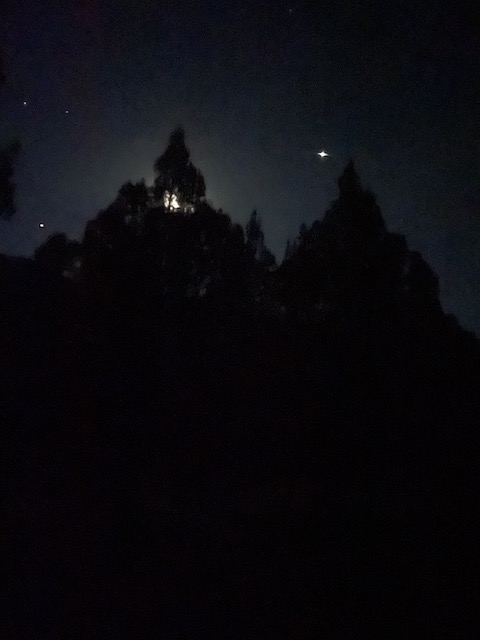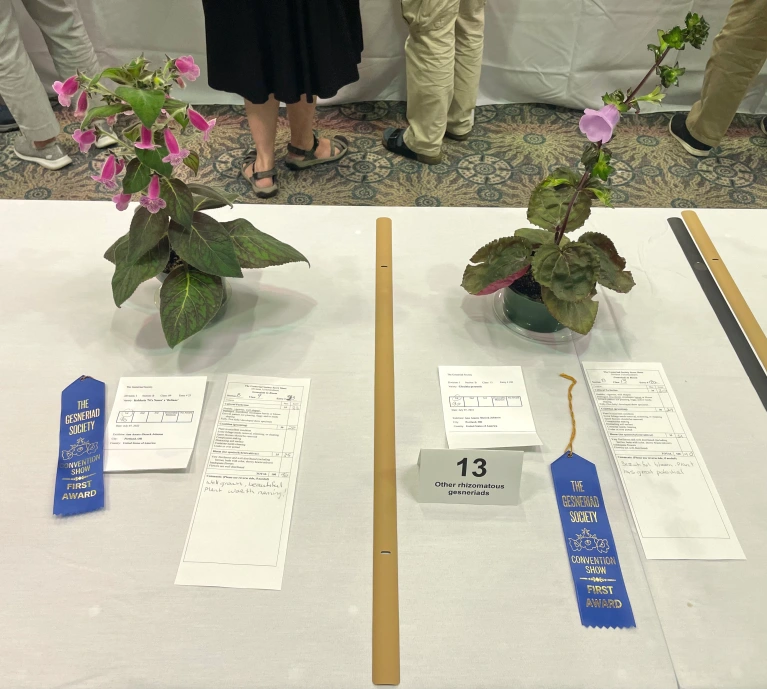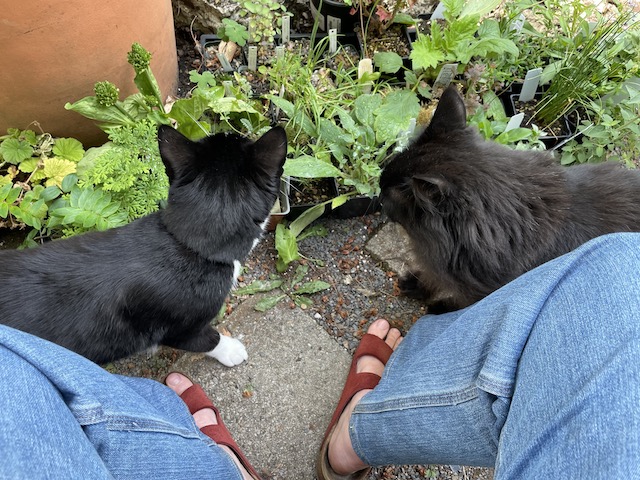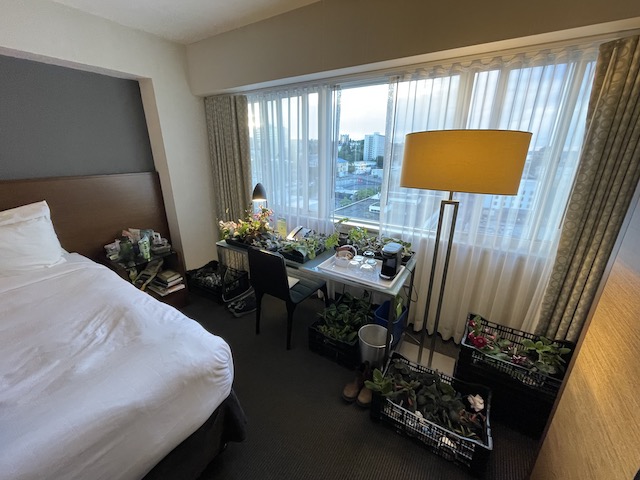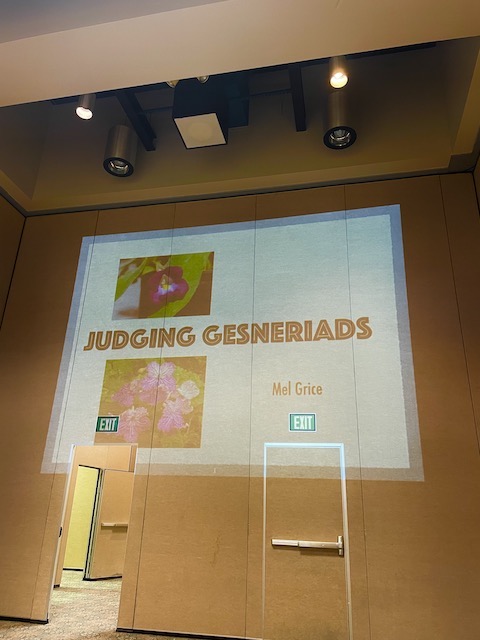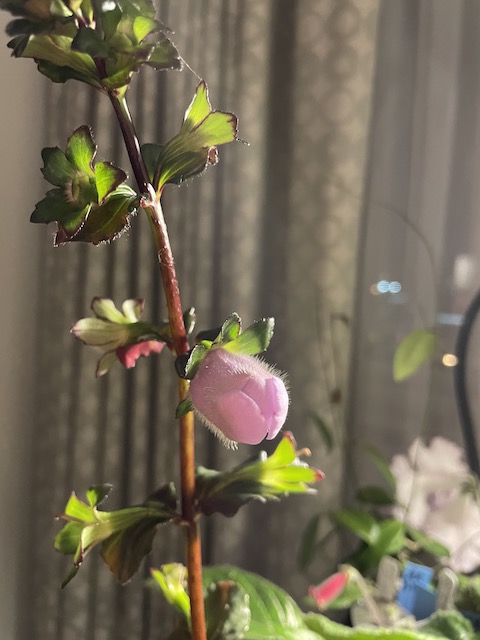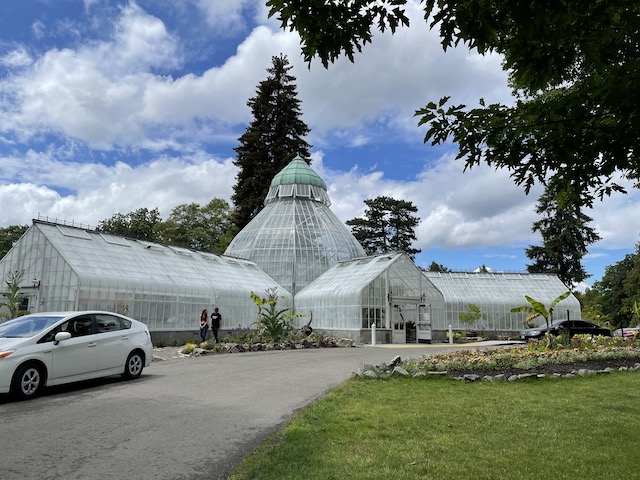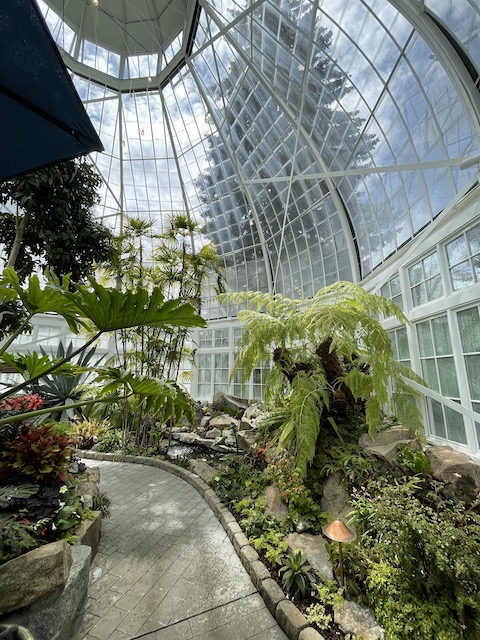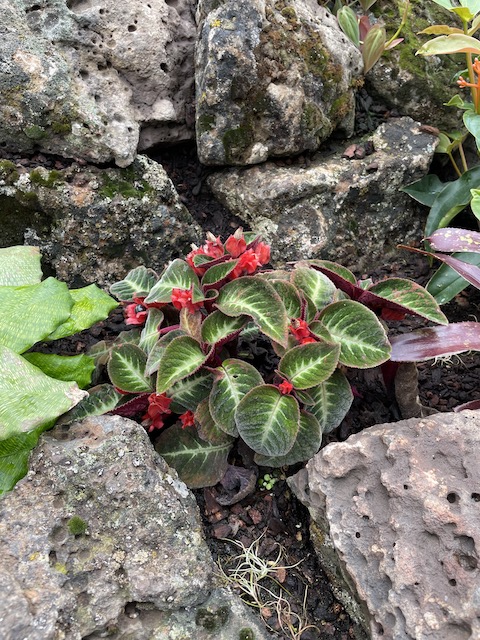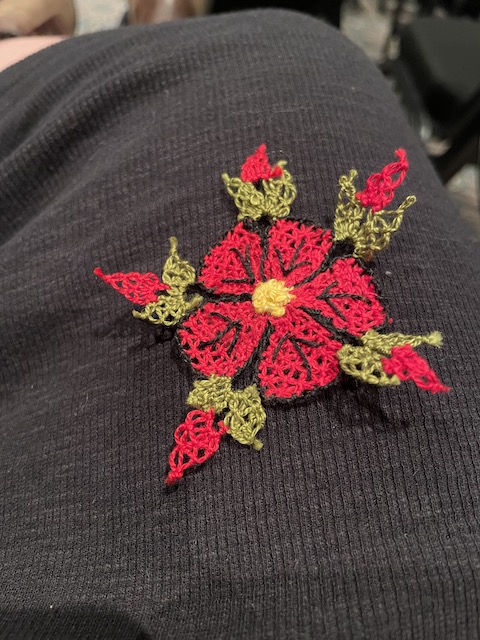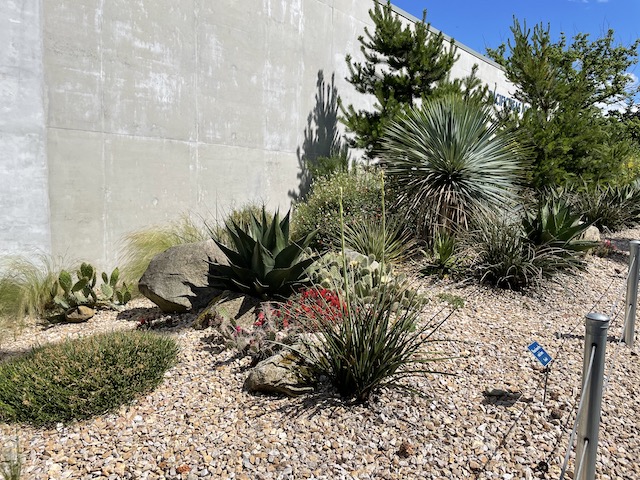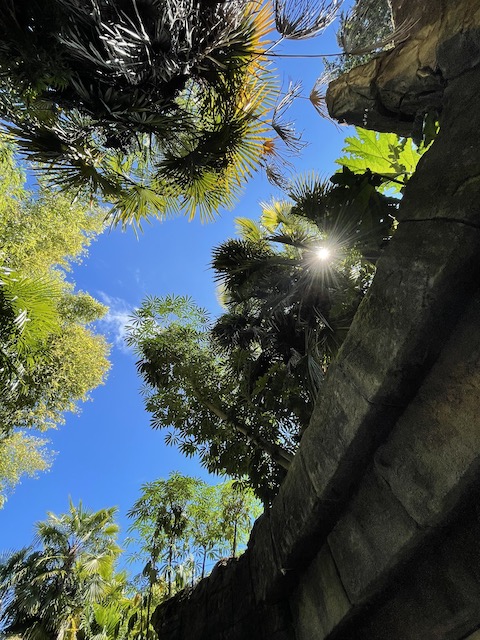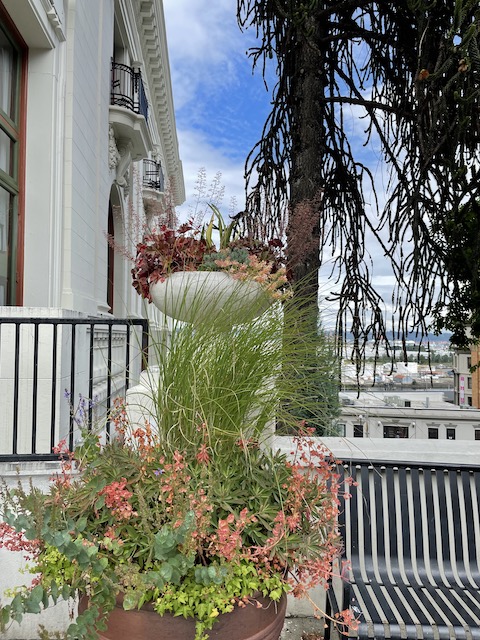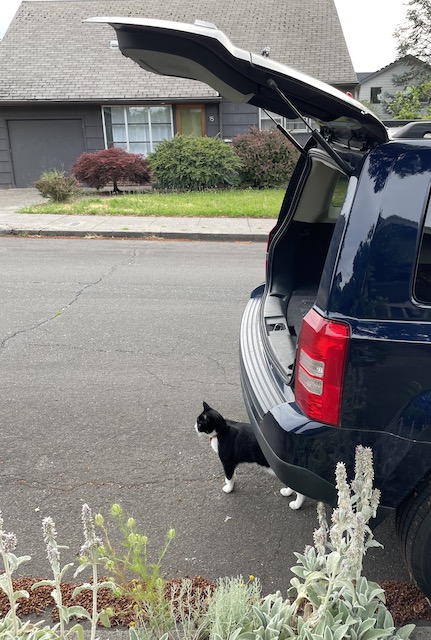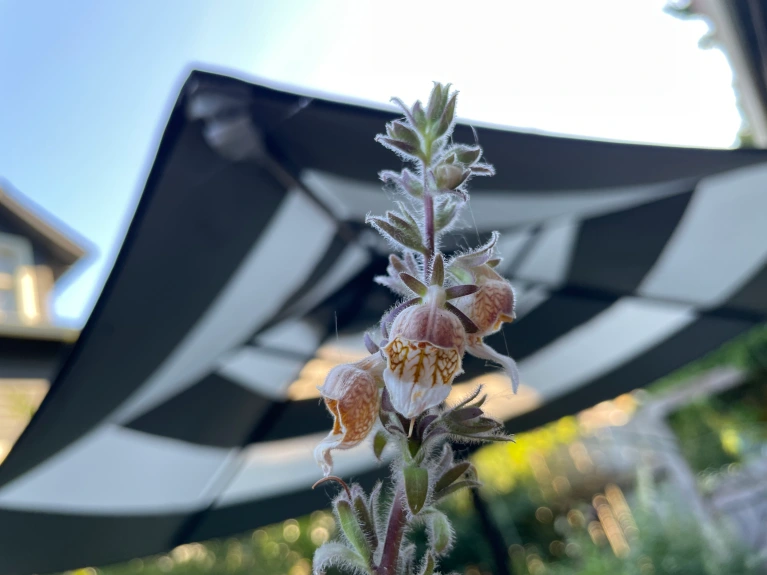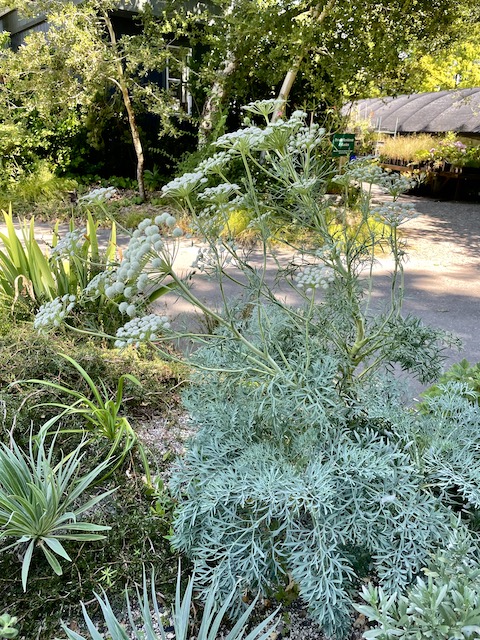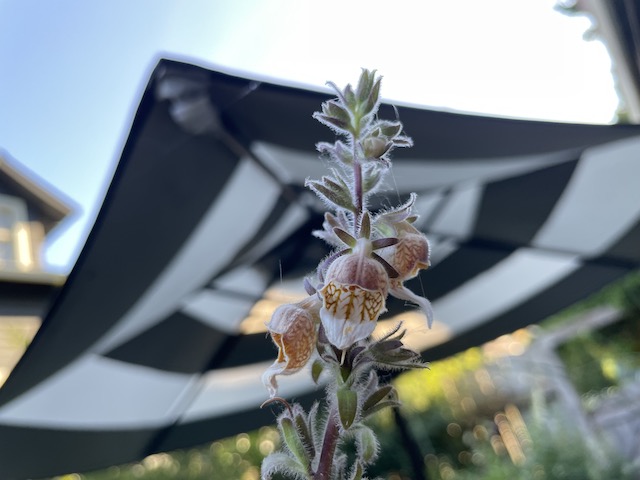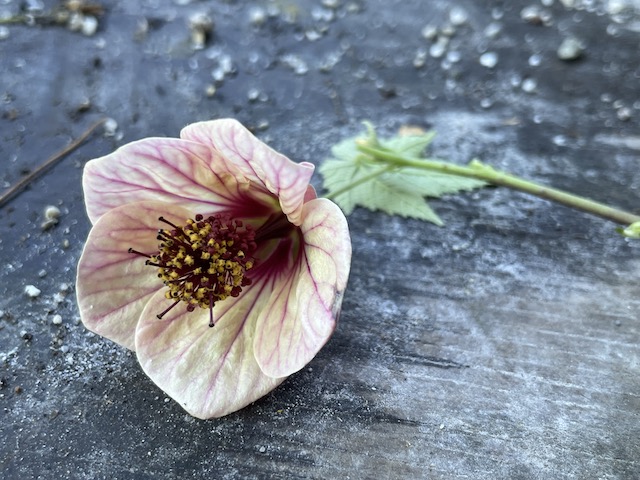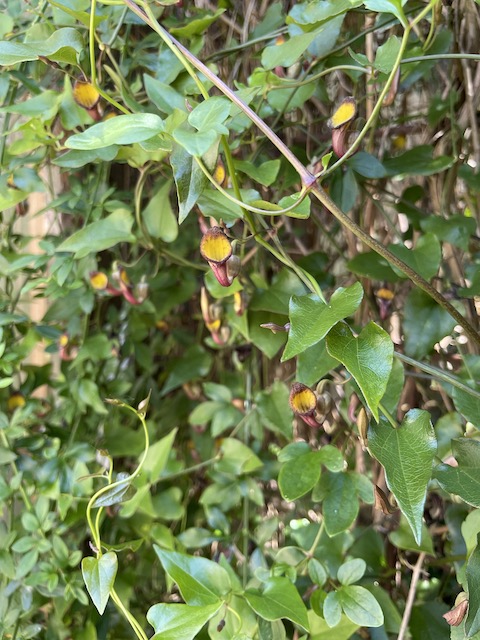The last few months have been ones of personal and professional growth. When this blog began 16 years ago, it was created to connect with the outside world when I was living the life of a shut-in with a cruel medical condition. Unable to work, and barely able to get by financially, it was attention-seeking at times. I needed help, but I’m grateful I wrote here because I met wonderful folks who I’m still close to today.
But since then—especially in the last year—I feel as though things have sped up dramatically as I’ve entered more deeply into the professional world of horticulture. Social Media is not my thing and I know it as Social Marketing more and more now. Yes, I’m late to this realization, but hey, I had other concerns like not having anaphylactic shock and being a skilled caregiver to myself. As I find closure for what I lived through, and better accept who I became (both good and bad), the many layers of my current life continue to topple in on me concurrently as I sort it all out.
It’s time to create my own life—with intent.
When I started this blog, many around me were driven to “get out there” to “be heard” and as the naive dreamer I still am today, when I heard that, some part of me genuinely thought that meant it was about writing—but rarely was that the case. It has almost always been about marketing and readership numbers, selling brands, fads, ads, products and content. I was silly to think otherwise, and it is worse now with all of the never-ending videos.
Of course we all have to make money. Duh.
And in the last year, as I’ve been hired to speak more, I’ve had to think a lot about my own content—and intent. What is it that I do? How do others see me? What is their takeaway as a member of the audience? Am I comfortable? And if not, what can I do to make it better? Who do I want to be?
This has meant better embracing and emphasizing my entertaining and honest characteristics—but I’ve had to reflect a lot upon my message. What do I want to say? What do I want to learn more about?
I’m not selling anything other than my enthusiasm and life experiences at this point. That makes me happy though, and I’ve had to sort through that. I AM a gardening personality and professional horticulturist and that makes me really happy right now. It’s been good just to rest in that.
But what am I proficient in when it comes to gardening and horticulture? In the last few months I’ve finally nailed that down. It’s NOT just what I know, it IS my enthusiasm for the subject. Luckily, I do know a lot about growing crops as a professional, and how plants end up in the marketplace. I am also enthusiastic about the community of horticulturists I’ve surrounded myself with—this is my blue collar dream of sorts. Funny I never knew I had one, but I do care a lot about different aspects of the industry—especially small businesses. We all now have access to information at our fingertips, too much so, and while we need help with some problem-solving, many of us still are just trying to connect and to feel a sense of place and belonging.
As a speaker, I want you to feel like you’re part of something bigger, something that matters, and that won’t speak down to you or make you feel like less. I’m part of the natural world, and so are you, and so is everyone. Money and status will not make you MORE connected to that which you already belong to…nature does NOT care about experts and their expertise. There is no ownership of anything in the natural world other than your own life experience.
Many people will sell expertise though, and for some things, that’s great! I’m just not that person though, and I believe we all have a stake and ownership in this place we call home. I don’t think that message comes across often enough though. It’s my enthusiasm that saved my own life and got me through unbearable circumstances. I’m happy to share that with others, and am grateful for the opportunities I’ve had.
Turns out I’m heard a lot more than I realized—and I’m only learning now how to appreciate it. The people who work behind the scenes, both in leadership and labor, read my posts—more than I’d been aware. My realization over the years that I’m not a garden designer, or a landscape architect, and that I can openly express that I don’t have an interest in the privilege or lifestyle of elite gardening has been a freeing experience. I cannot afford that way of seeing or being, and my raison d’être is to explore and travel my own way, and on my own terms. I’m not fundraising, and I’m not seeking clients. I’m only able to travel thanks to airline miles I gather while shopping for everyday items, because of cheap motels/hotels where I often share beds with my friends who split the cost of gas. Sometimes I sleep on floors, or blowup mattresses like I did recently in Philadelphia. If I’m ever offered a guest bed in a private room that’s manna from heaven—unless your home is heavily scented with fragrances and I struggle to breathe all night.
For me, my best plant trips are always roadtrips where I’m free to roam on my own, to explore historic gardens, country roads, and open ditches. I will never be able to afford one of the fancy trips to Europe so often advertised by local, regional, and national garden groups—not unless I’m paid to be a guide. But how can someone like me do so while doing what I do? So instead, I focus on what I CAN do, and what I CAN afford, and whether my acquaintances who run these kinds of groups realize it or not, that’s how you lose someone like me from your organization. There are A LOT of folks like me too. I think maybe y’all should start a different group or a travel agency. I’m here for the plants and it hurts to be reminded regularly that I cannot afford things. I don’t want to pay annual dues for that, and prefer to stick with plant societies where I can really nerd out.
So it’s funny to finally realize this, but my way of being with plants is actually more accessible in its lack of glamour than I had realized. I’ve come to embrace this fact, that I’m not an example of a privileged life in the garden, and that what I do, and what I have, is attainable. I don’t want to be exclusive, and I find time and time again, that exclusivity harms others. My message has always been, and will continue to be, DON’T HARM OTHERS, WELCOME OTHERS WHO ARE NOT LIKE YOU, GIVE OF YOURSELF, MAKE YOURSELF UNCOMFORTABLE, and DON’T TALK SH*T. (I know. The ancient Greeks would be really proud of that last one.)
I’d rather spend my days inspiring than aspiring. Even if I only inspire myself enough just to get up the next day to keep going, that is enough.
The world of “Garden Information” is likely not changing as much as I feel it is, but from where I sit, it feels like it. For decades we enjoyed a wide availability of many special things, and it’s funny how I find myself missing unusual perennials that were once more easily found where I live. Quirky little backwater nurseries are fewer and fewer as land becomes more expensive. If I hadn’t become so ill, it’s clear to my family and I that I would have started a nursery back in the 1990s, but that is not going to happen now that I’m just about 50, and have decided to work for others.
It was nice having others move to this region, finding more affordable land, growing was their passion, many of us learned so much, and communities were created to share knowledge, some great books were written, but now it’s a global thing. I find more and more people speaking about global plant issues, but that too is not accessible to many.
I feel like this a big shift in garden information, as has been the ongoing disagreements between various scientists, botanists, ecologists, designers, influencers and horticulturists. If you want to find the hotbed, this is where to look. It’s all about information, and how it is controlled. This is storytelling in the Age of Misinformation, and it has to be wrestled through match by match.
With the internet, there is easier access, and a ready audience. I think overall, I’ve met many scientists who do not appreciate how others outside of the scientific world reinterpret their studies and findings in non-scientific ways. We all have biases though, so when a designer or landscape architect is using these things to sell clients on their products (aka designs), that can really upset the scientists since it looks like the monetization of their work. This kind of tinkering and tampering causes disruptions in the record. Who truly owns any of this though? I’m just an observer, and have been watching this unfold for the last few years. The world is smaller now. There is less wilderness for all of us to dream about, to conquer in order to write our own narrative upon it, so, here were are… We’re stuck with less space, and more time with one another.
The world is feeling more and more like a family vacation in a station wagon in the 1970s.
So I keep thinking about what this means to me going forward, and how can I remain healthy and happy?
Ever the optimist I’m hoping that this will mean the continuation of gardening in smaller spaces, dealing with the normalization of smaller homes, community gardens, and more investment in urban greenspaces. I hope we can work to create more public garden space for future generations to enjoy, and I hope my own region learns to better understand and appreciate professional horticulturists and gardeners—but, there will still be a lot of disagreements.
So I will accept myself as I am, doing what I enjoy, feeding my own curiosity, while not trying to be someone I’m not. Over the last decade, I’ve definitely felt pushed to act differently than I am, and after years of that, it’s funny how one day you can wake up and no longer recognize yourself.
I am not a collector of rare and special plants. I say this because I remain a seed starter. I love all of the plants. I started out this way because it was what I could afford. I don’t think I will ever have that dream of an efficient greenhouse, or even a second home, where I can dabble in being a gentlewoman with the image of status. I represent those saddled with great debt, brought on by living in a society that pretends people like me don’t exist. Social media is nauseating to me currently. I’m very tired of being punched in the face over and over with aspirational gardening content when I’m worried about buying groceries and medication. If I end up with a great plant, it’s usually a division or a gift. I’m very grateful for these signs of friendship and hope to perform more of them as acts of kindness in the future.
I don’t learn much visiting the gardens of the wealthy and privileged unless they’re historic and public. This is a personal choice at this point and maybe I am an ass, but this is a statement thought through for months about how I want to spend my precious free time. Years of disappointing conversations amongst we, the hoi polloi, after seeing such places just doesn’t pique my interest. I cannot stand the judgements and opinions that seem cruel. Seeing any garden, one-on-one, no matter what the size, no matter what the income, fascinates. I love gardeners and their love of plants, and gardens of all shapes and sizes but I think now I especially love PUBLIC GARDENS and the communities that support and give them life.
So I will continue to post, but I will continue to seek out the balance I need to keep my involvement in anything online healthy. It’s not easy though when the people who enjoy to read your posts the most, are the ones who appreciate your critical voice. It’s nice to know I say the things that so many others are afraid to say. It is always an exercise in putting my neck out, and it costs me a lot in terms of how I feel doing it, but I thank all of you for the private messages. You’ve all helped me to become a better me, and many of you have become friends.
And to those who don’t appreciate my message, I’m happy to say that after this year, and after meeting many others through my recent travels, I am read, I am appreciated, and I am terrified of being seen because of your criticisms—but I will persist.
Lastly, I want to encourage any and all of you to be open and honest and don’t waste your time on things (like online content) that does NOT make you feel healthy. Align your life with your values and surround yourself with others who support and validate who you are, what you’ve worked hard for, and what you believe in.

